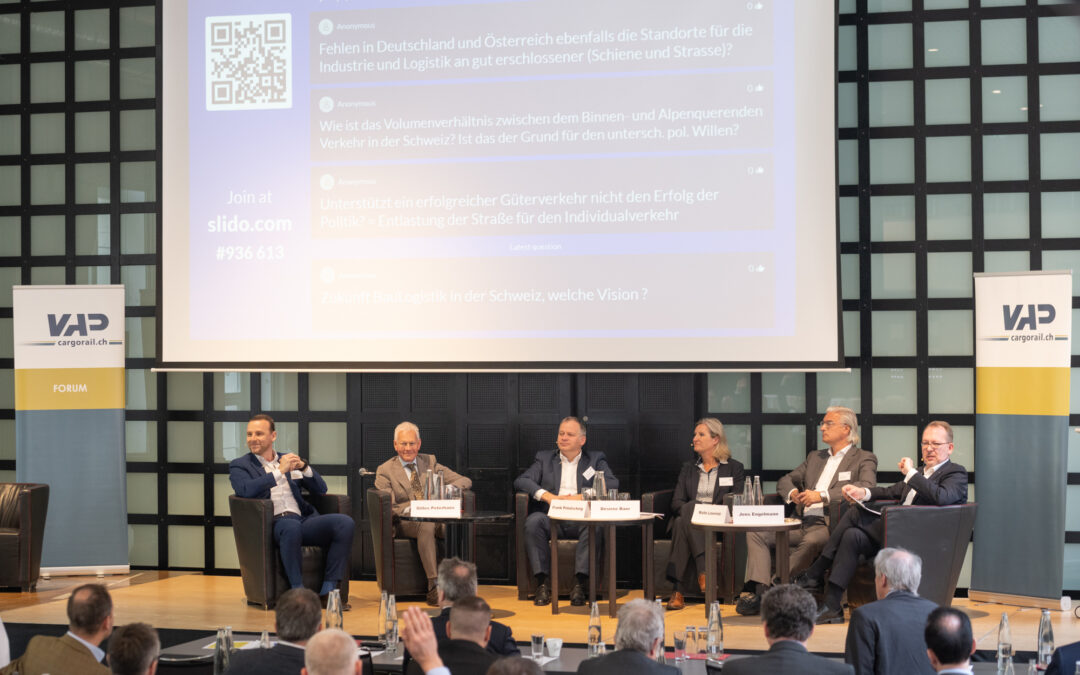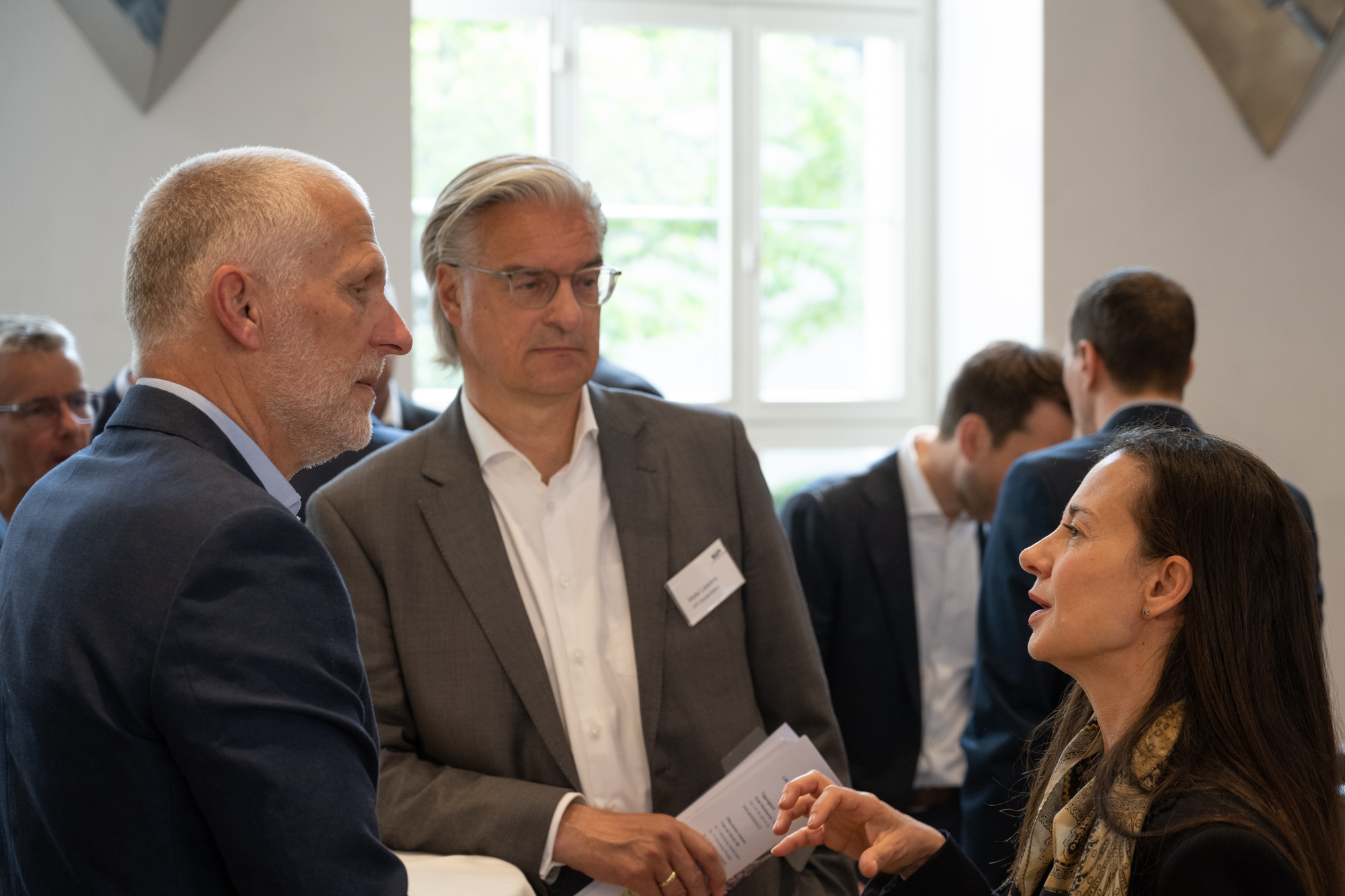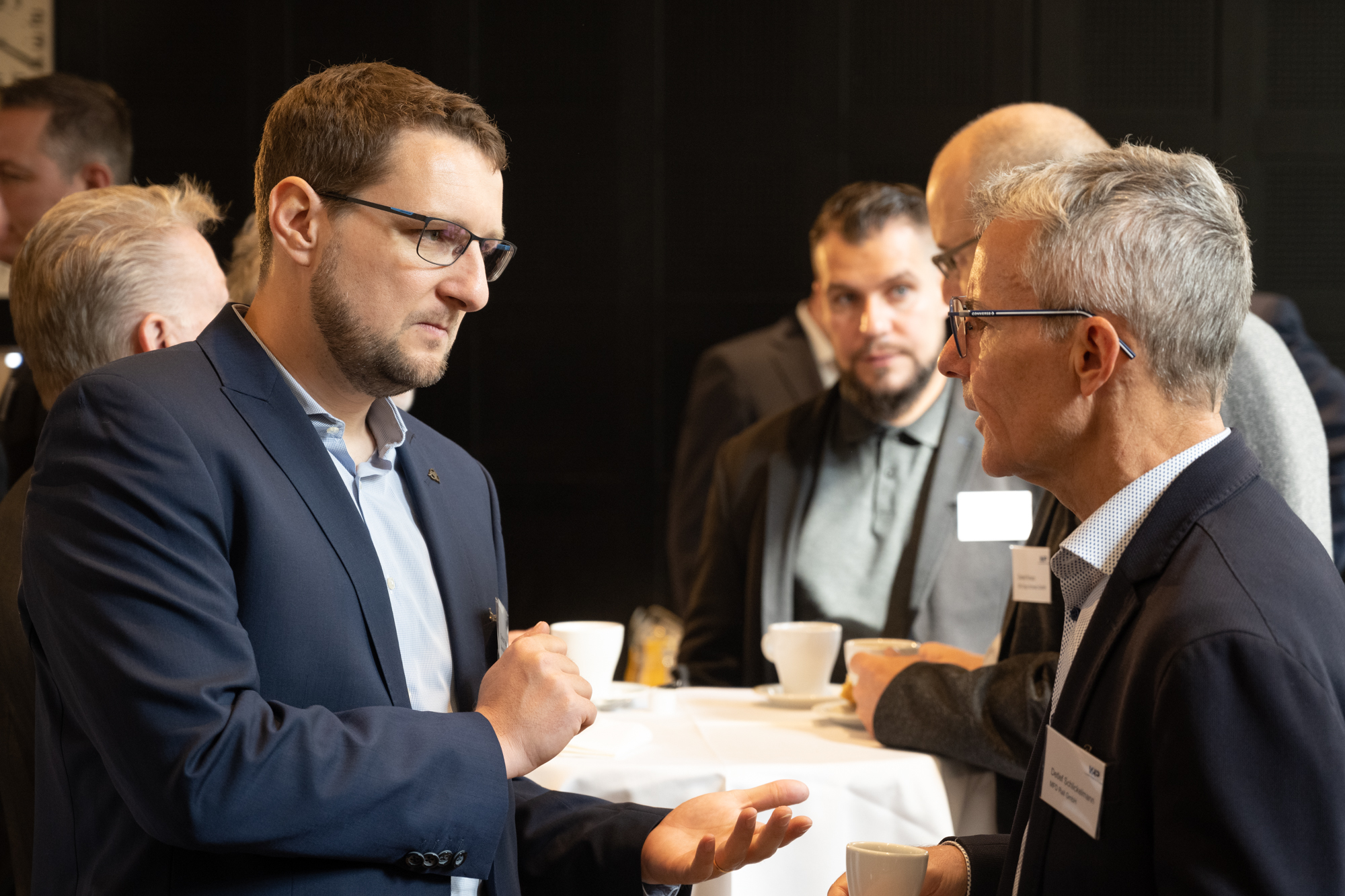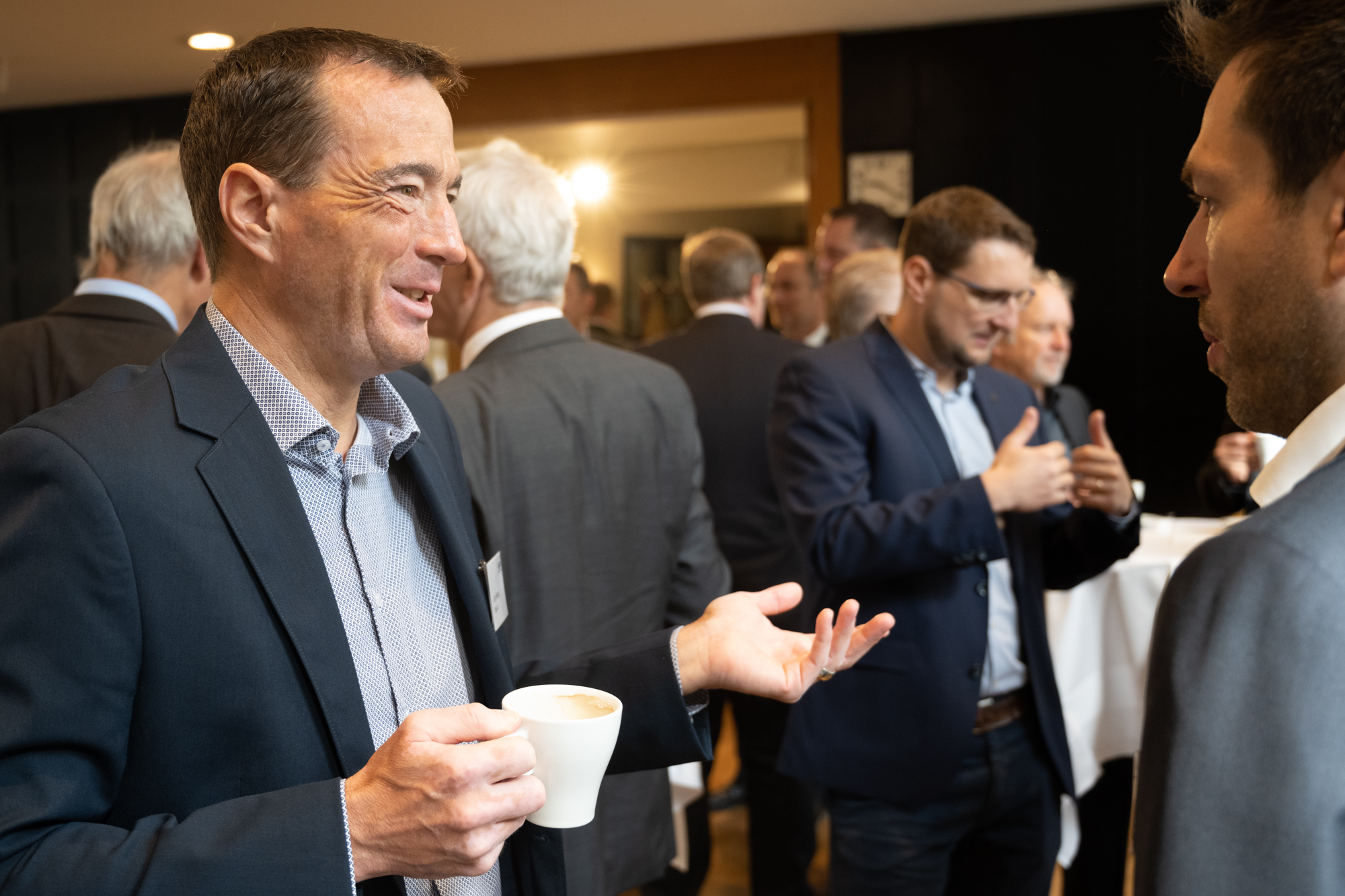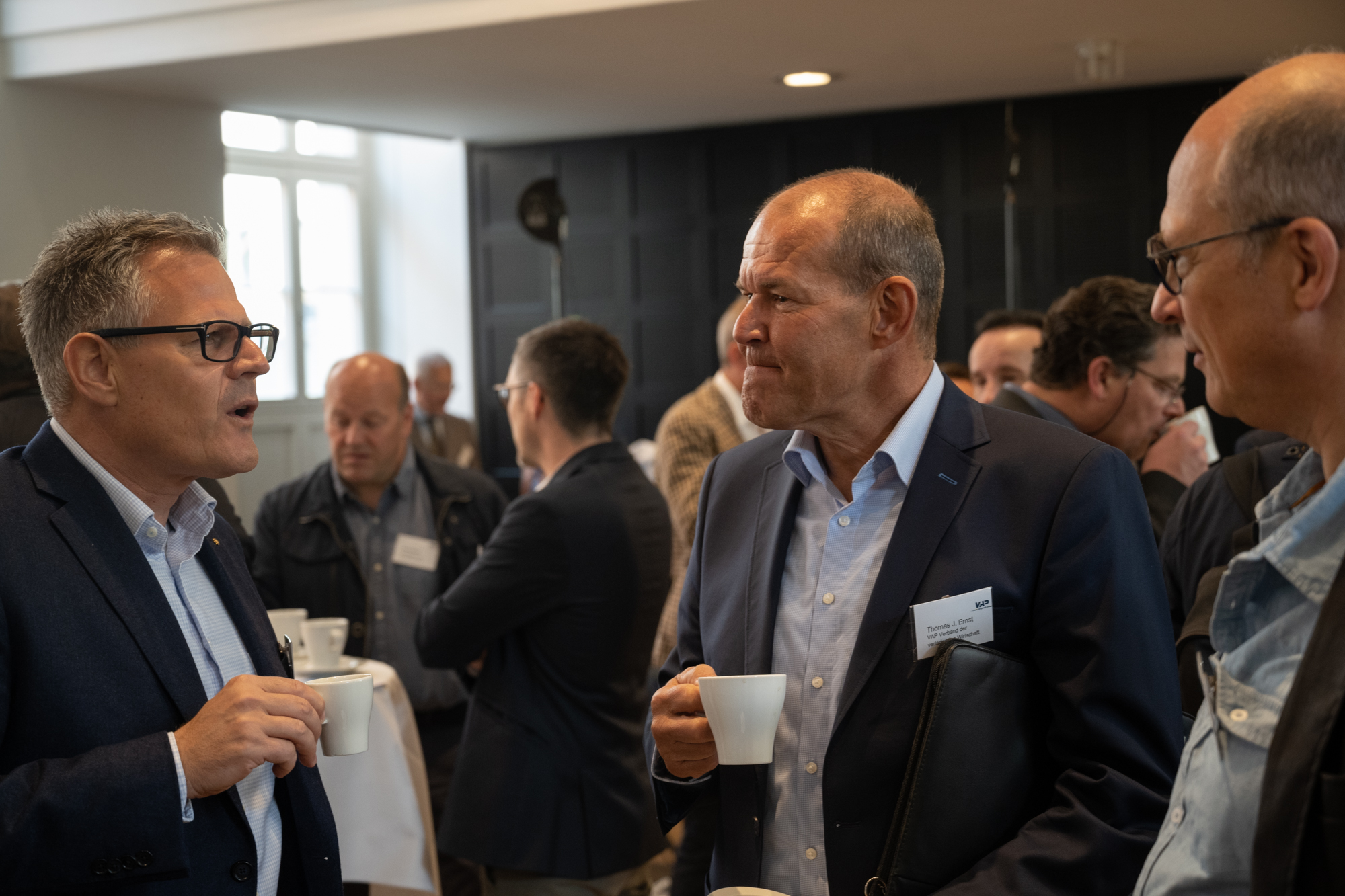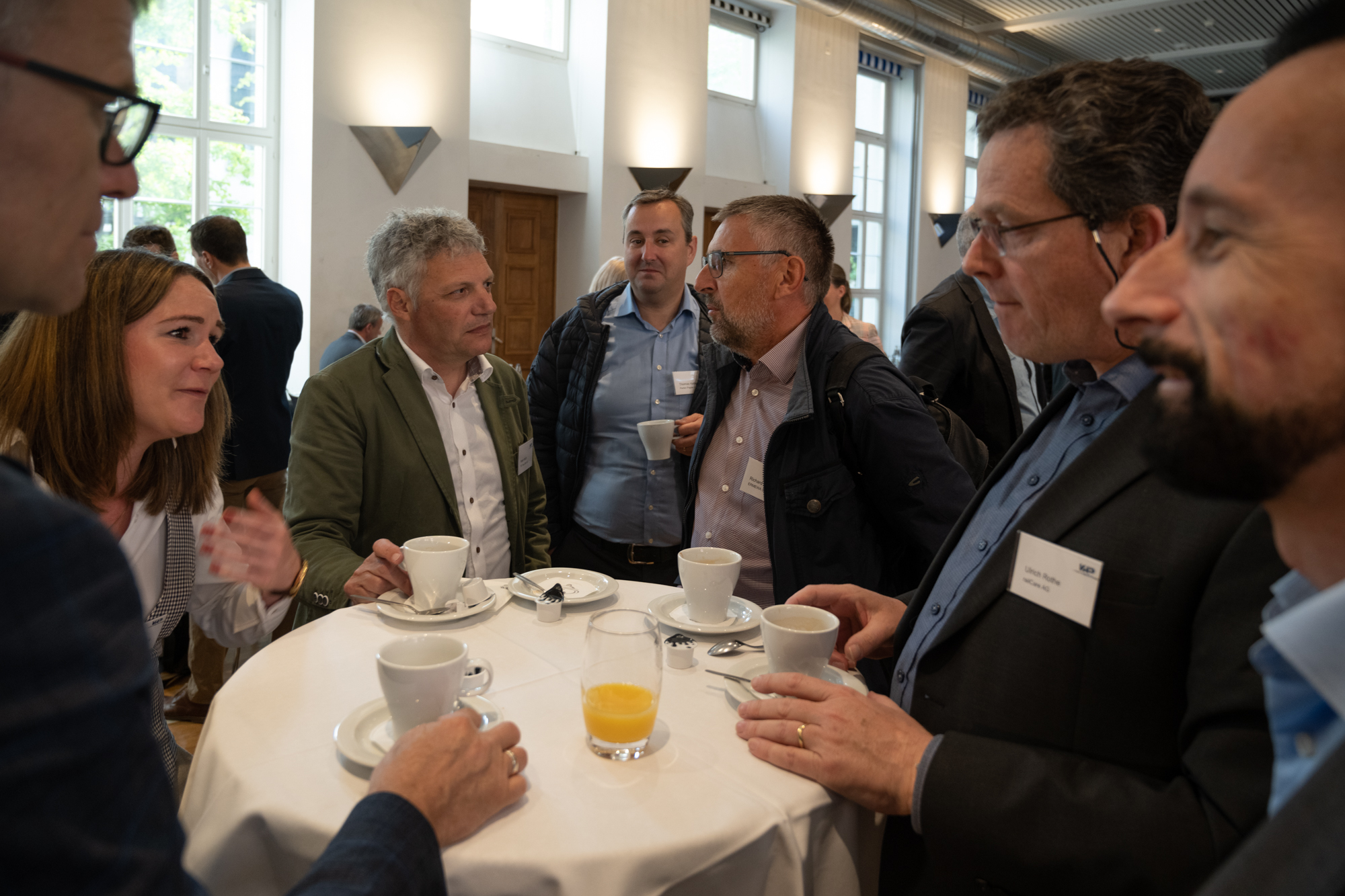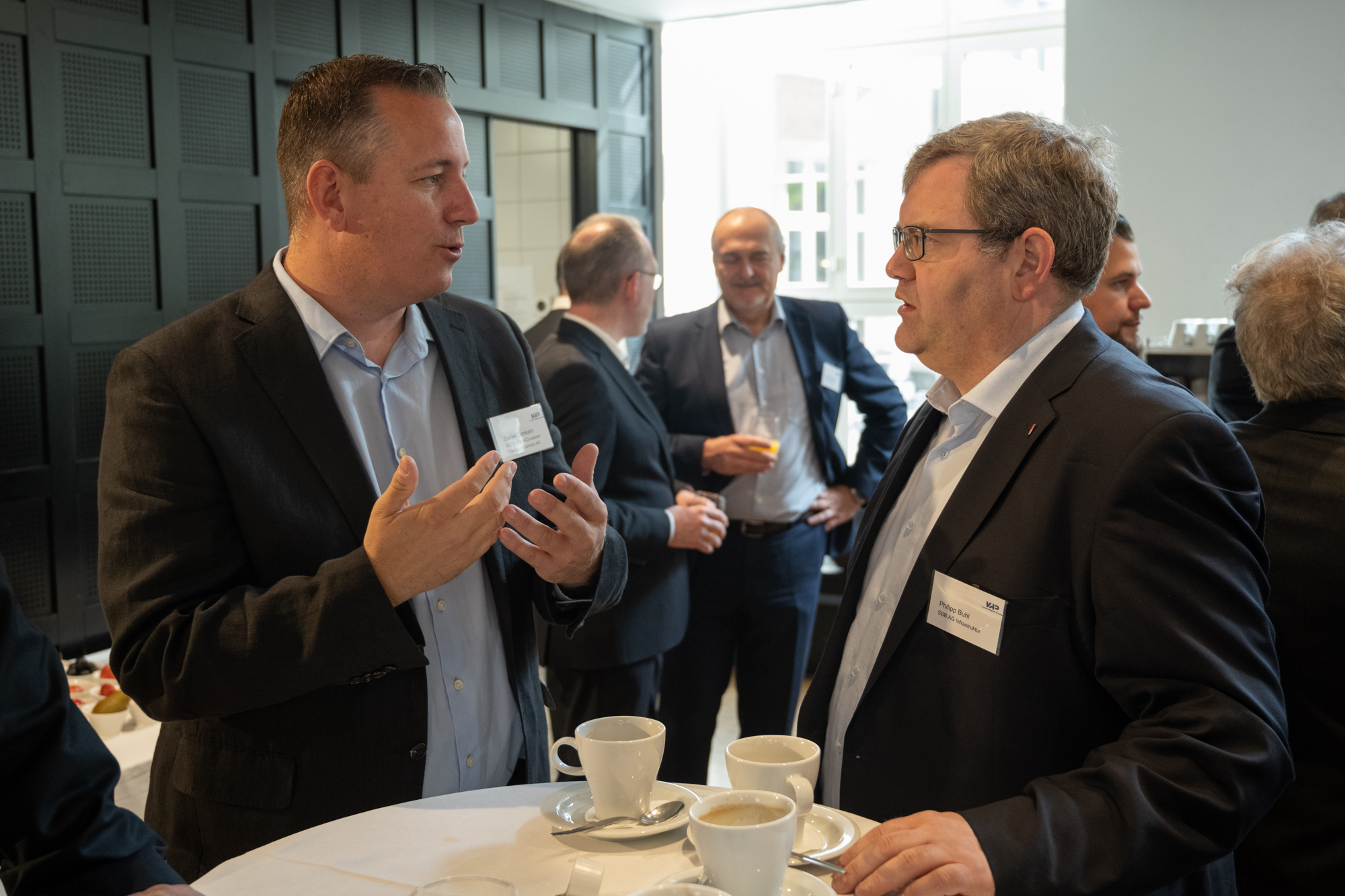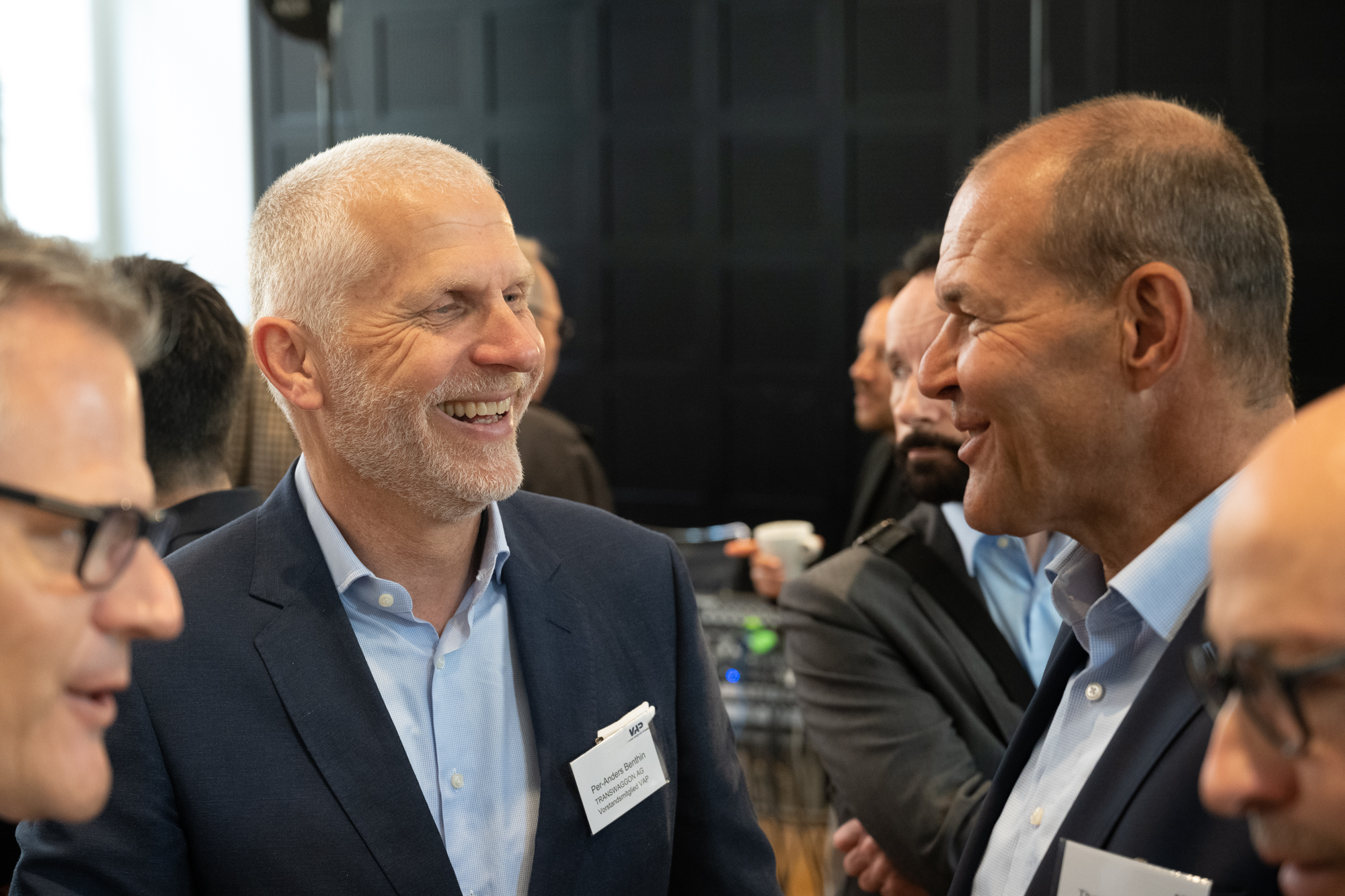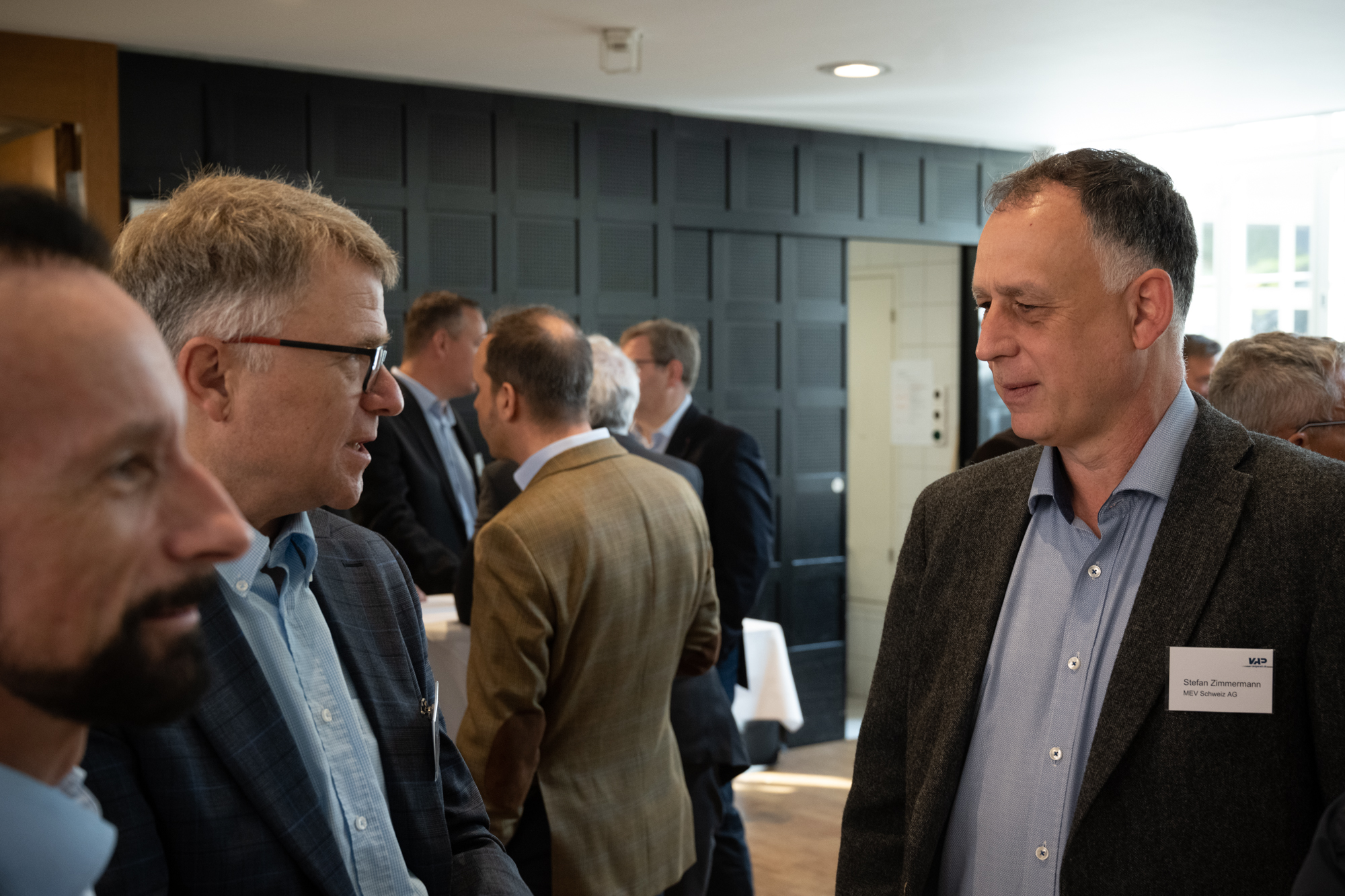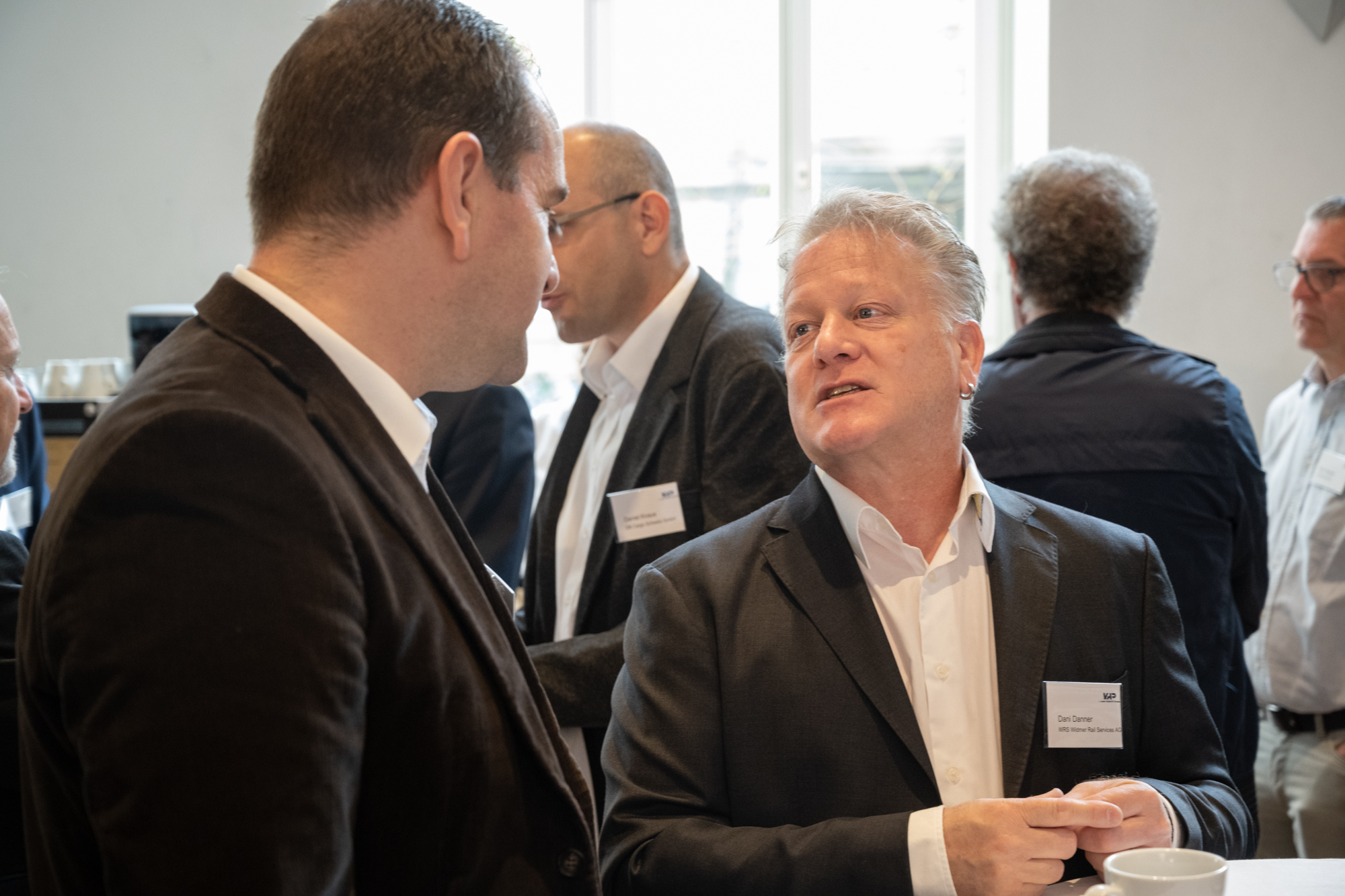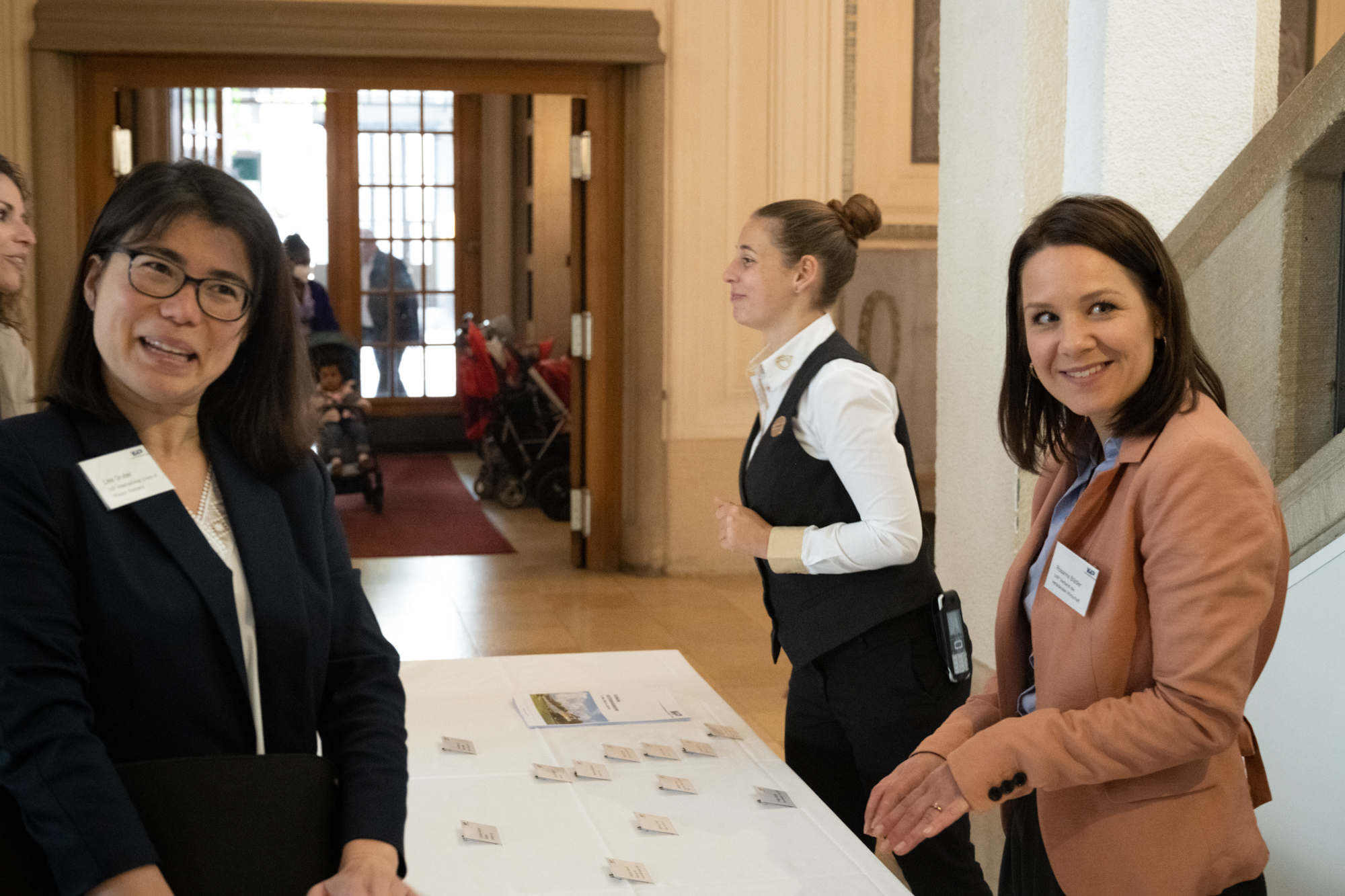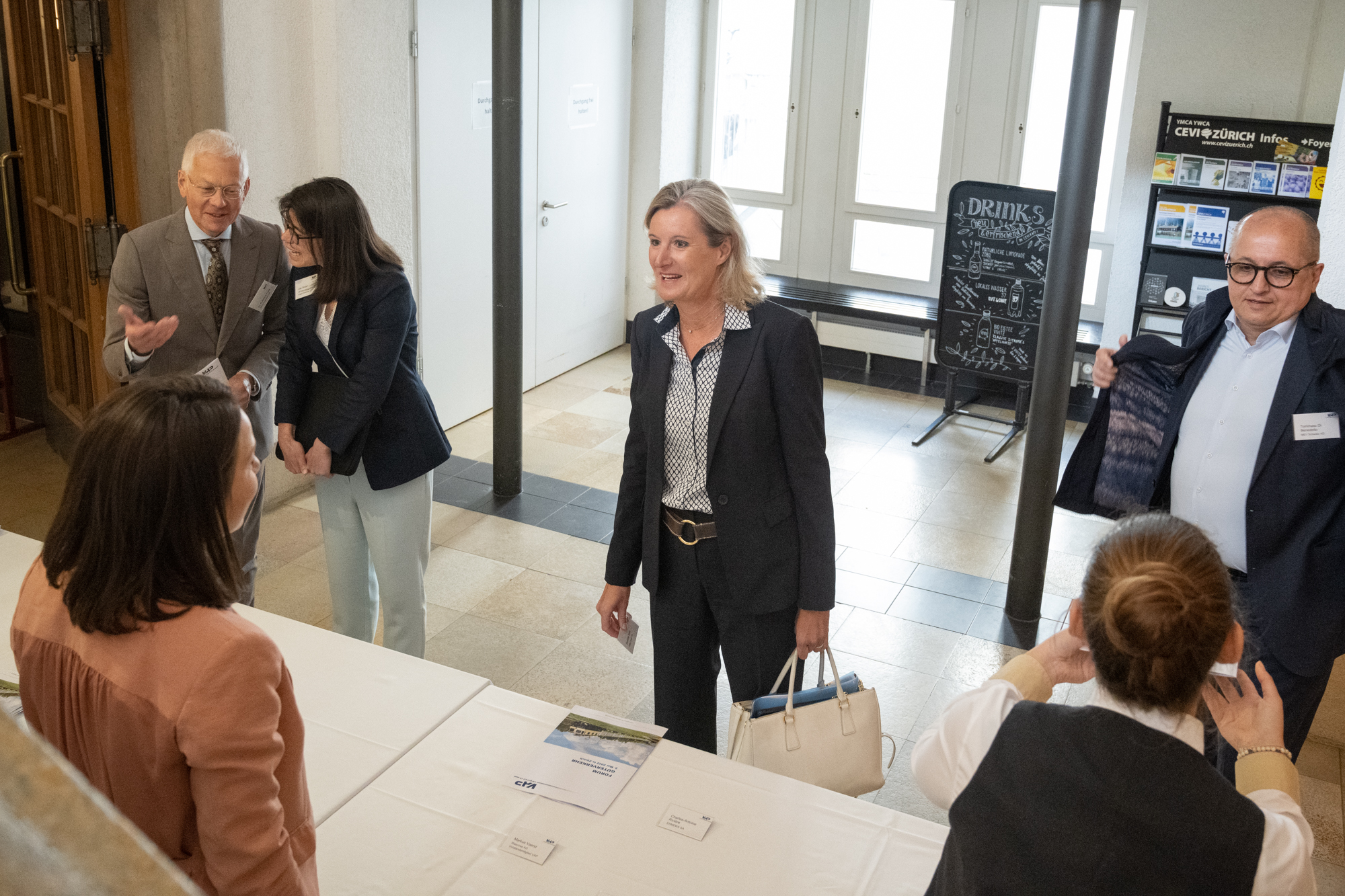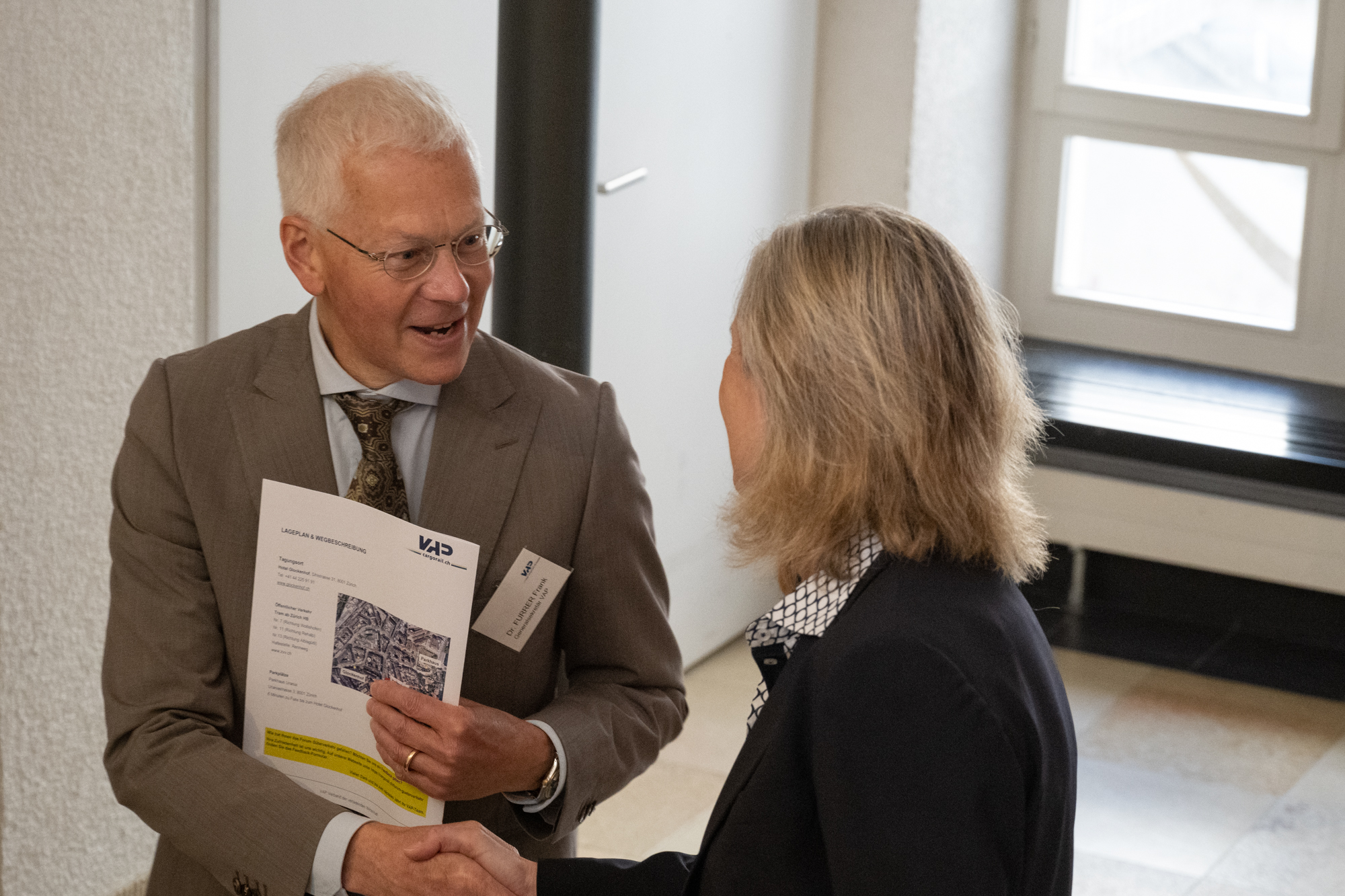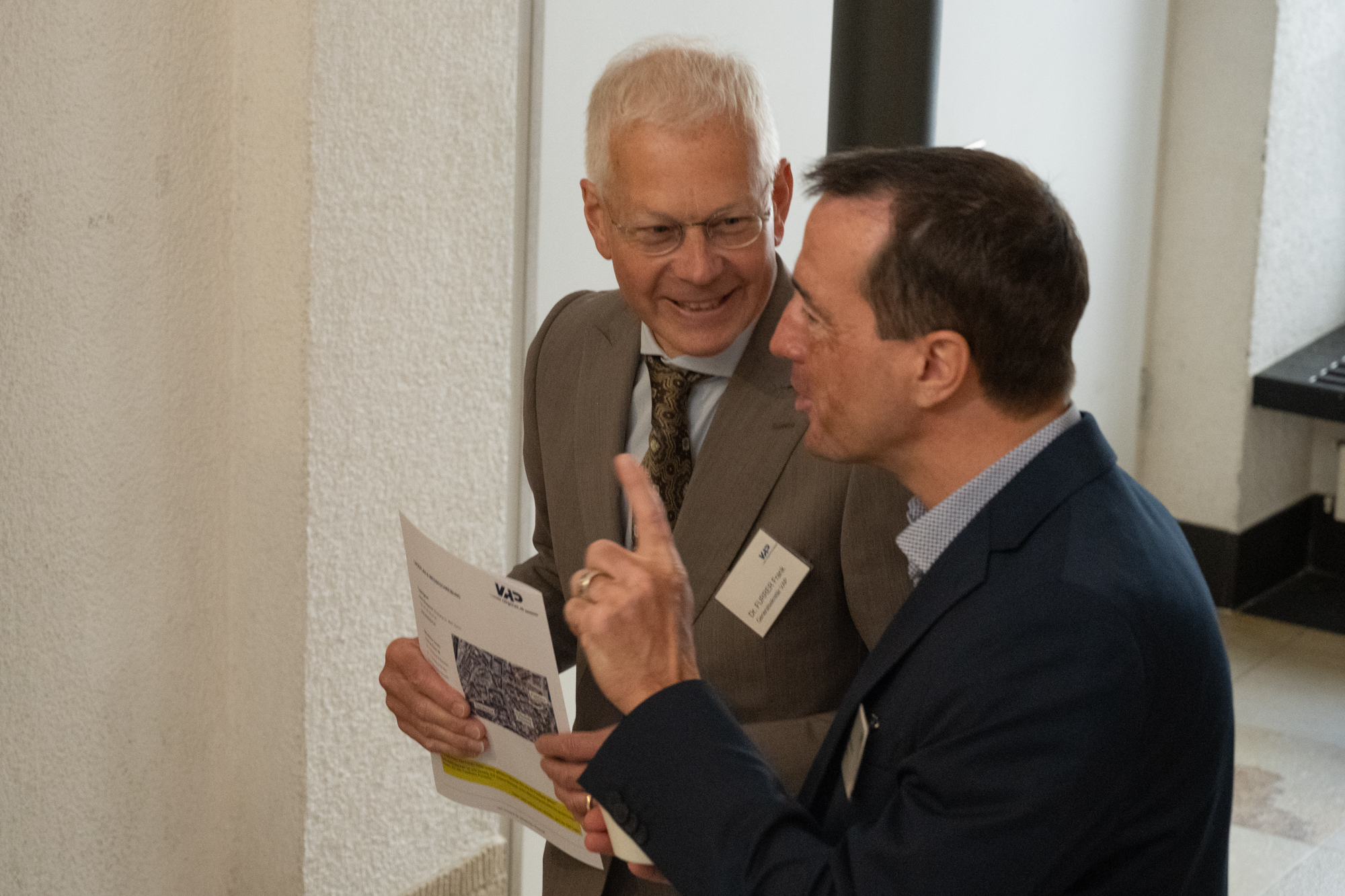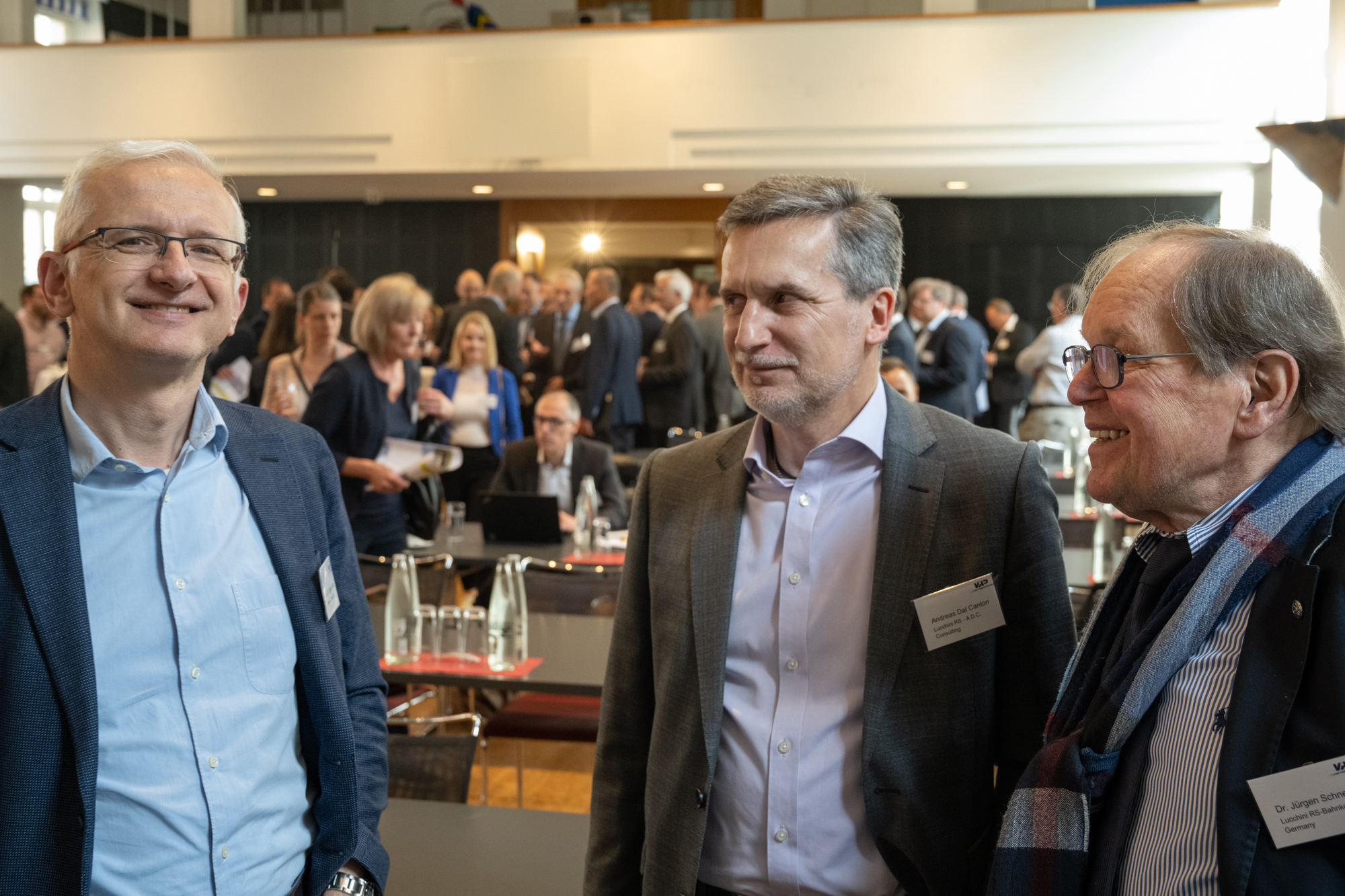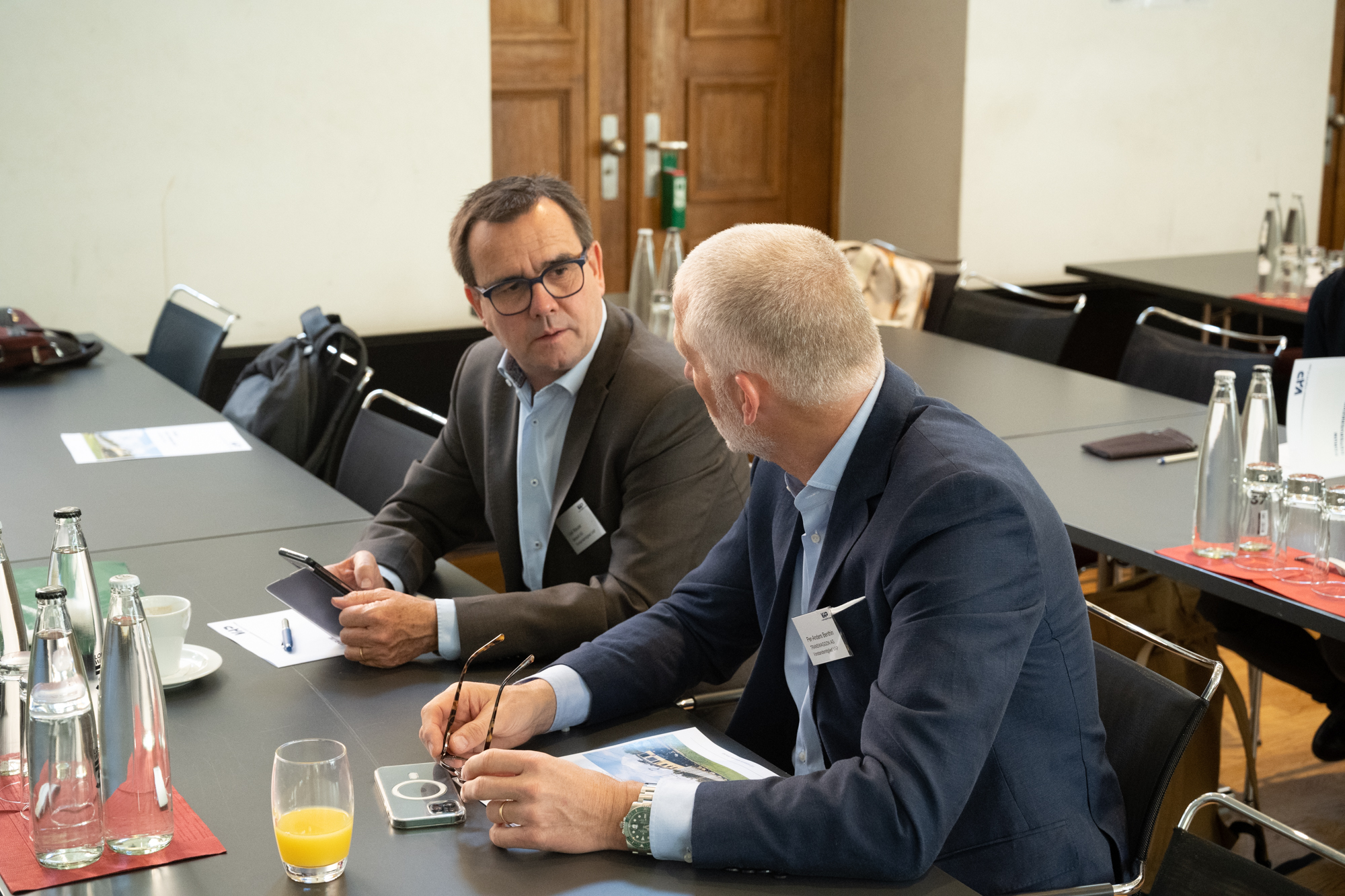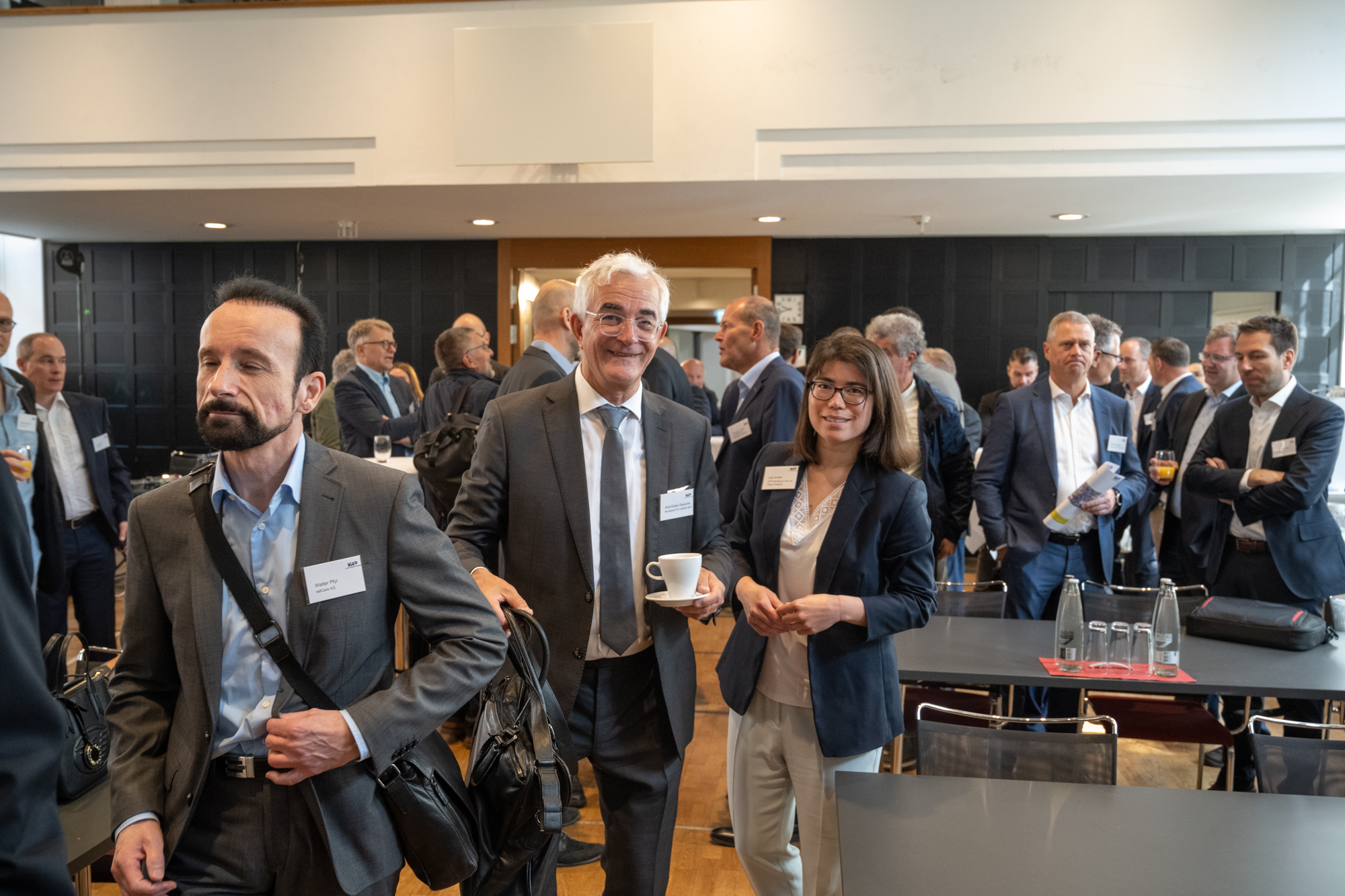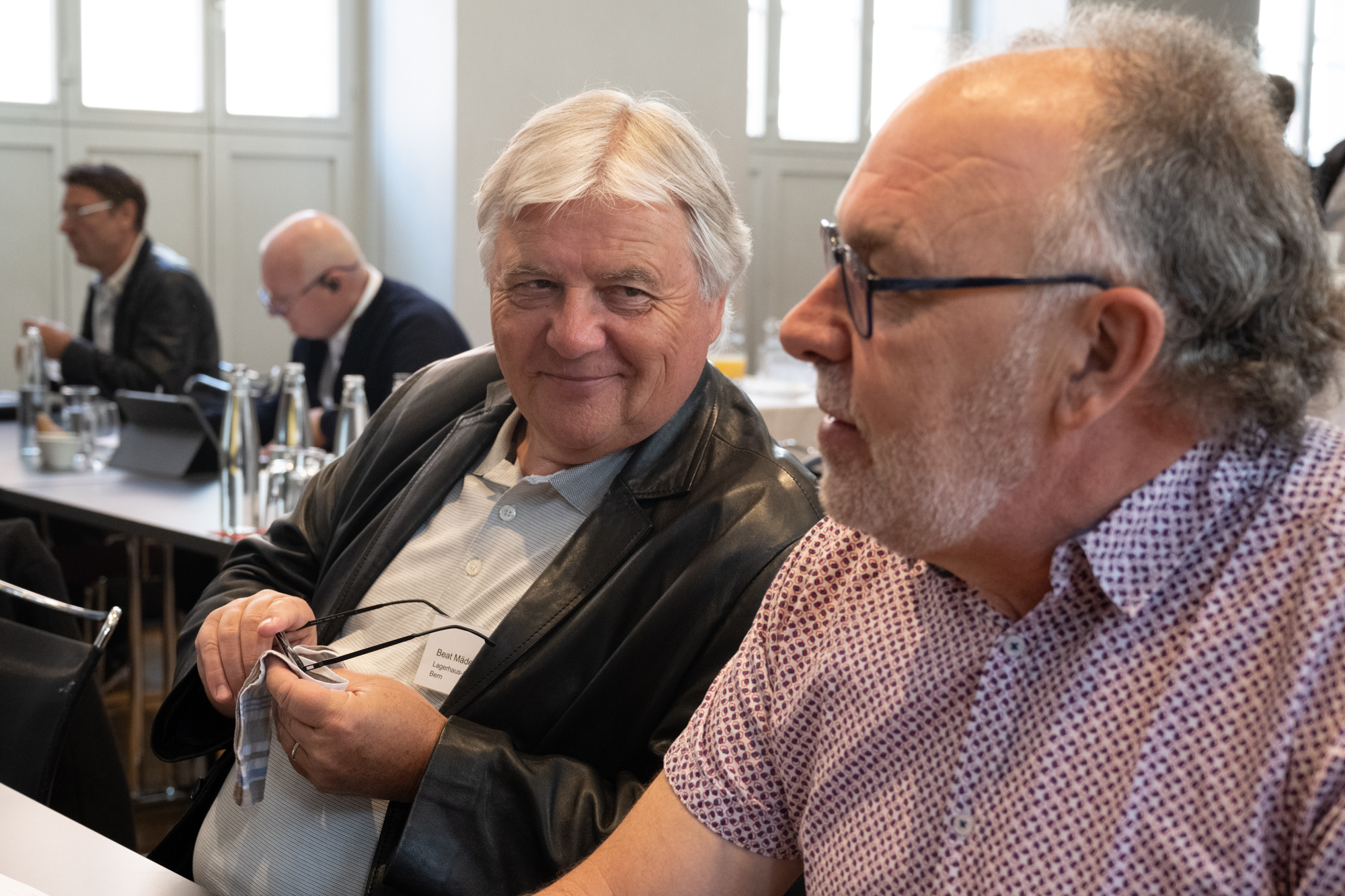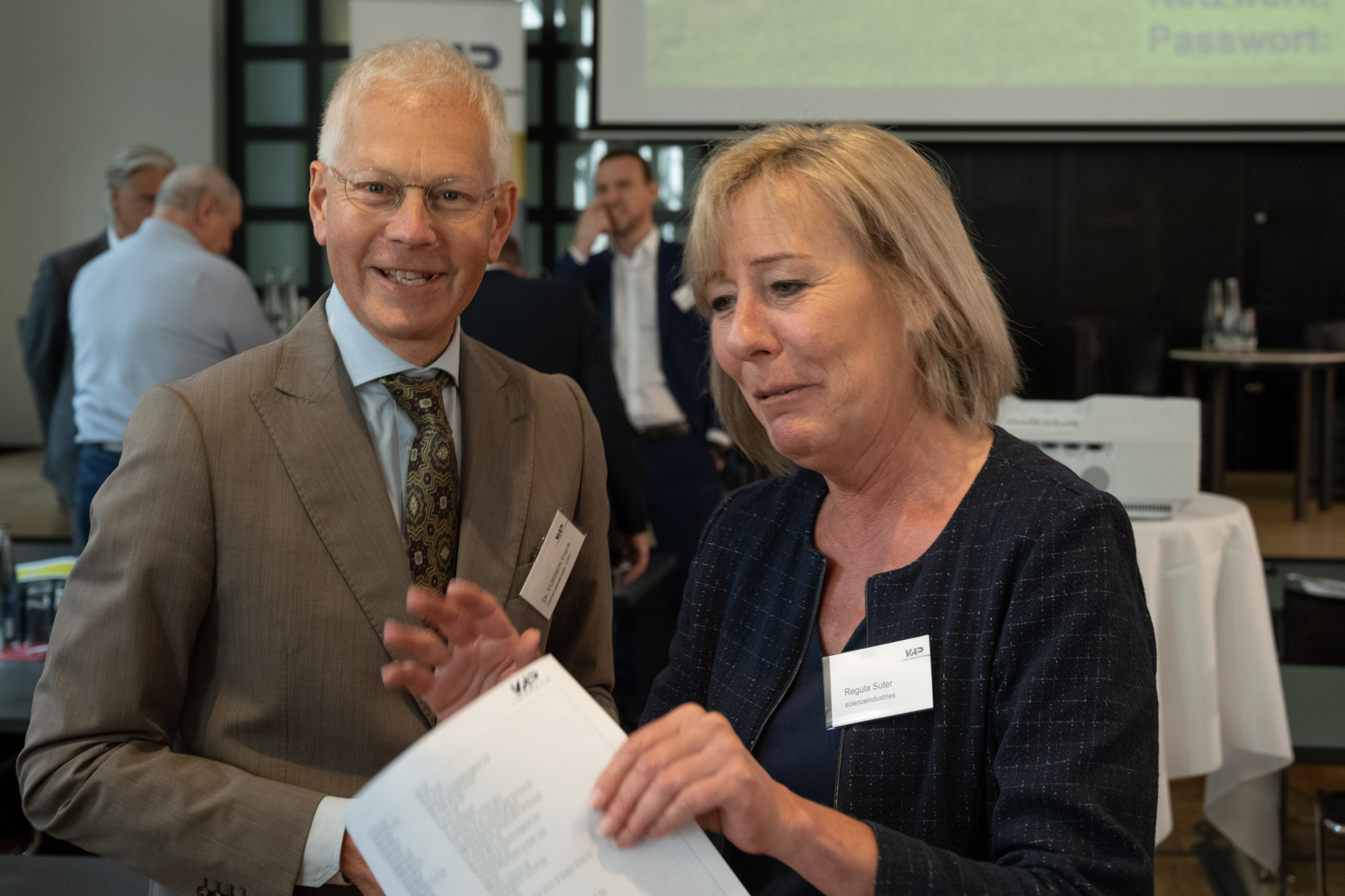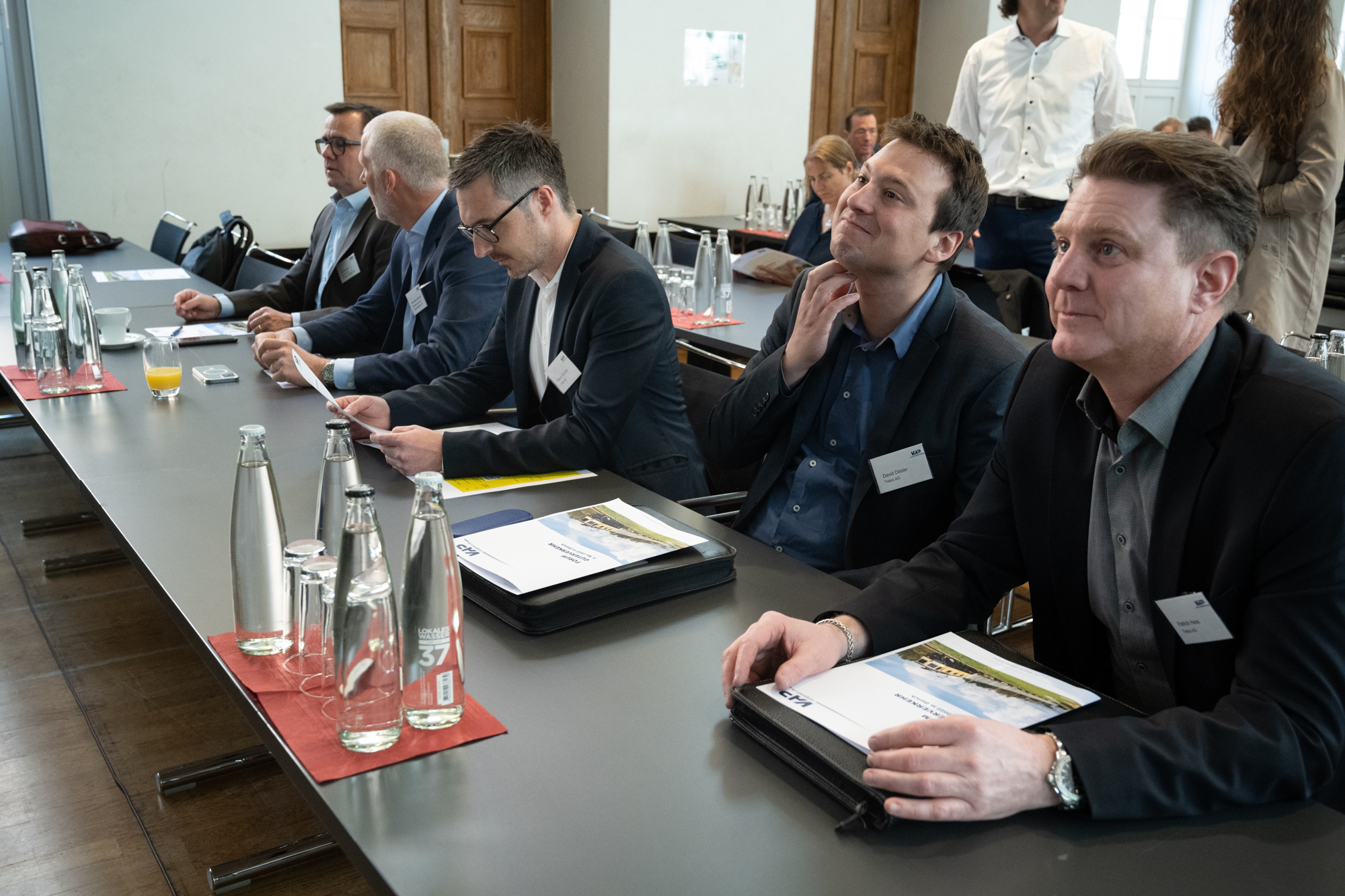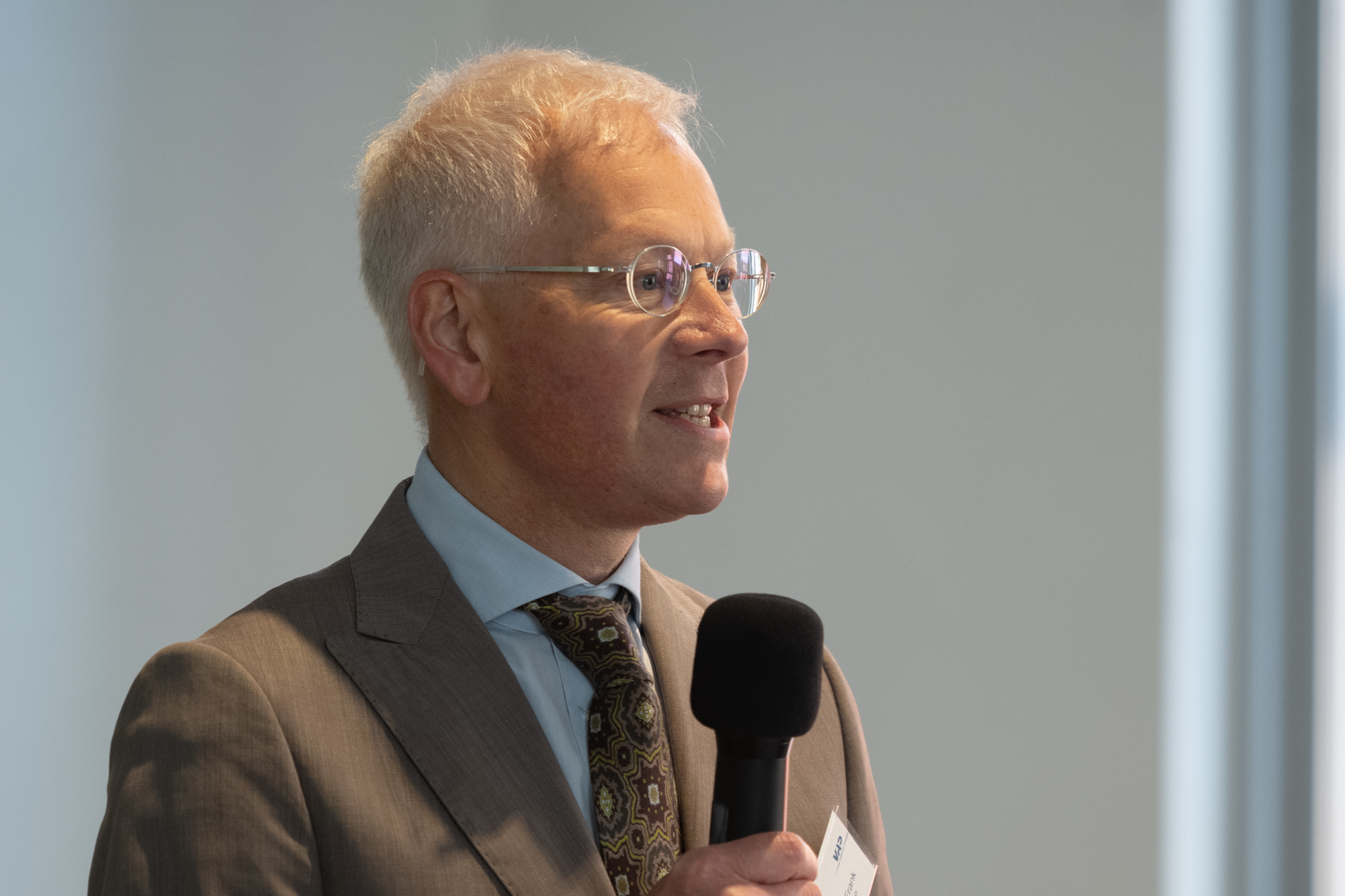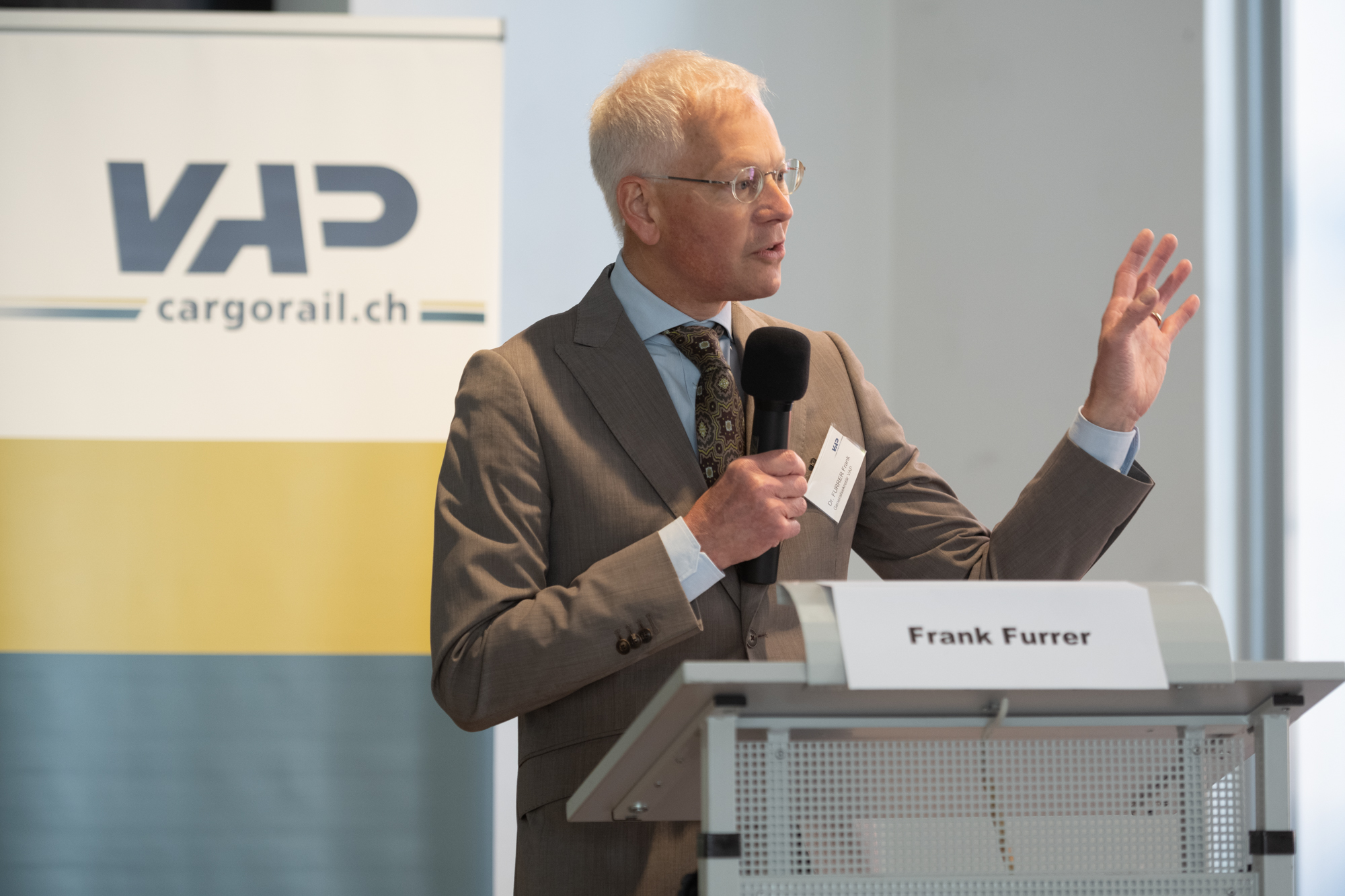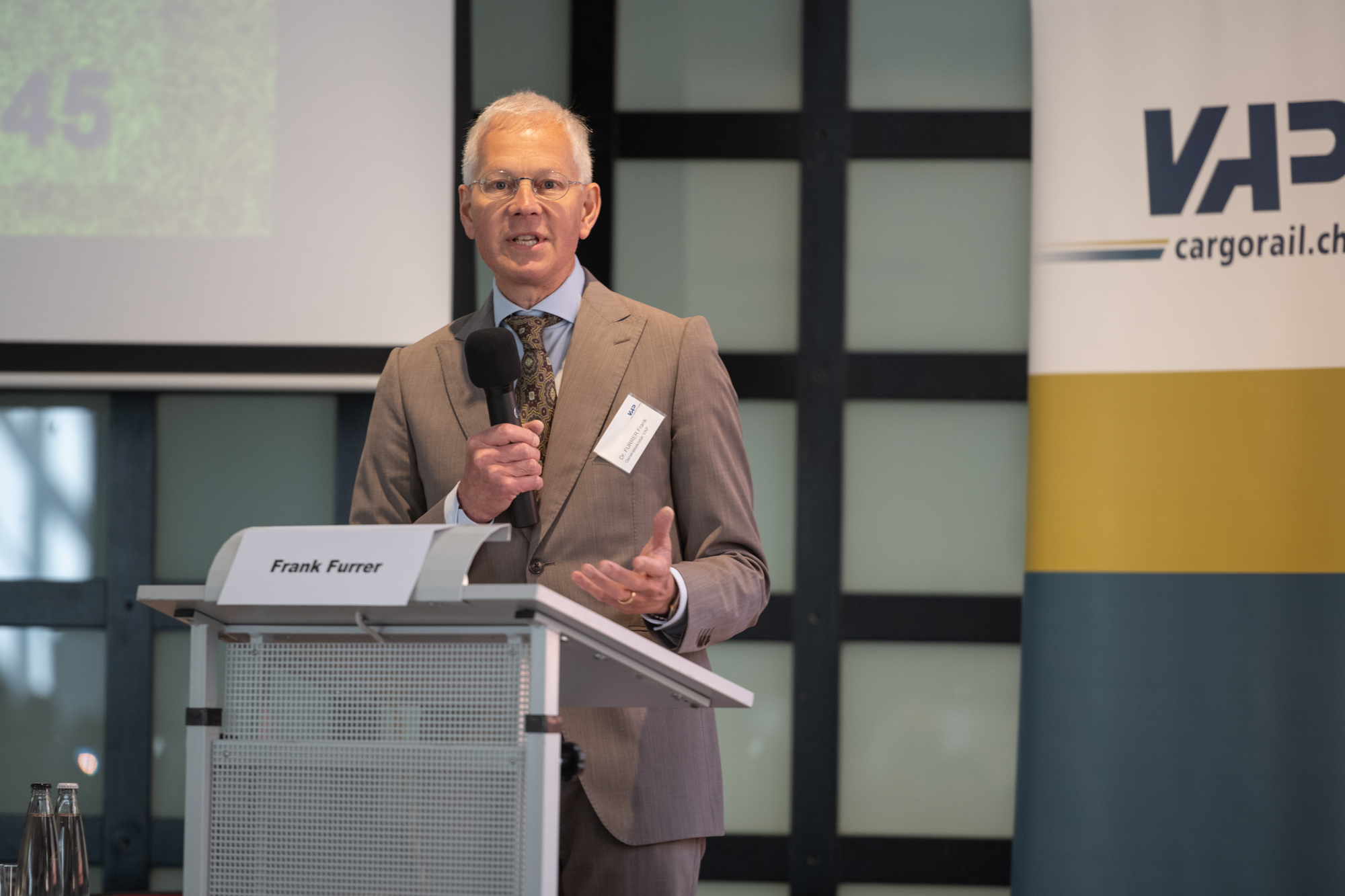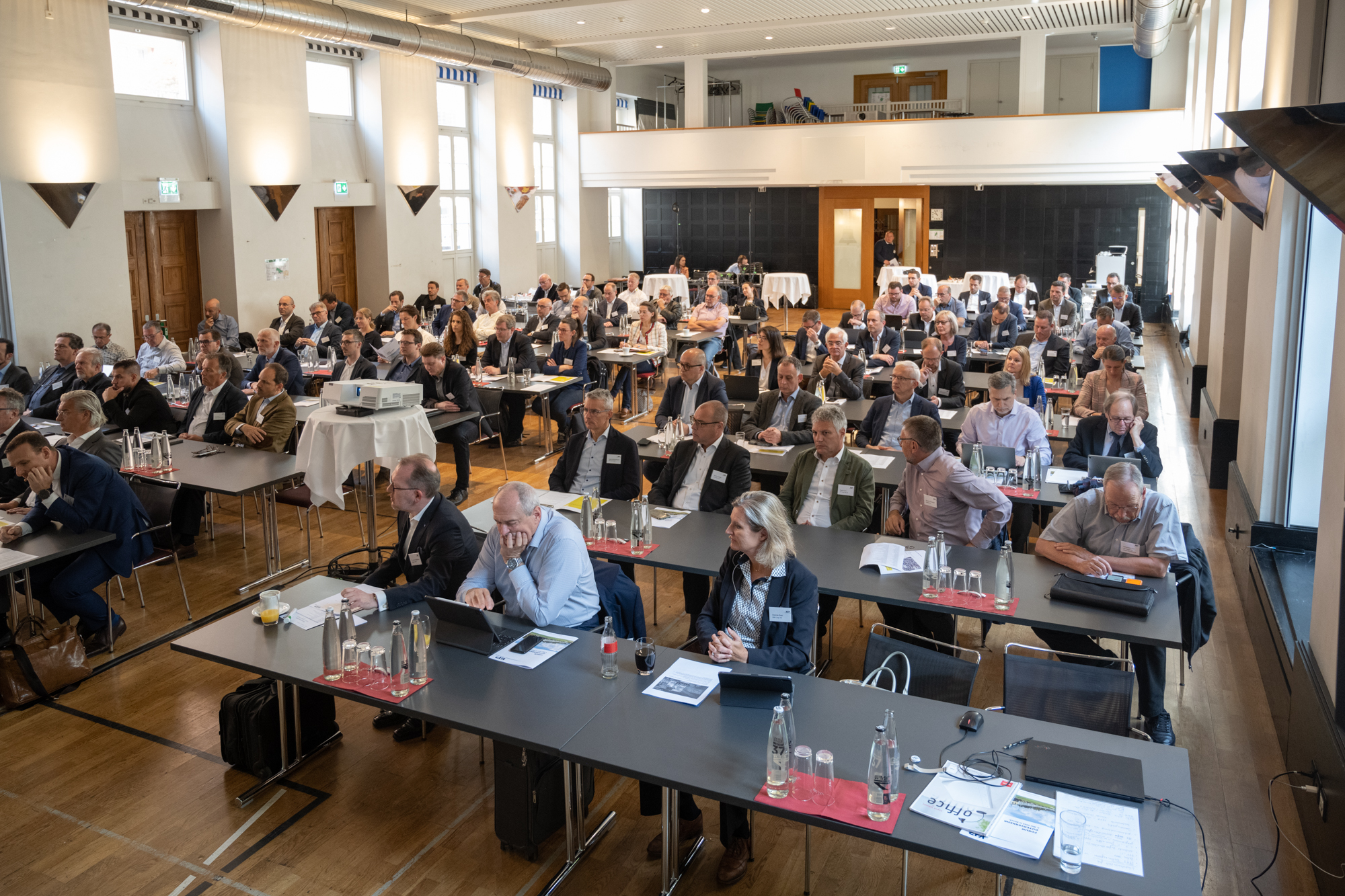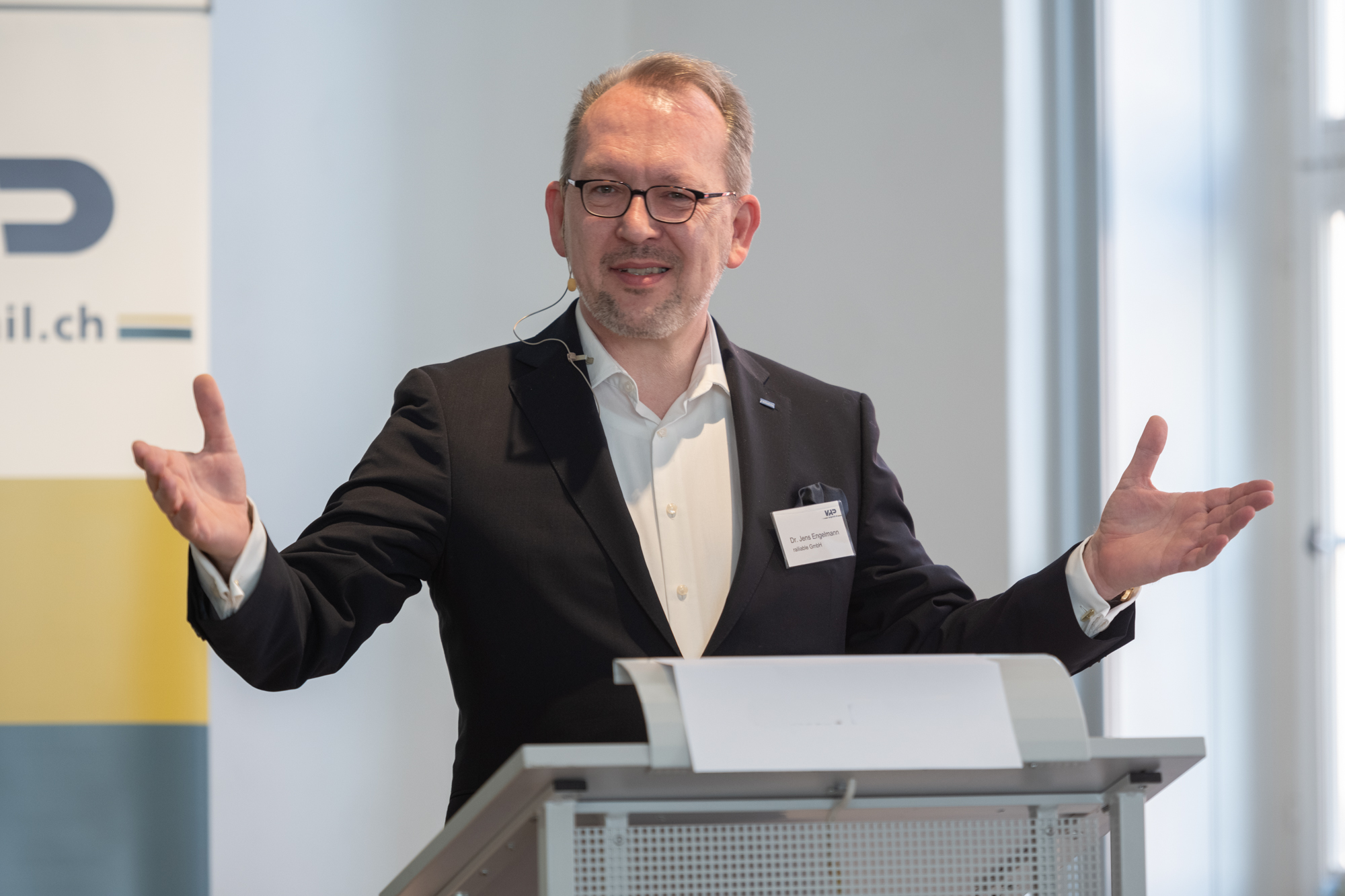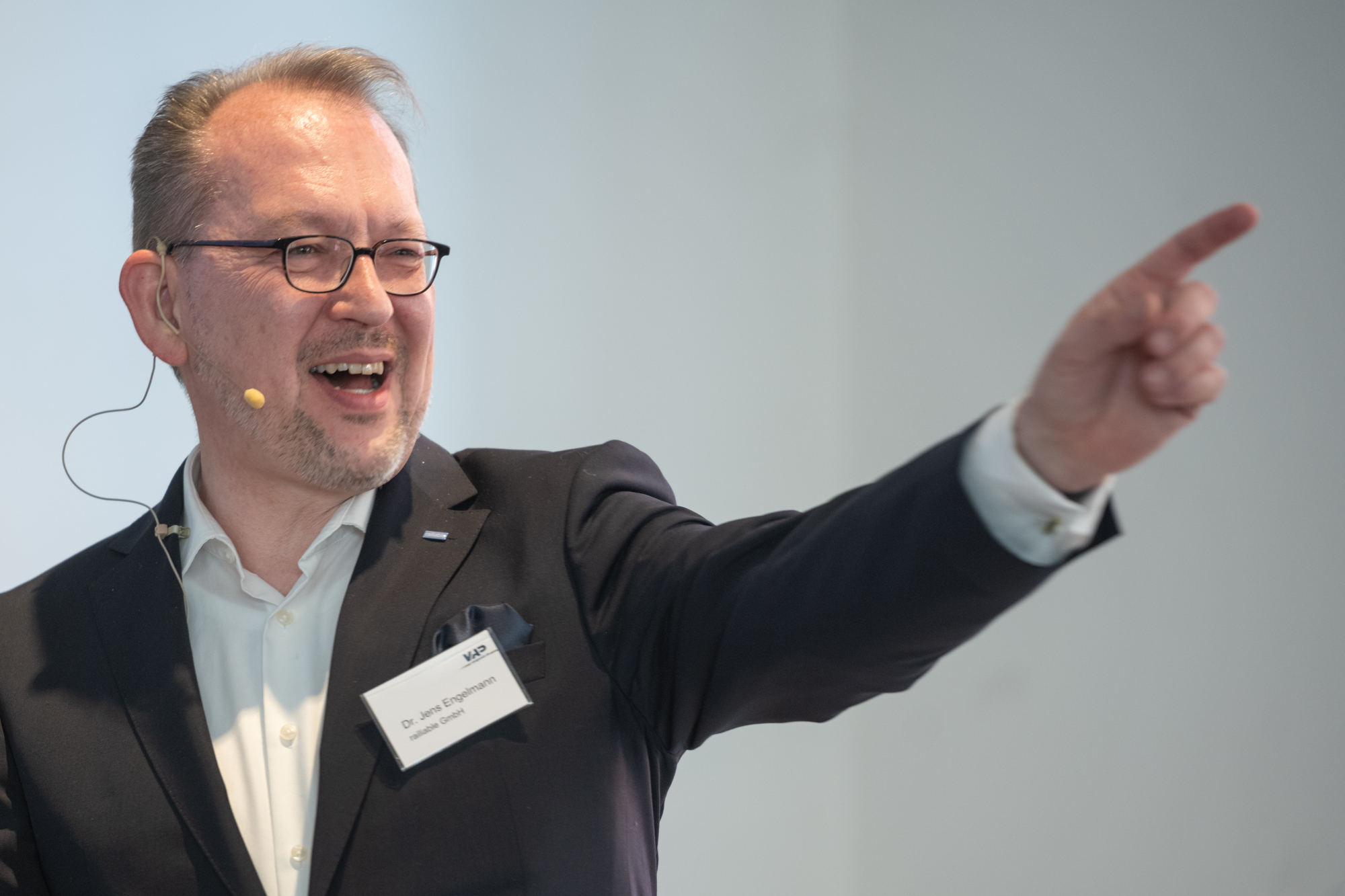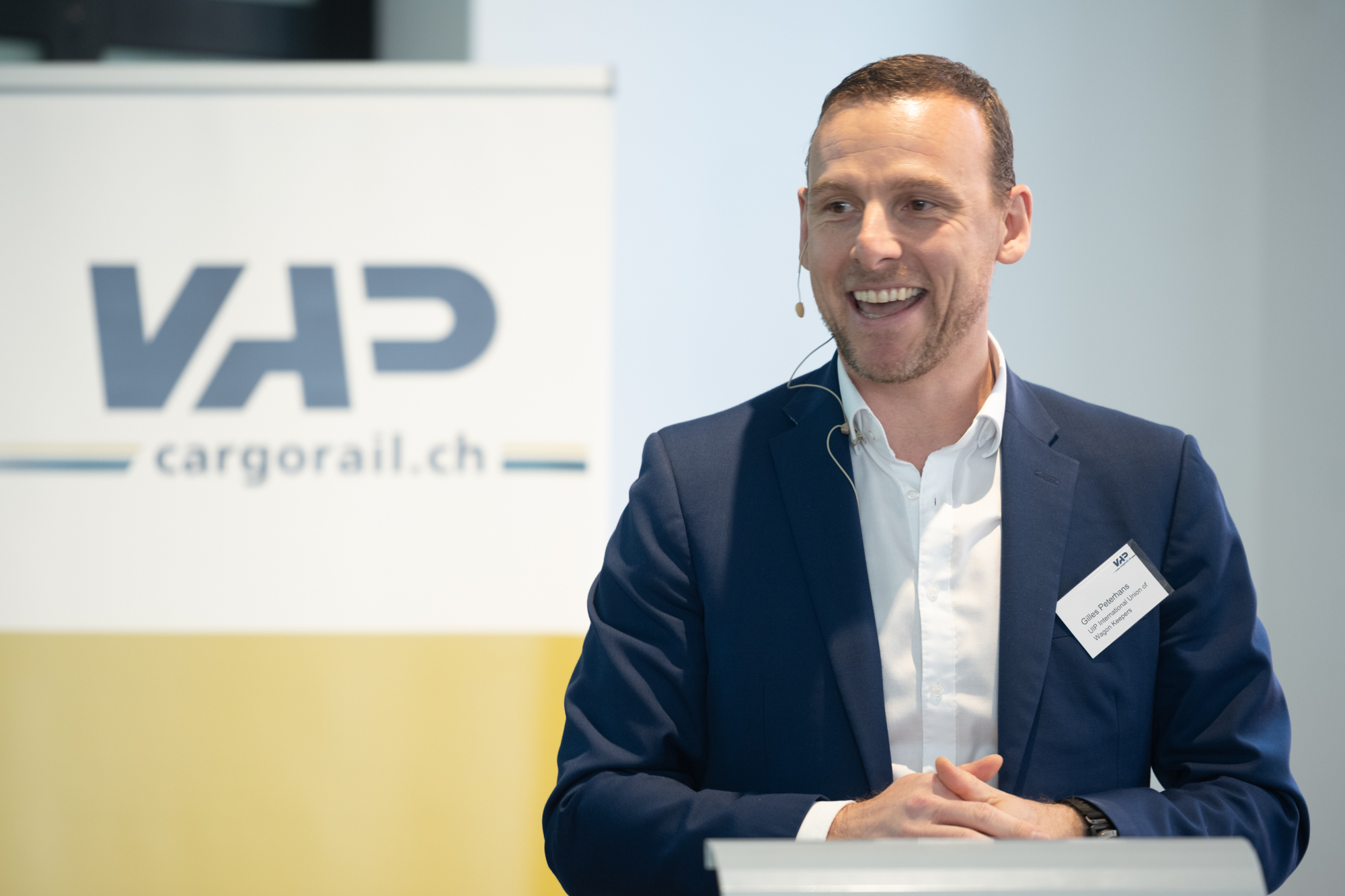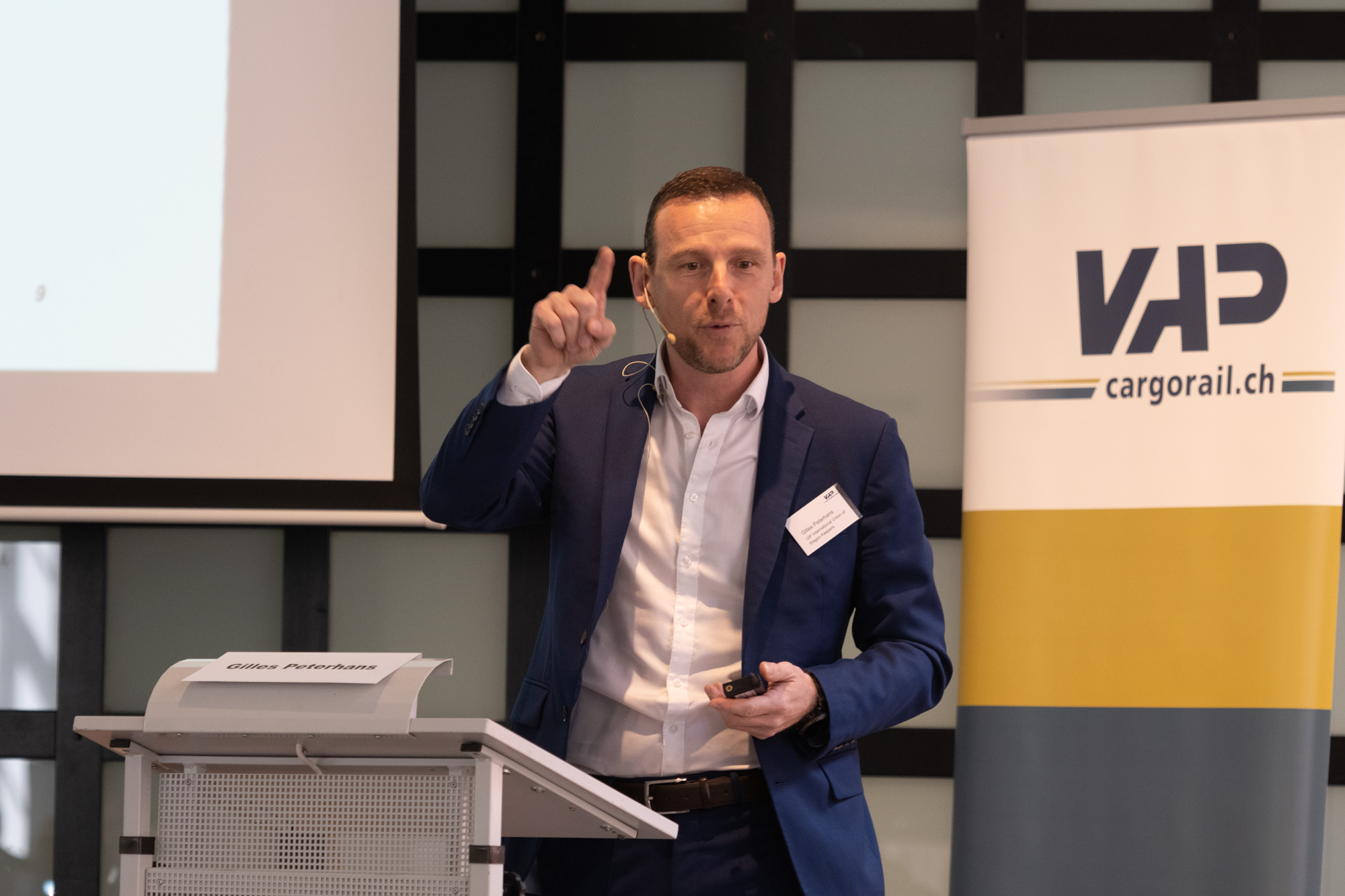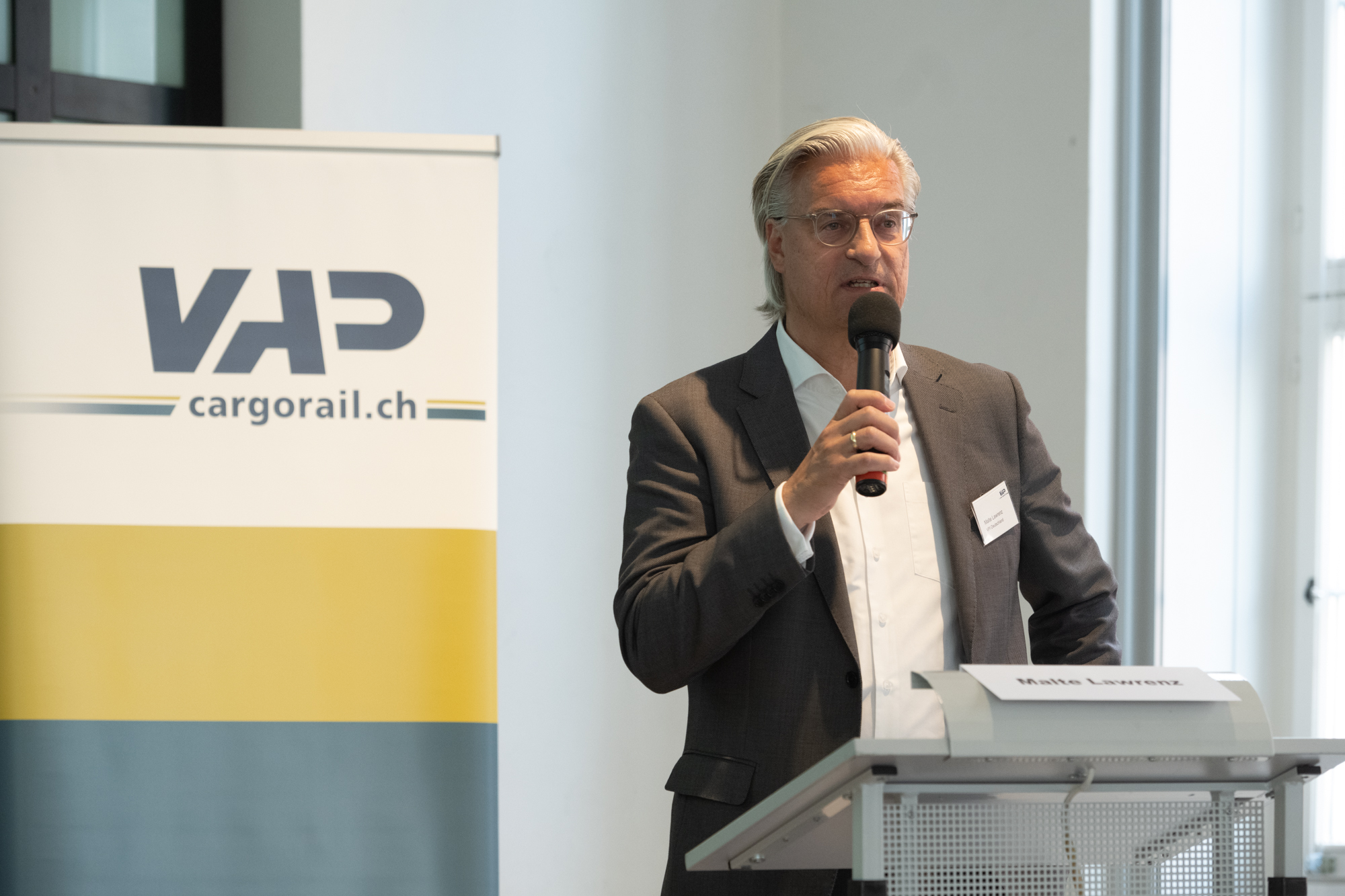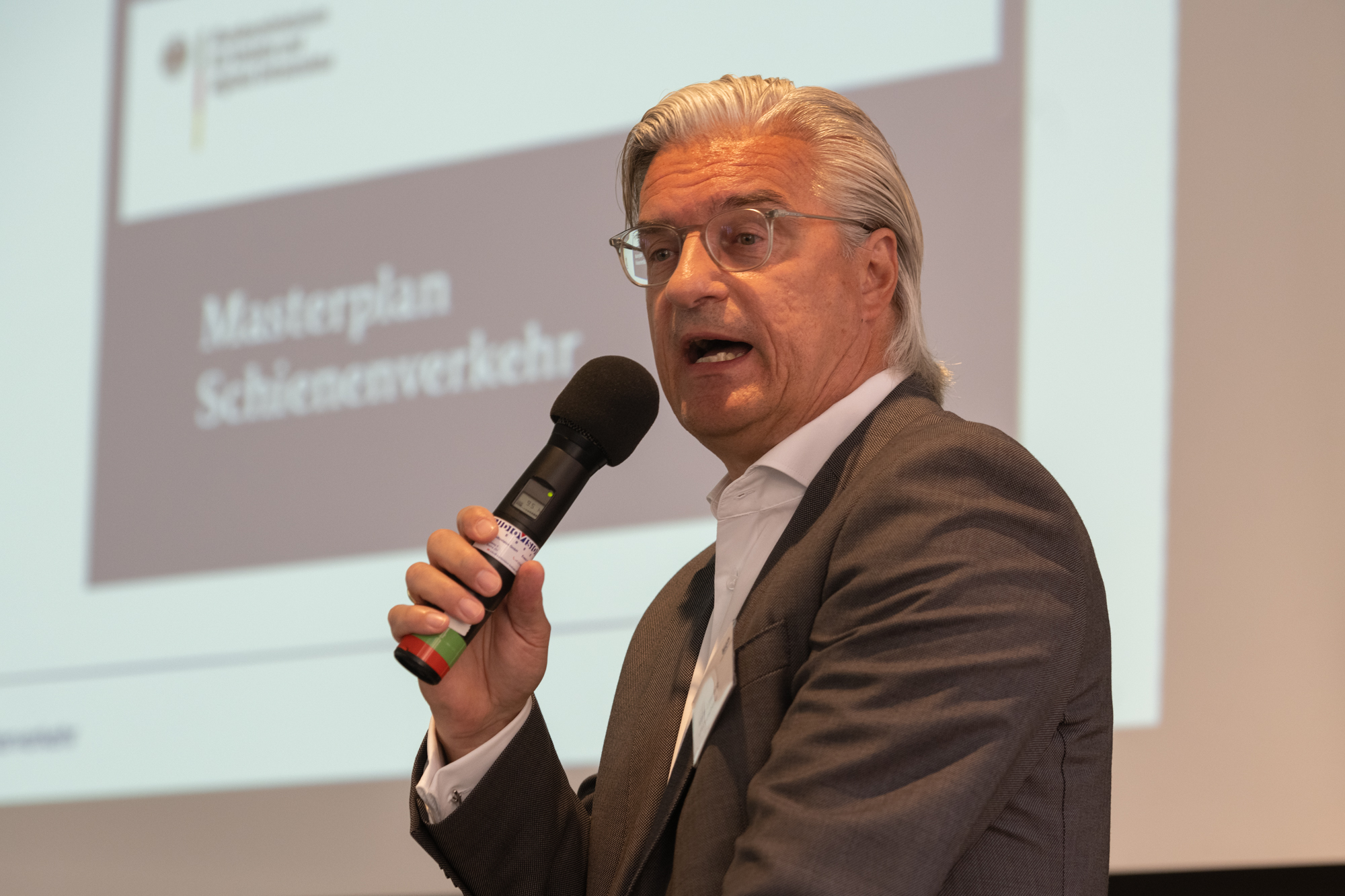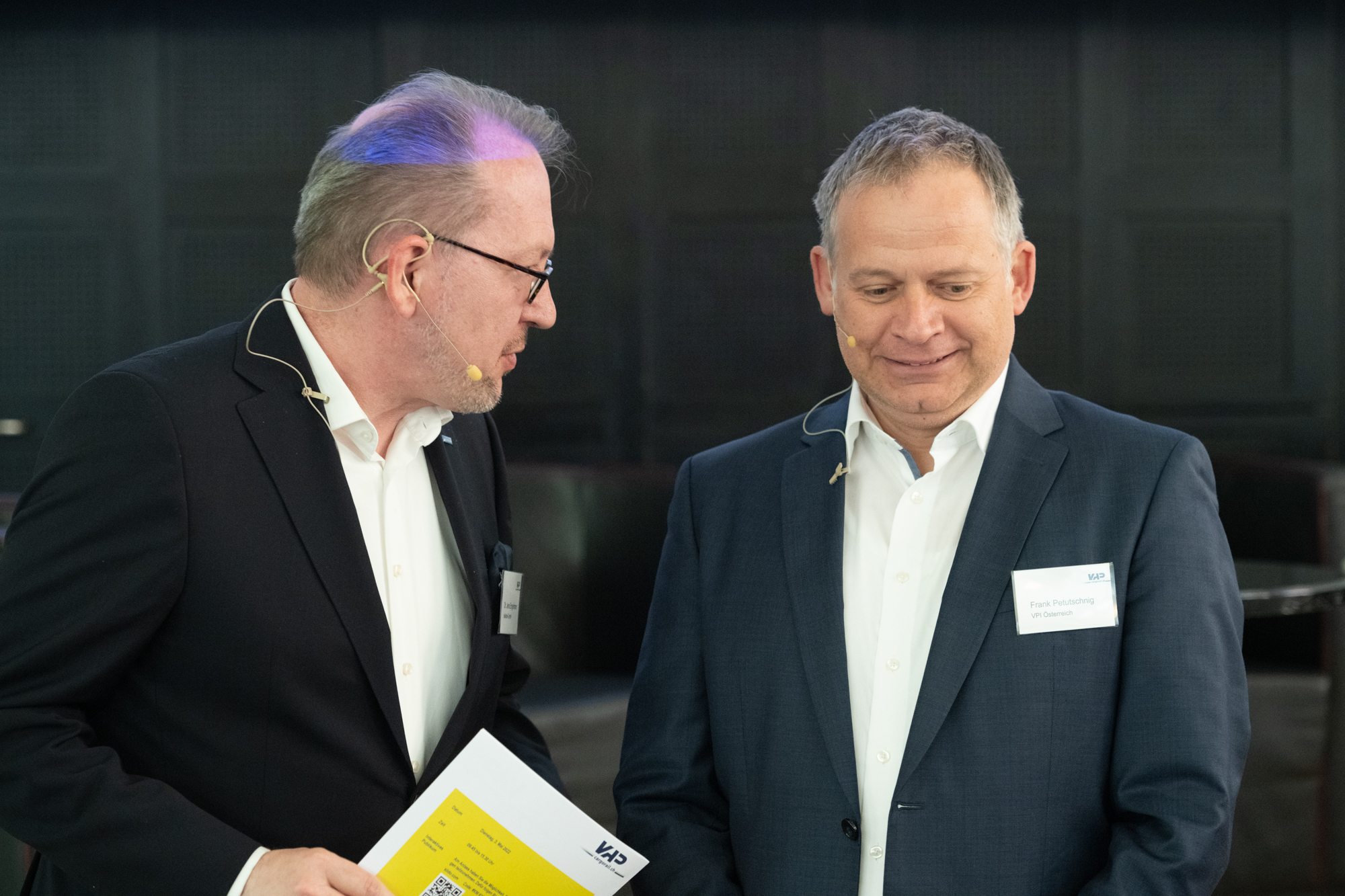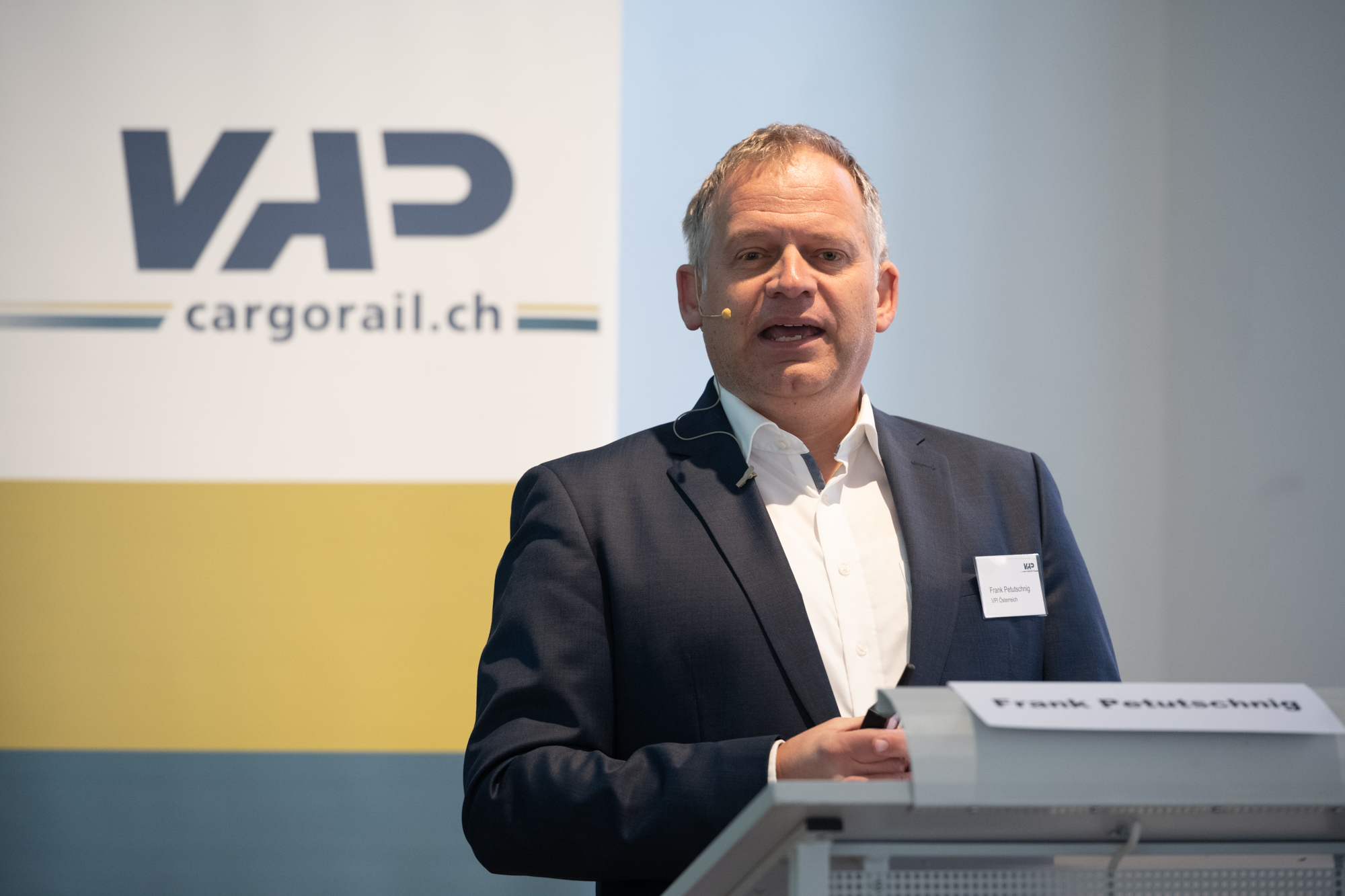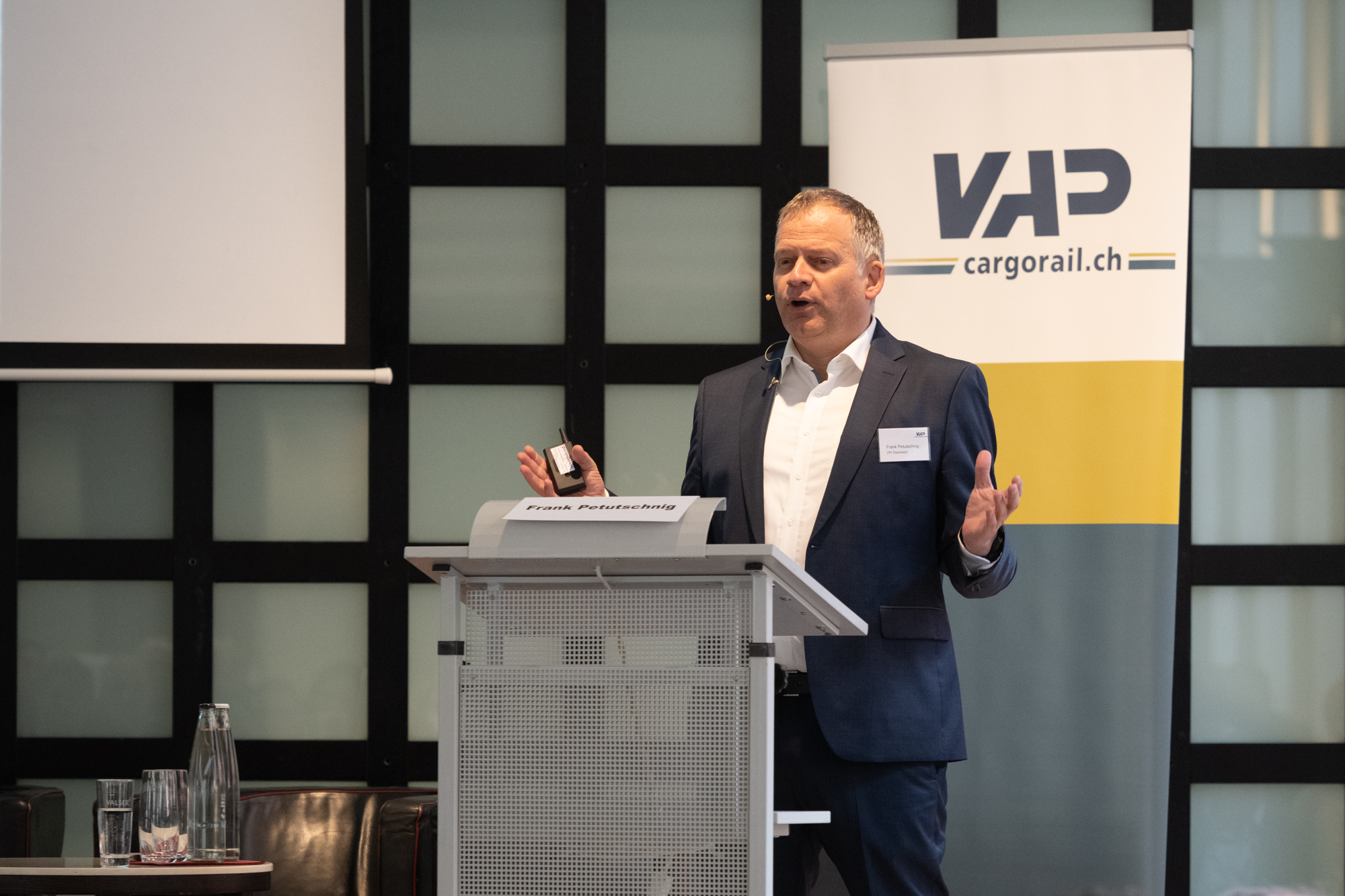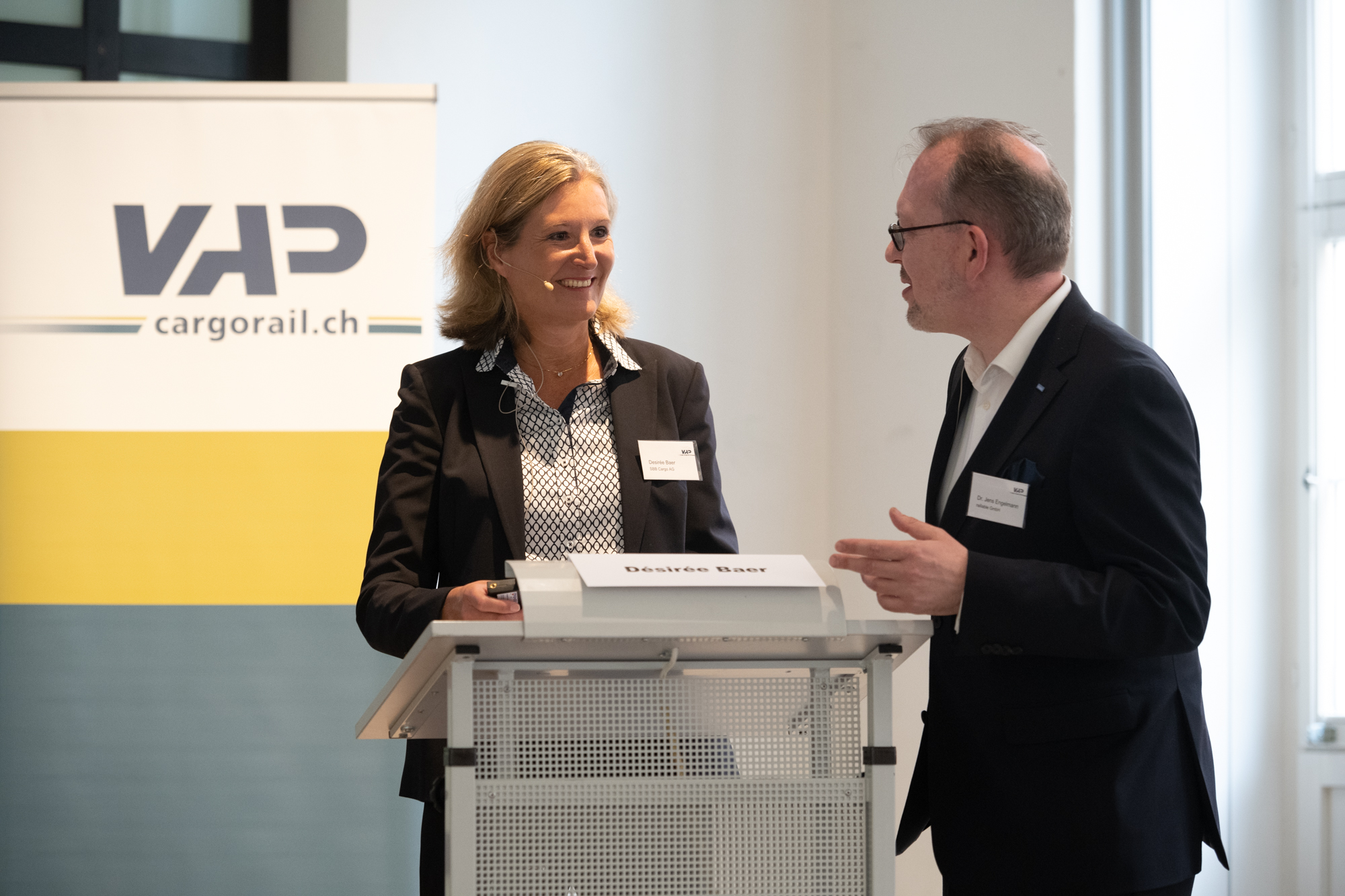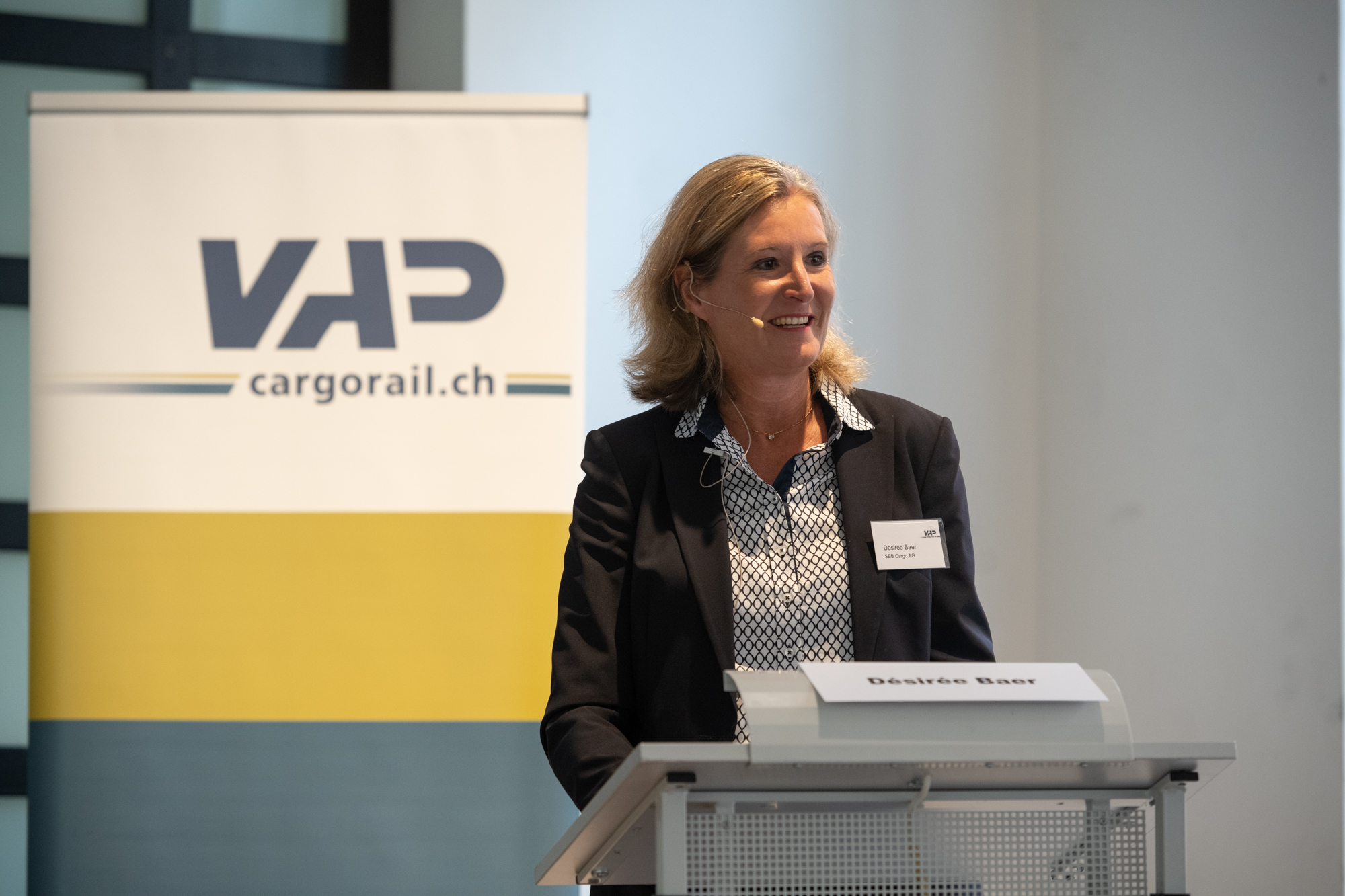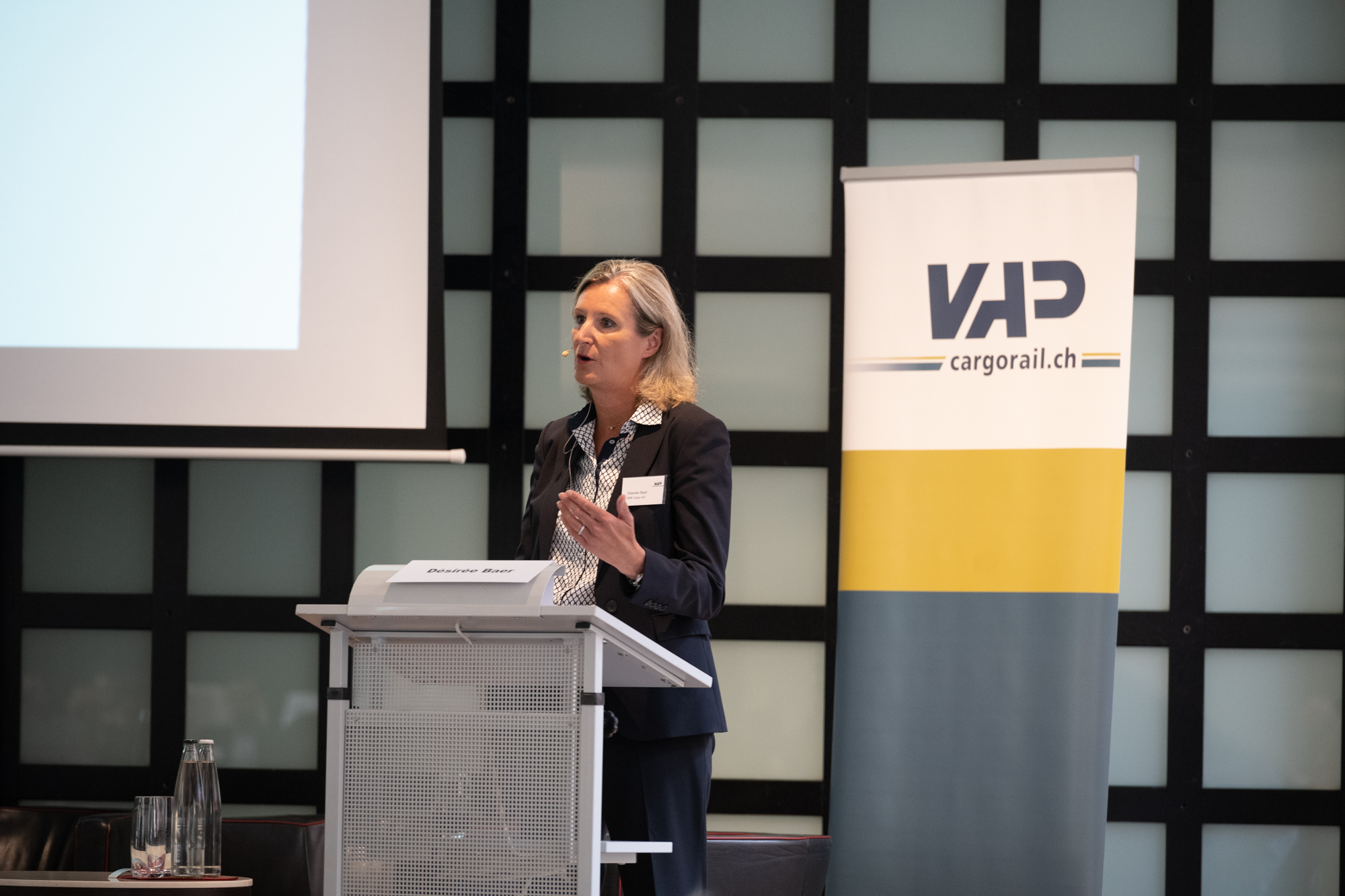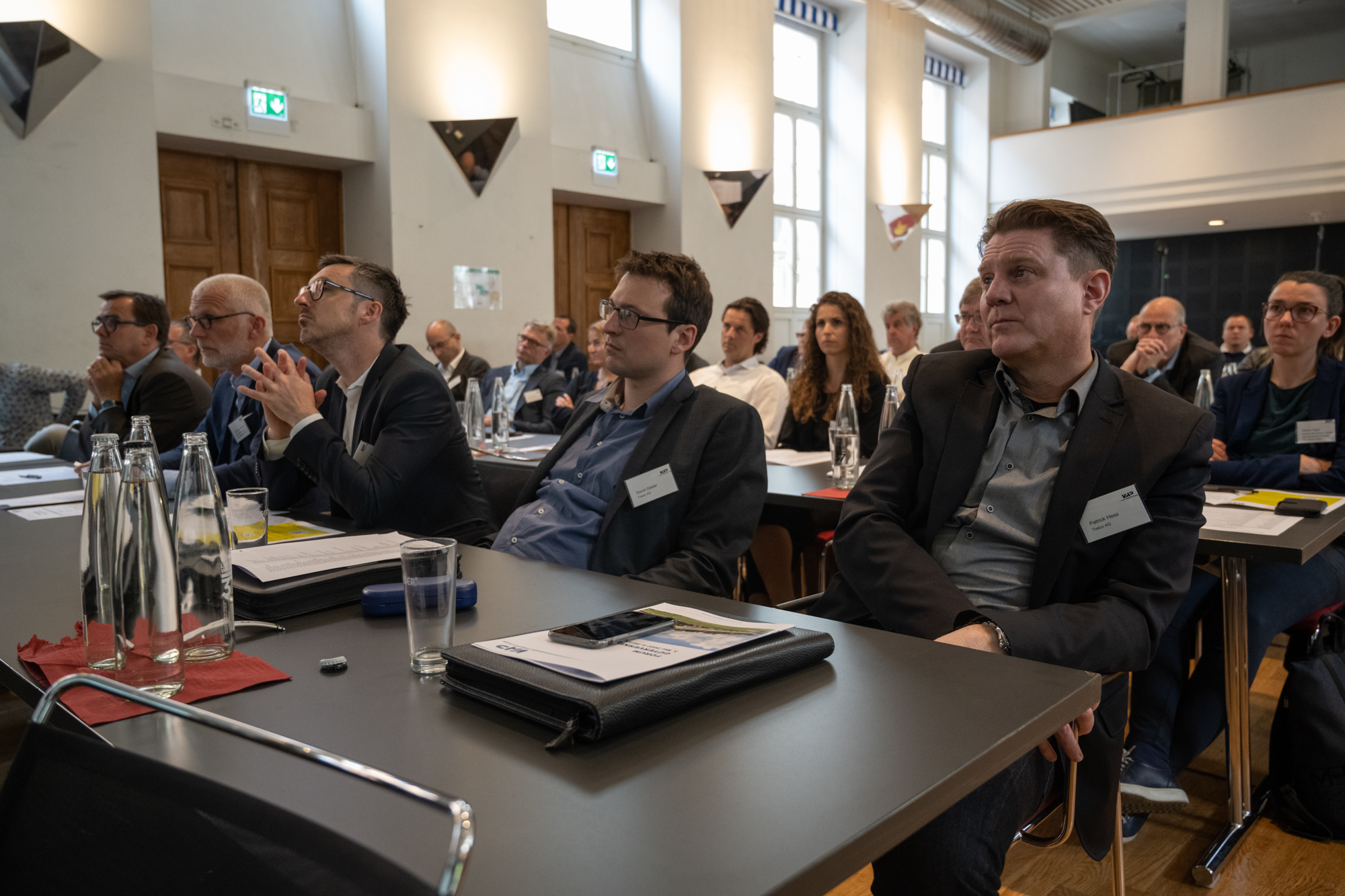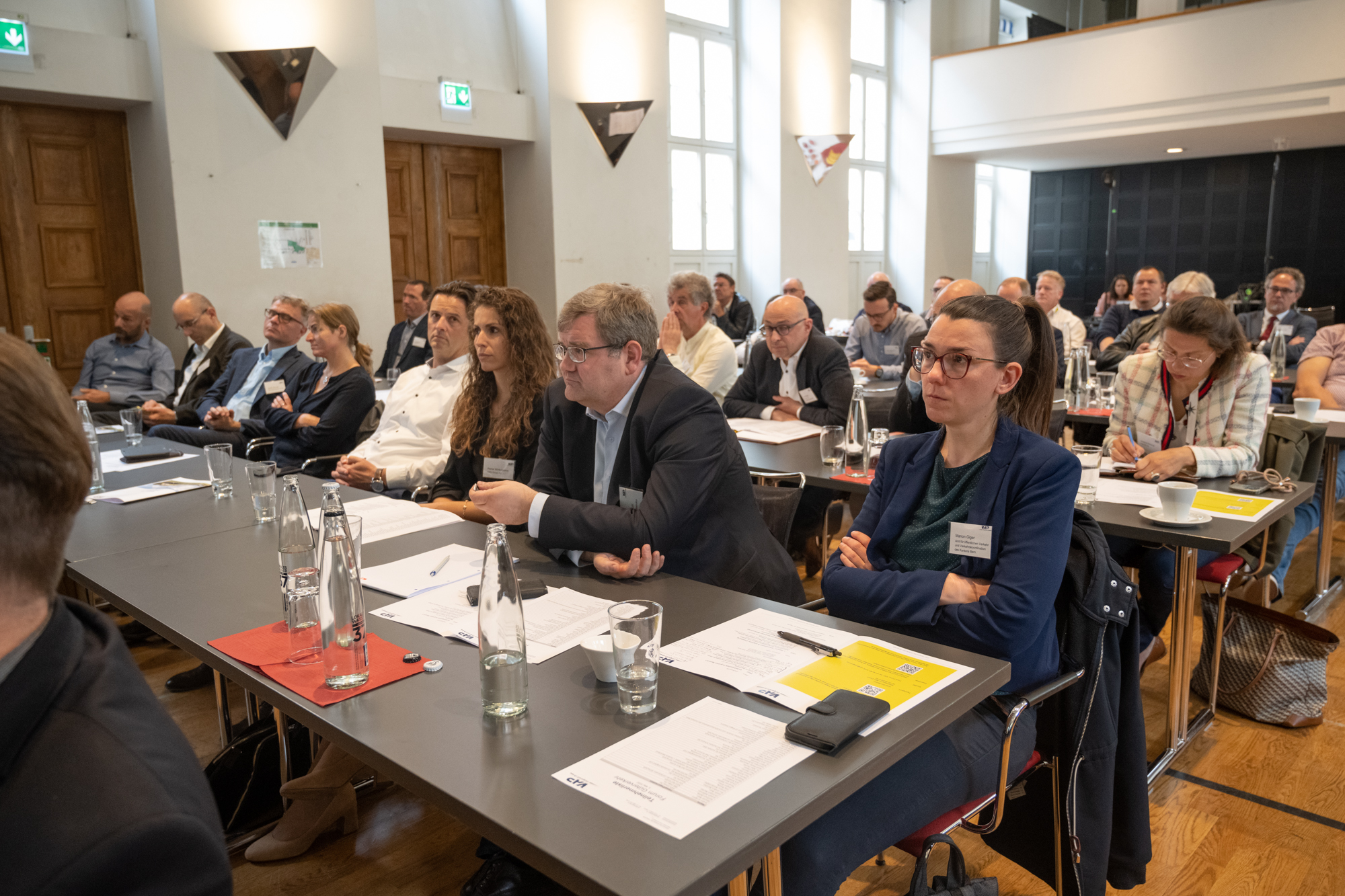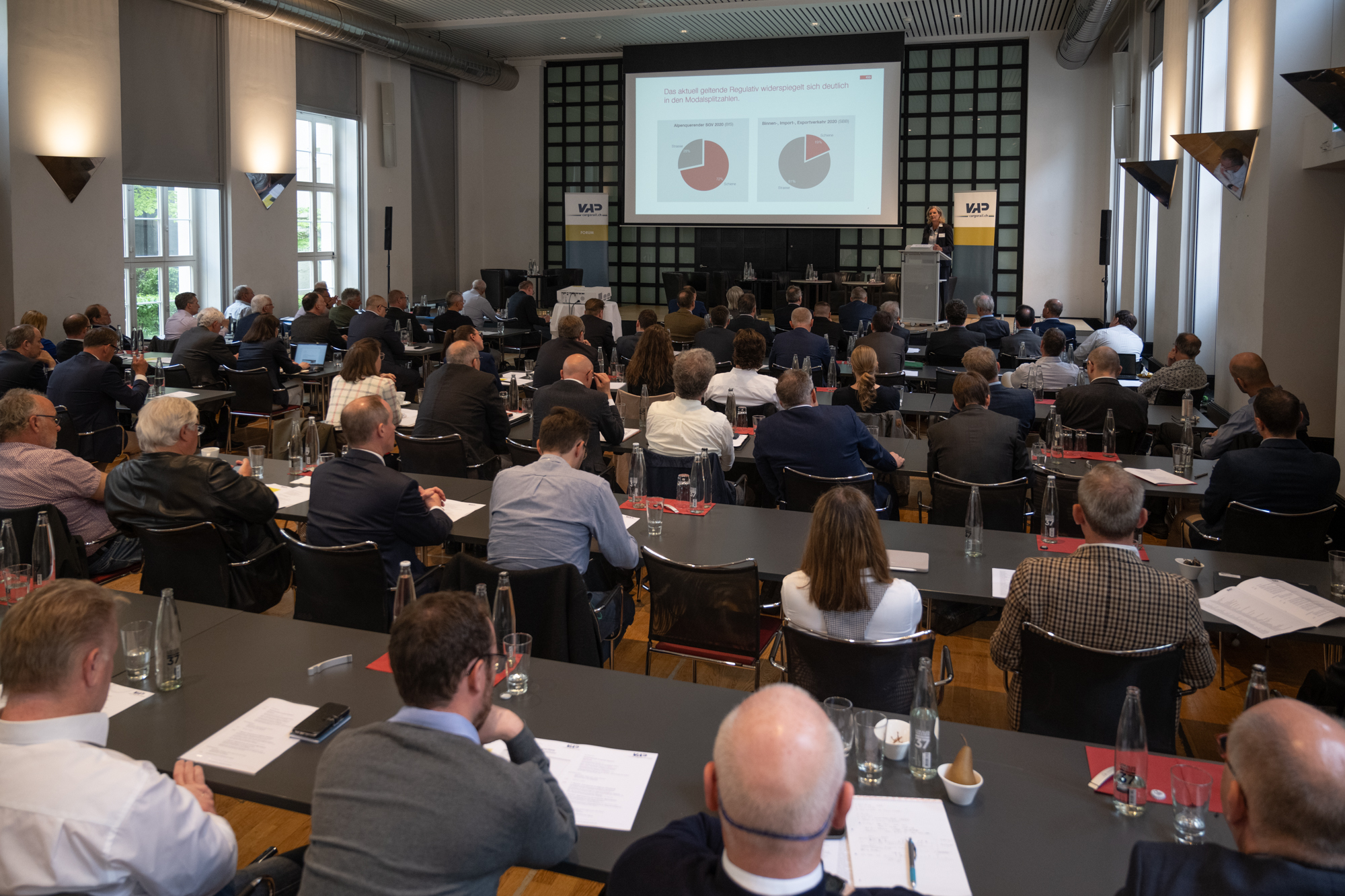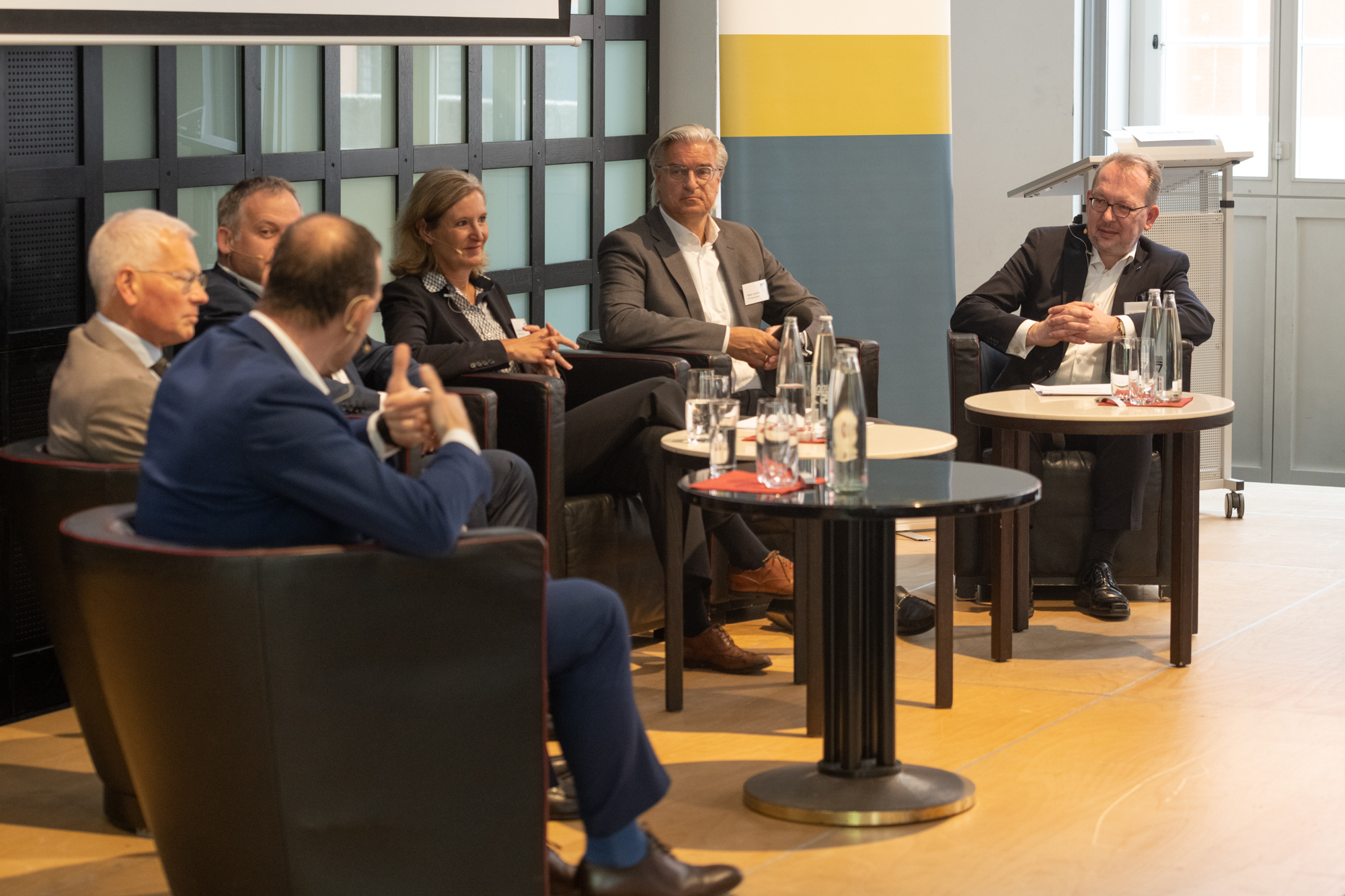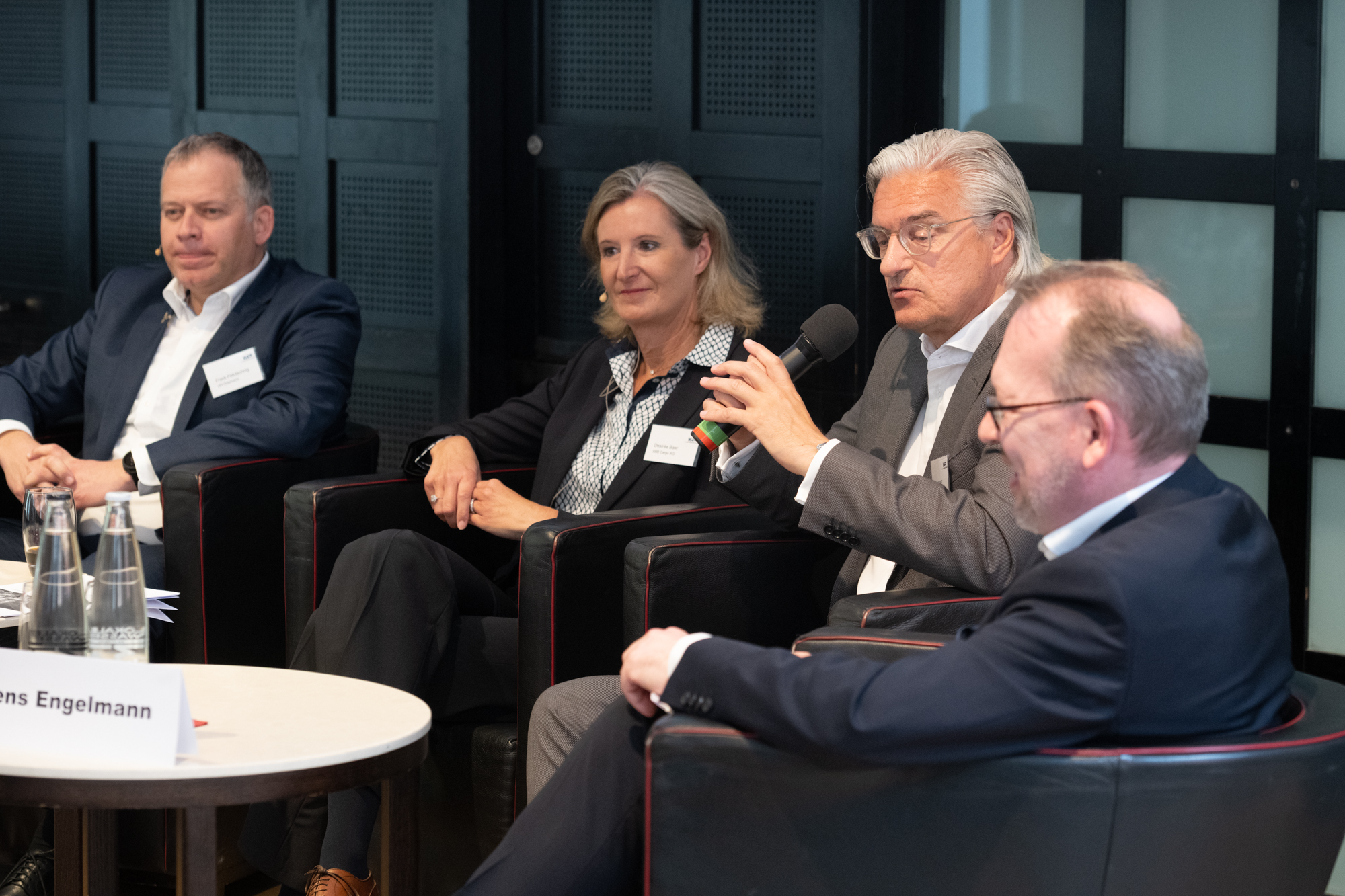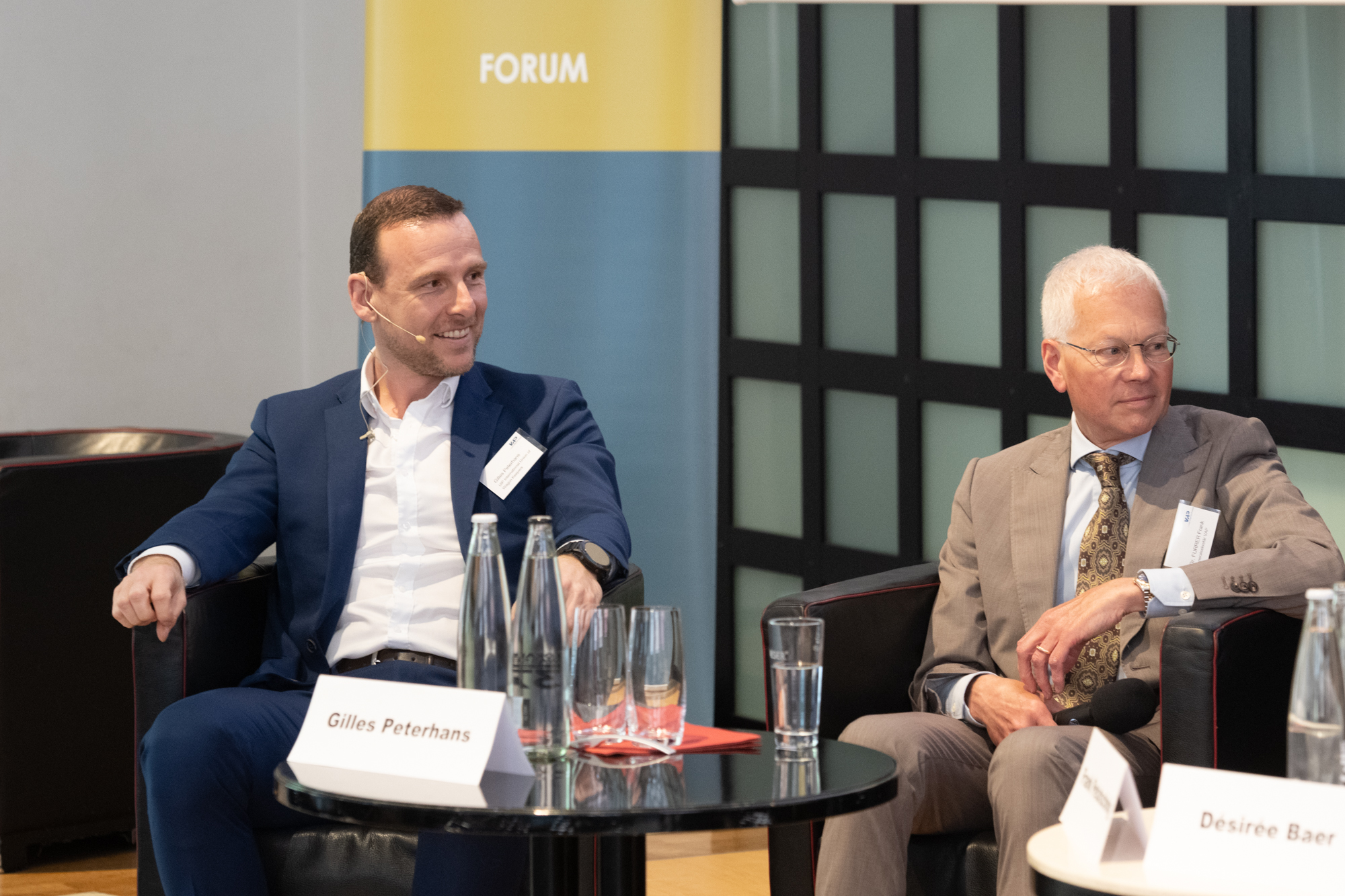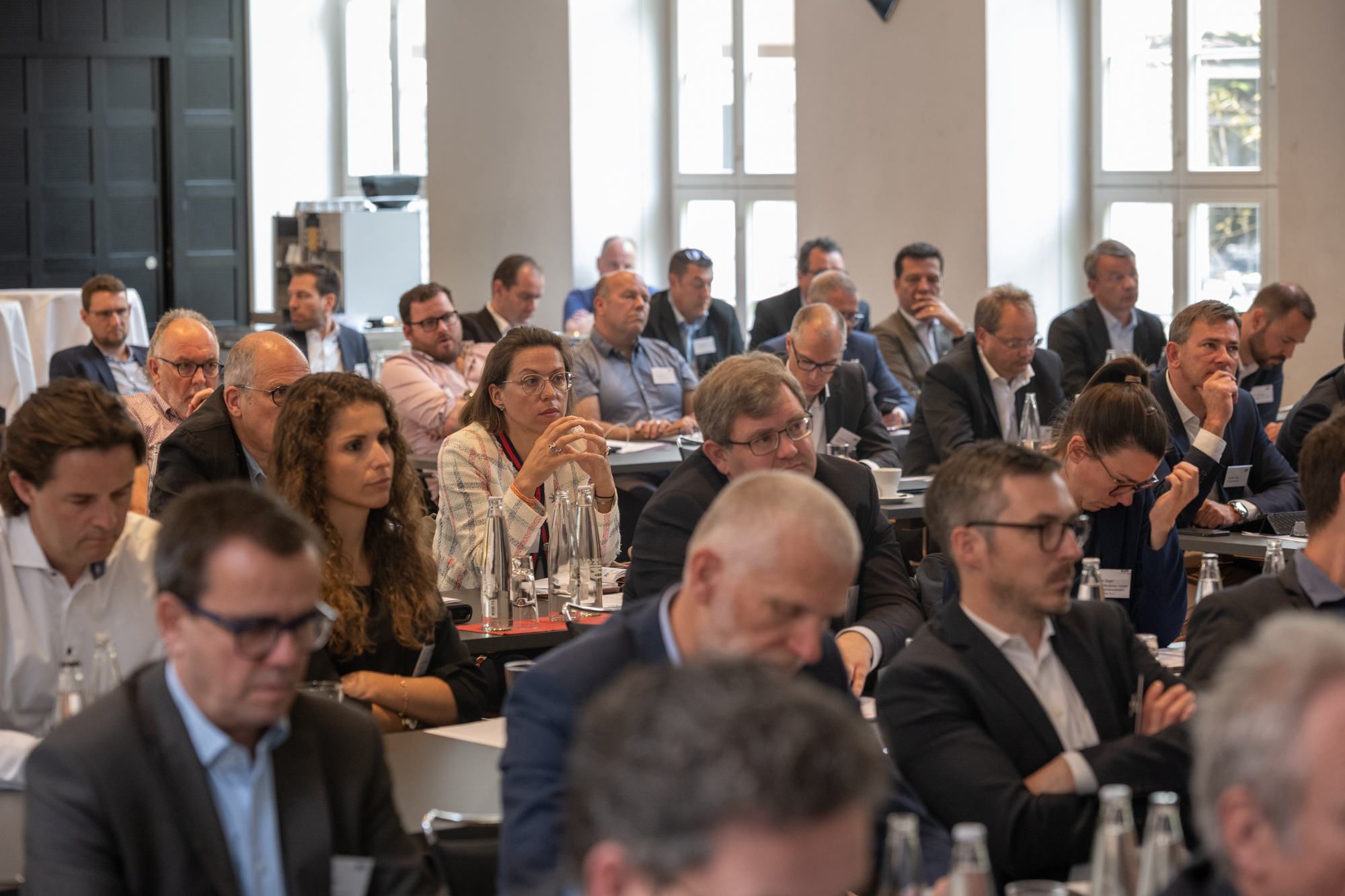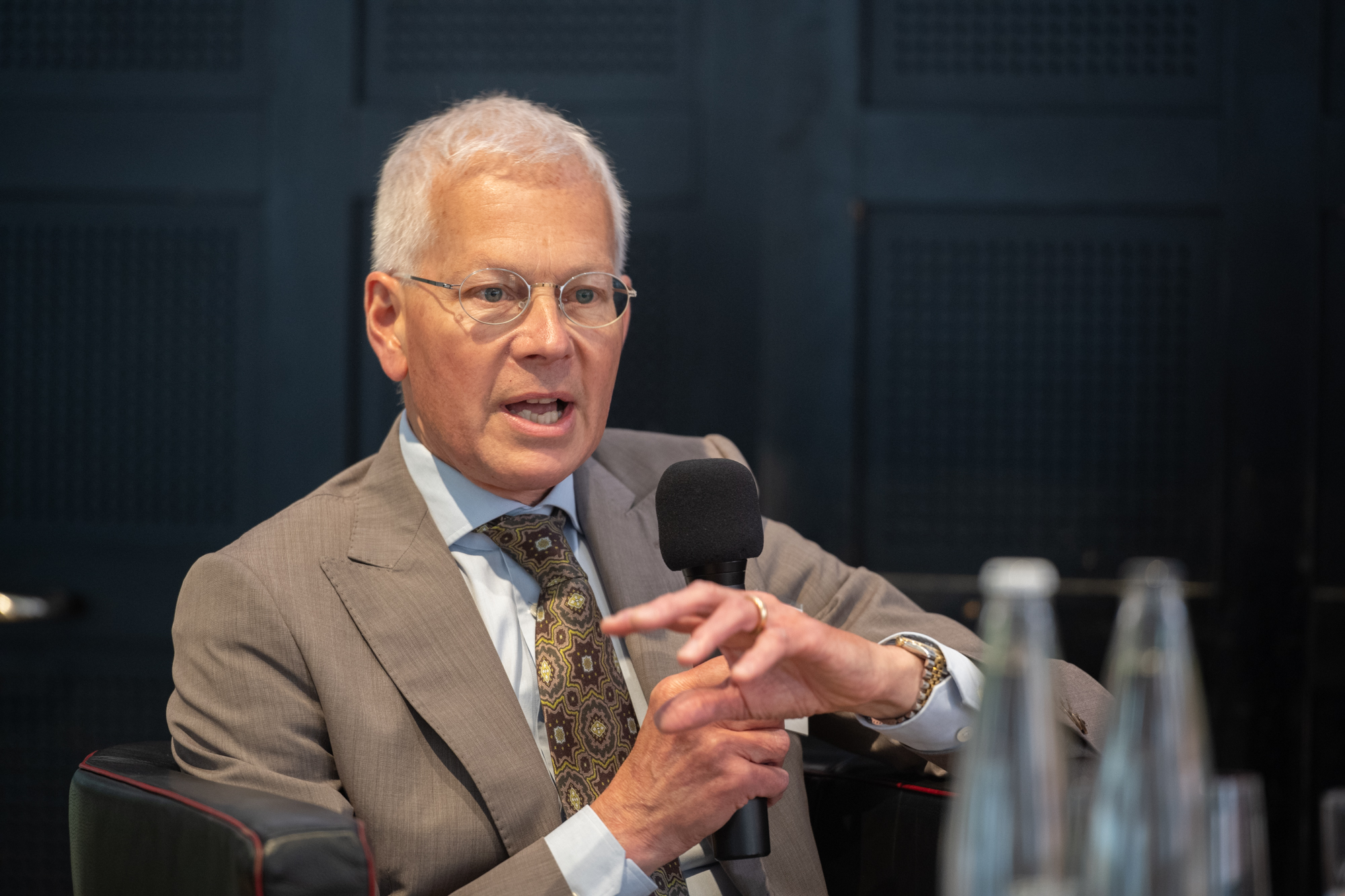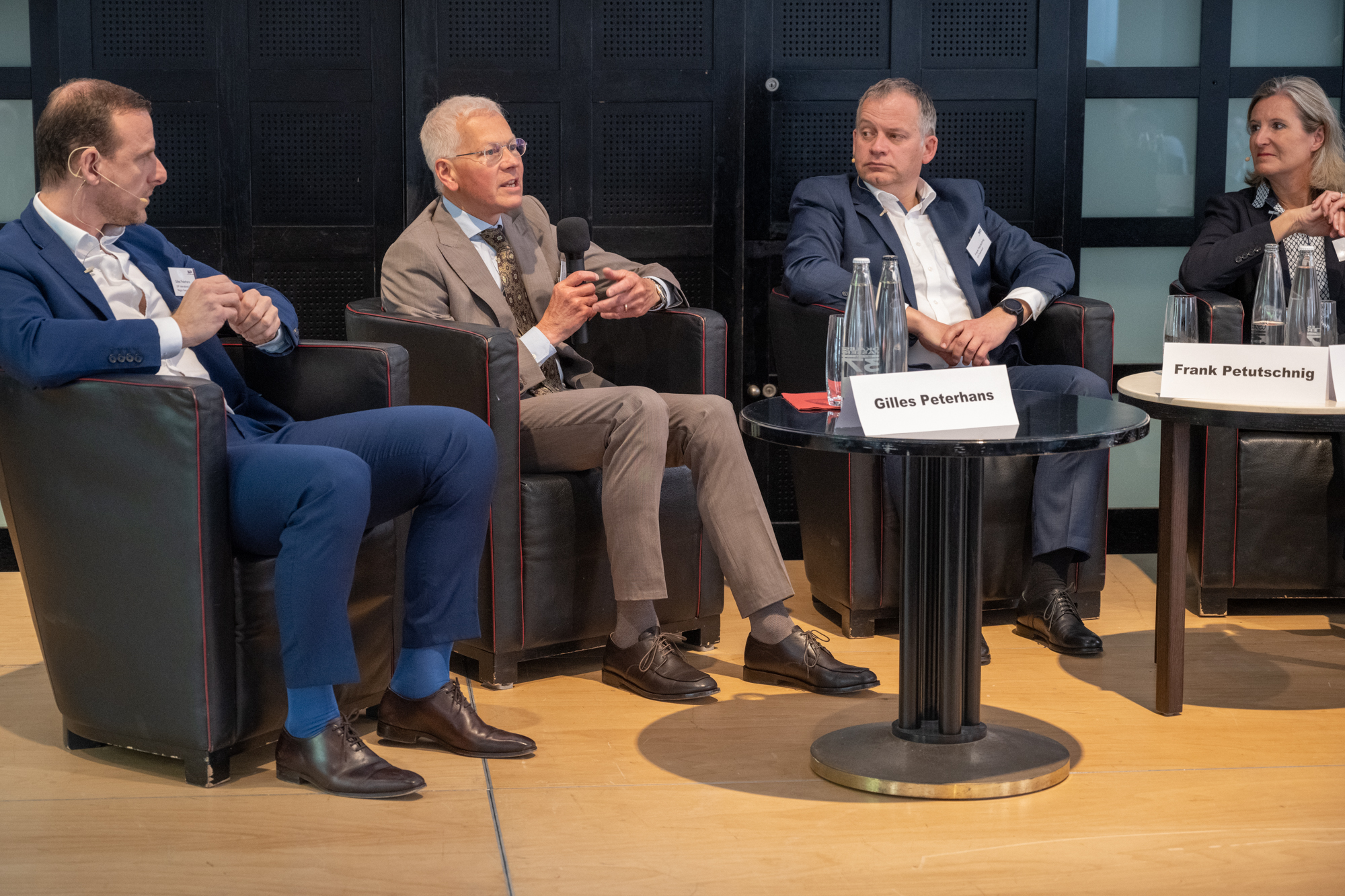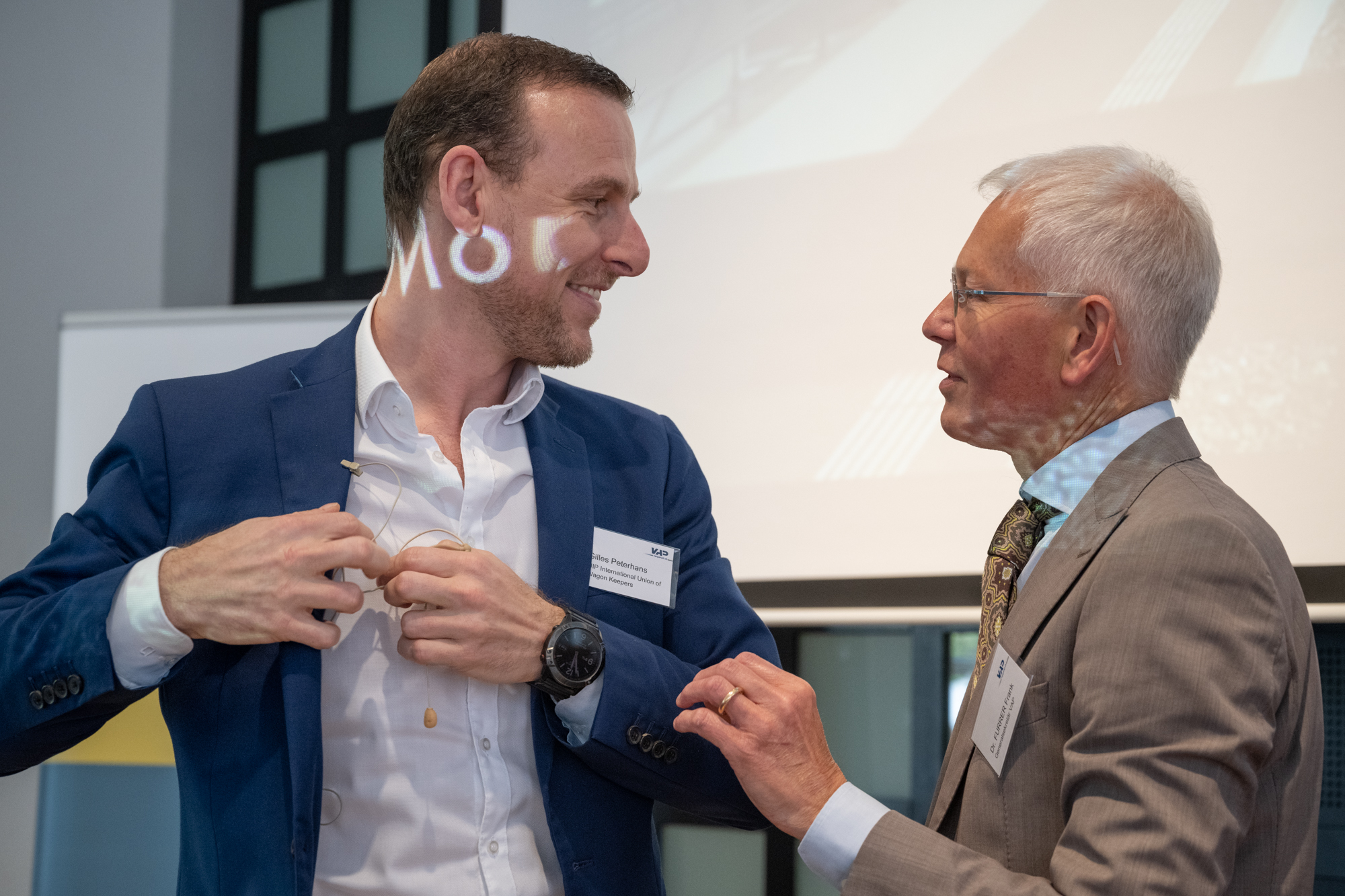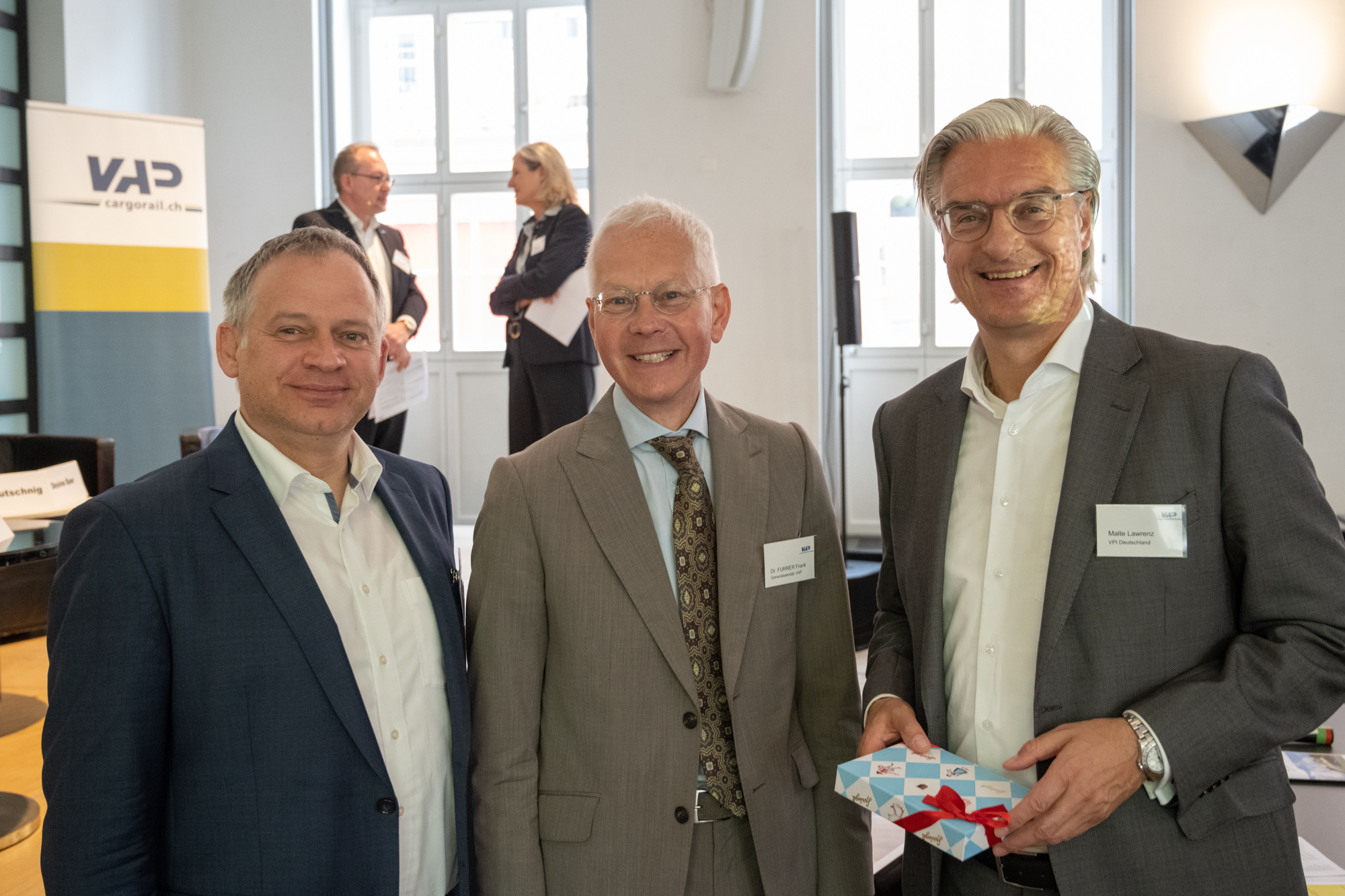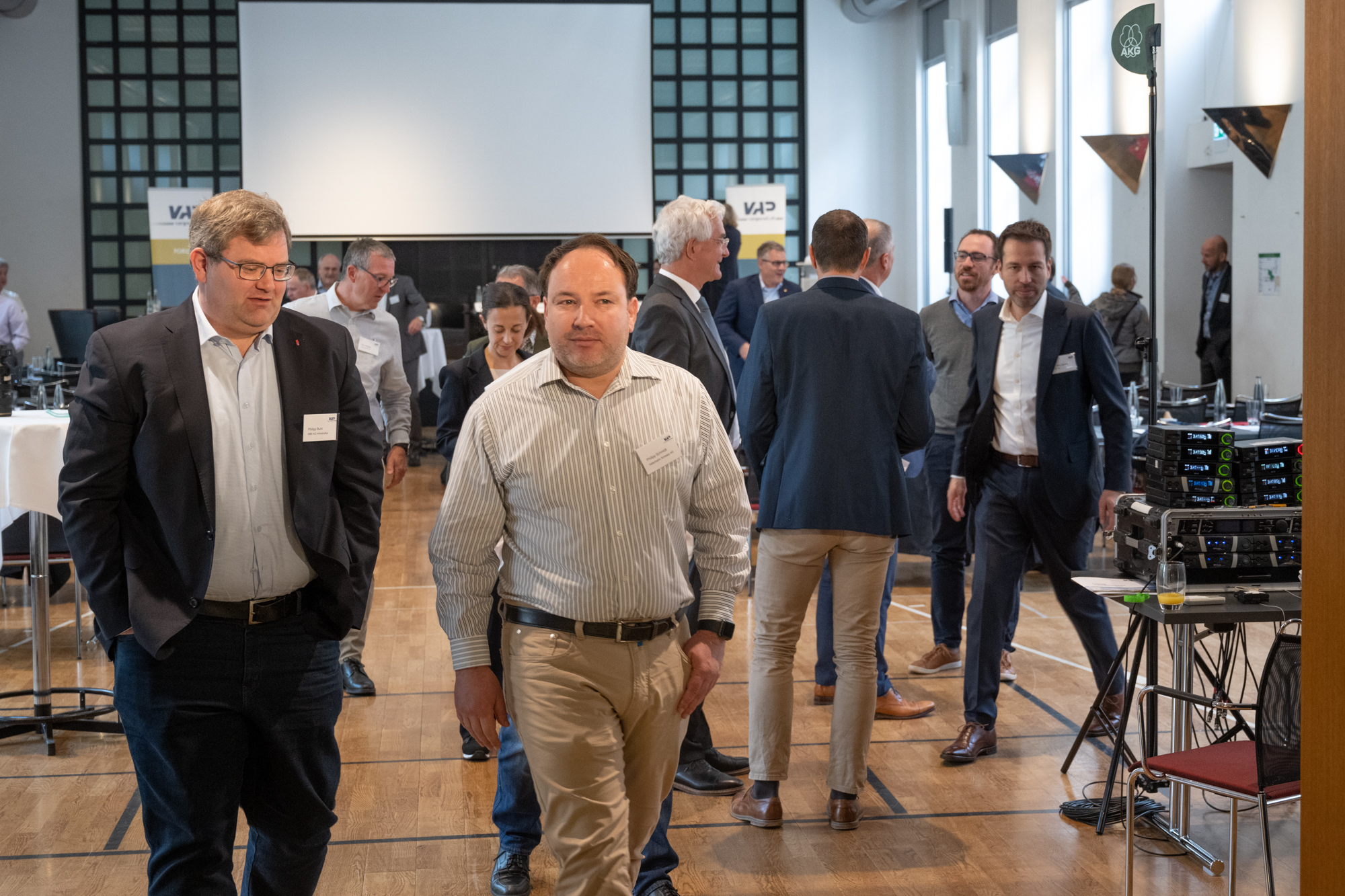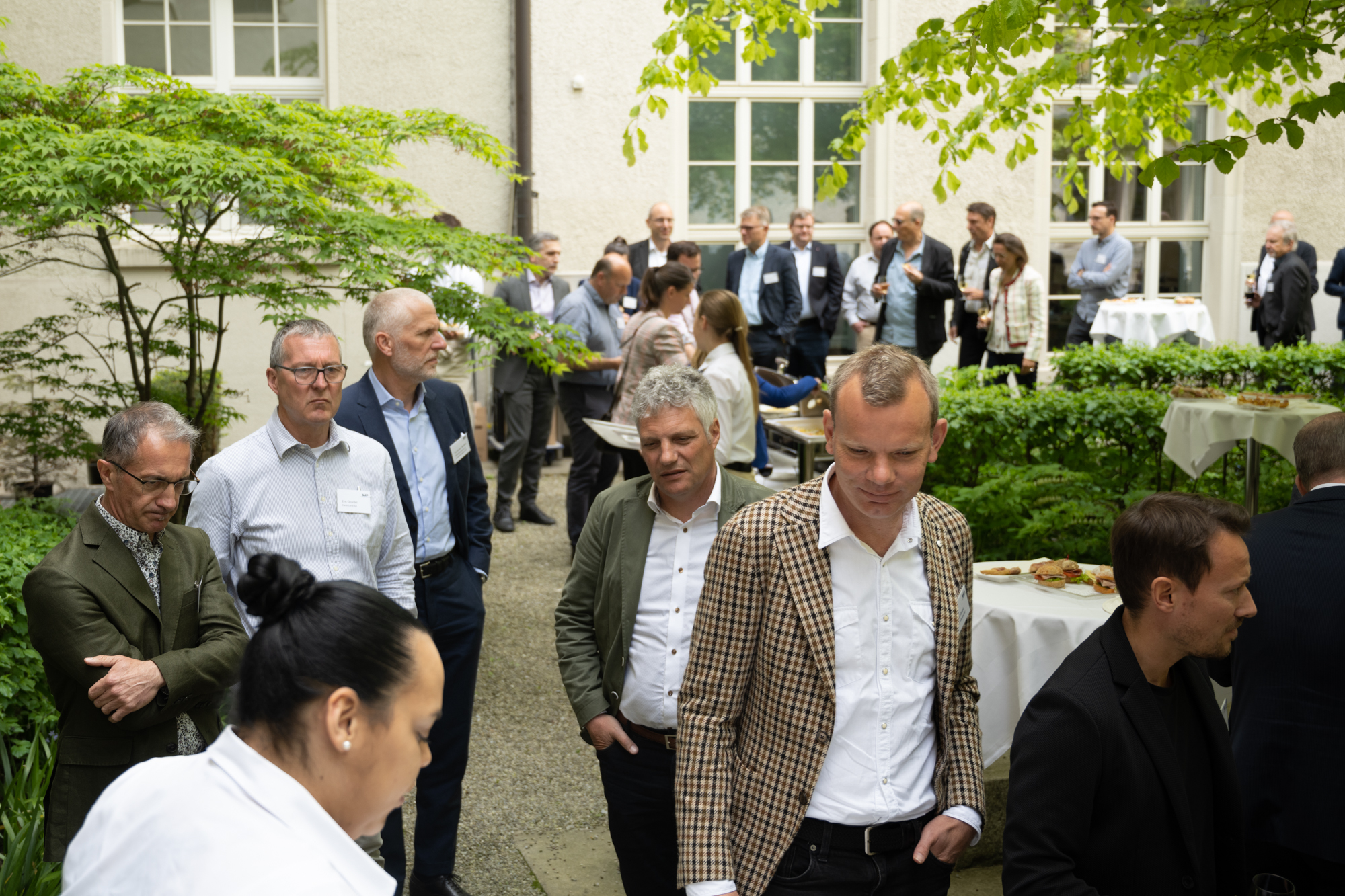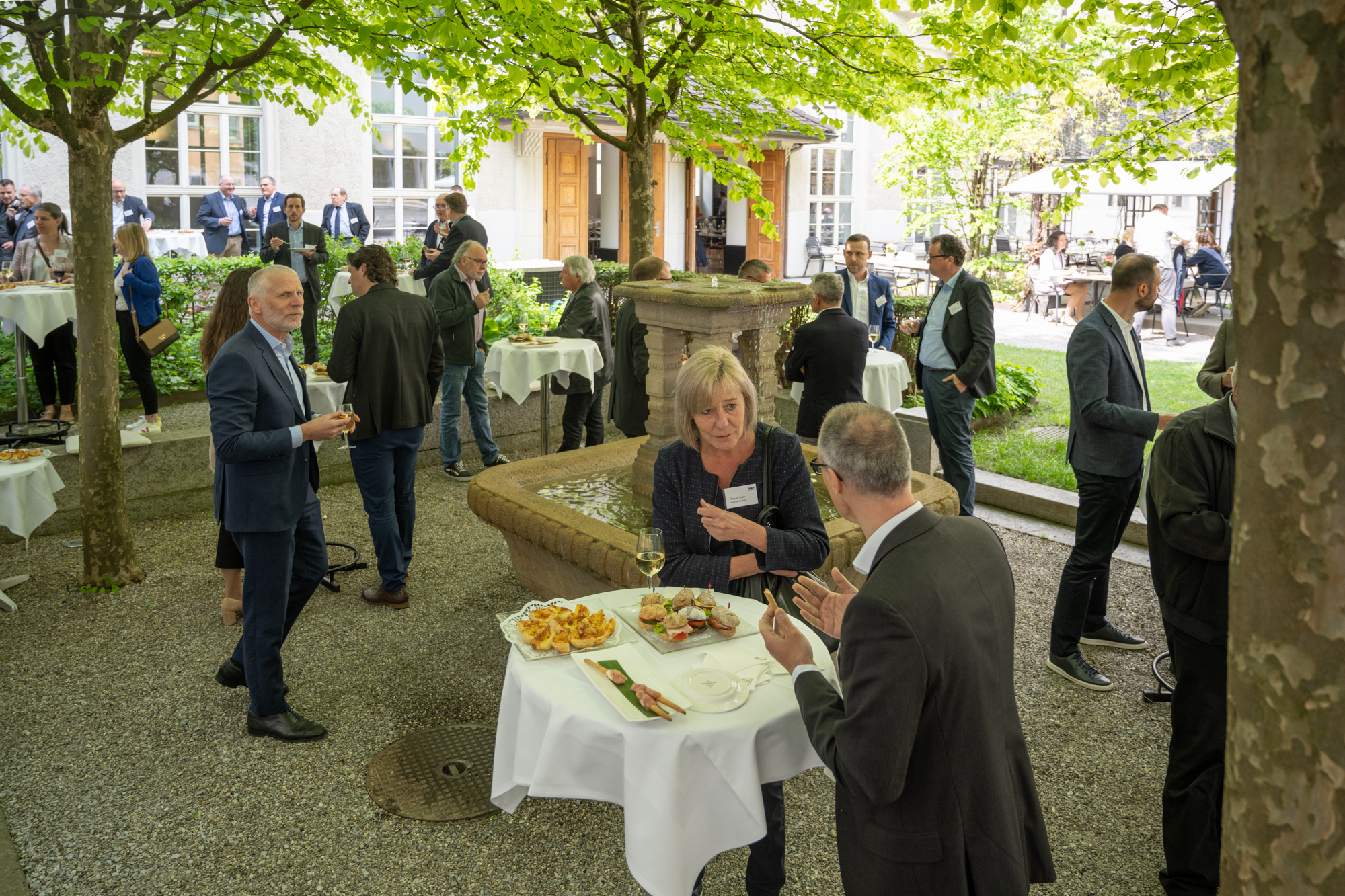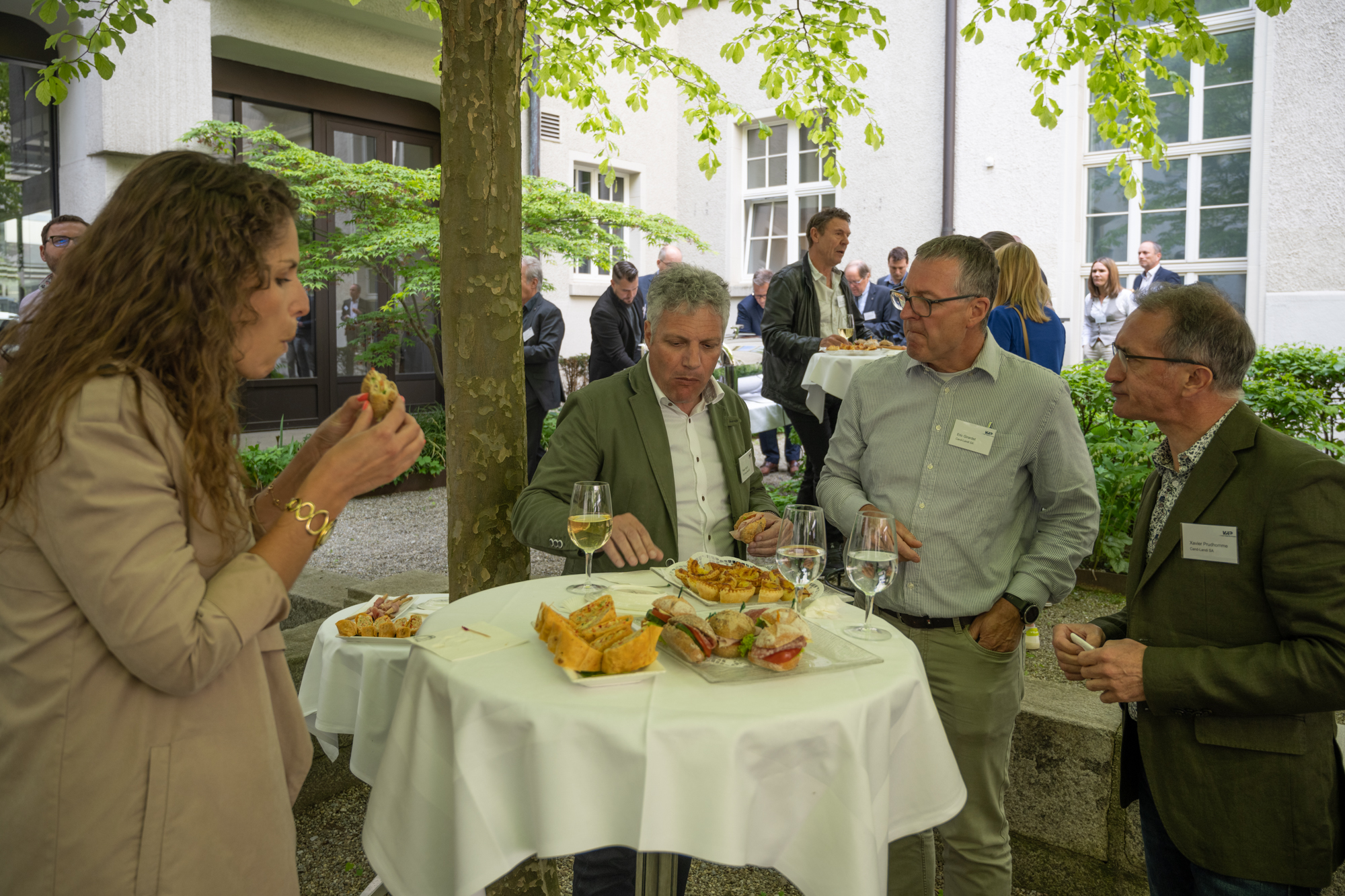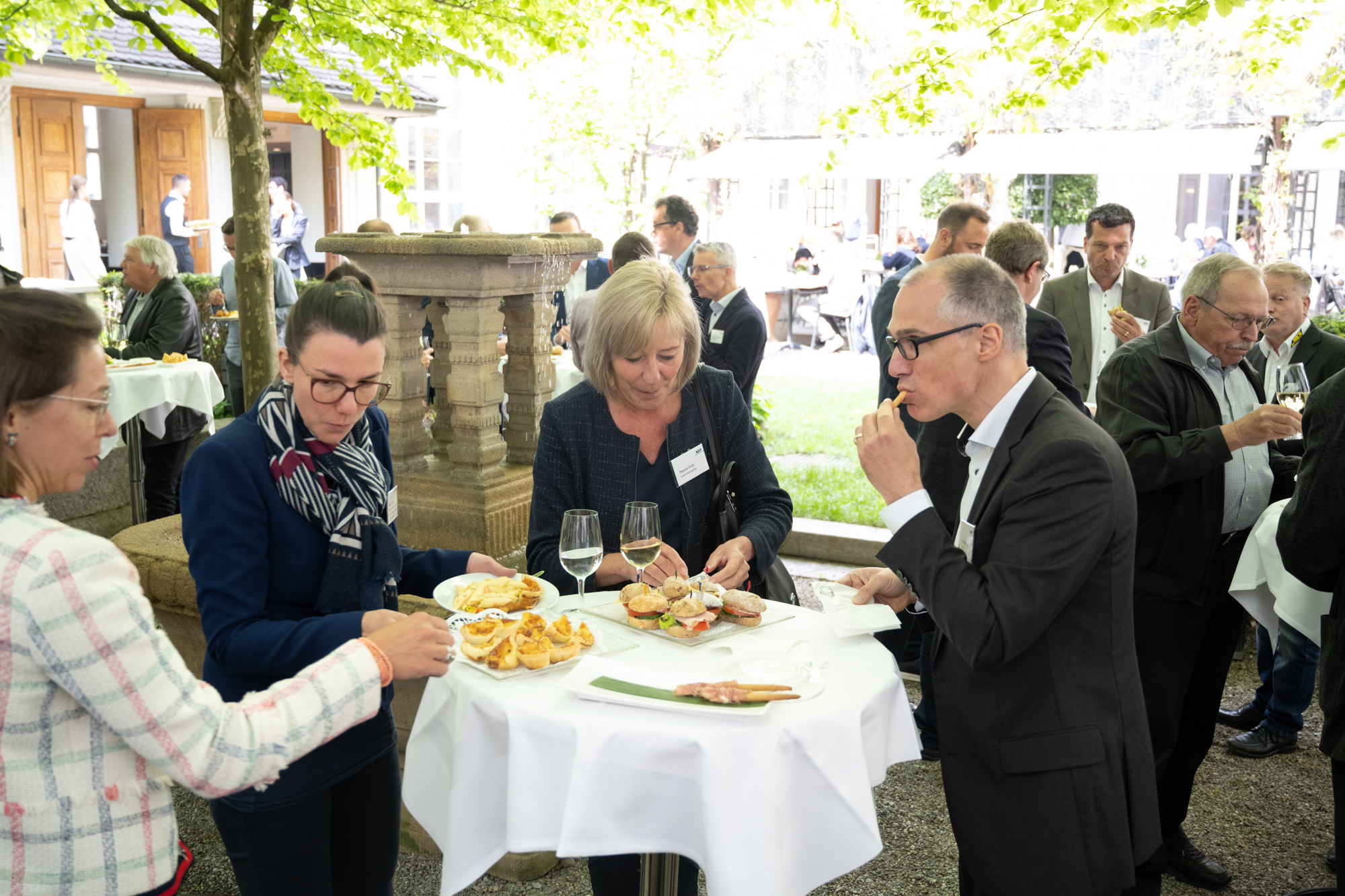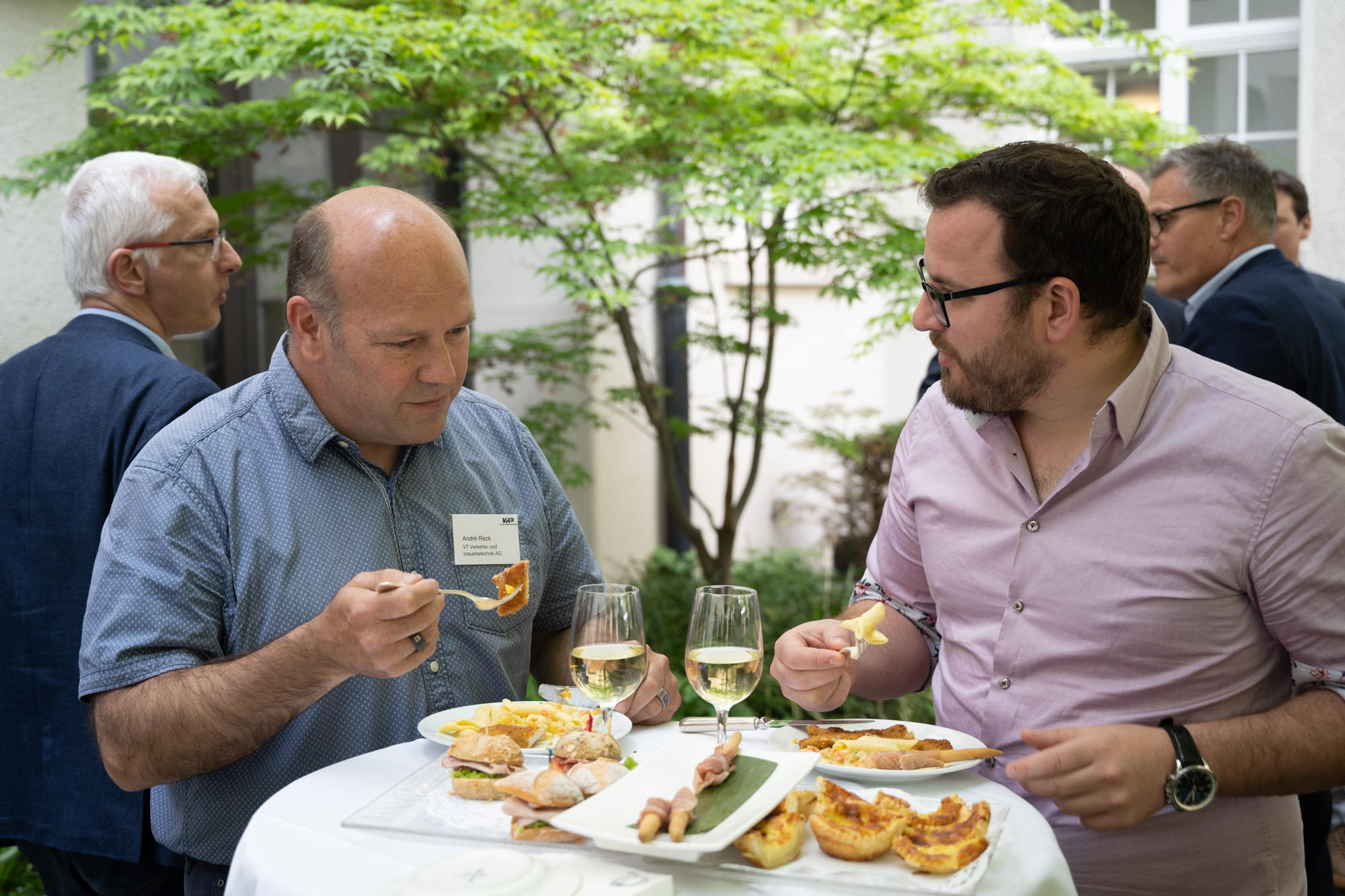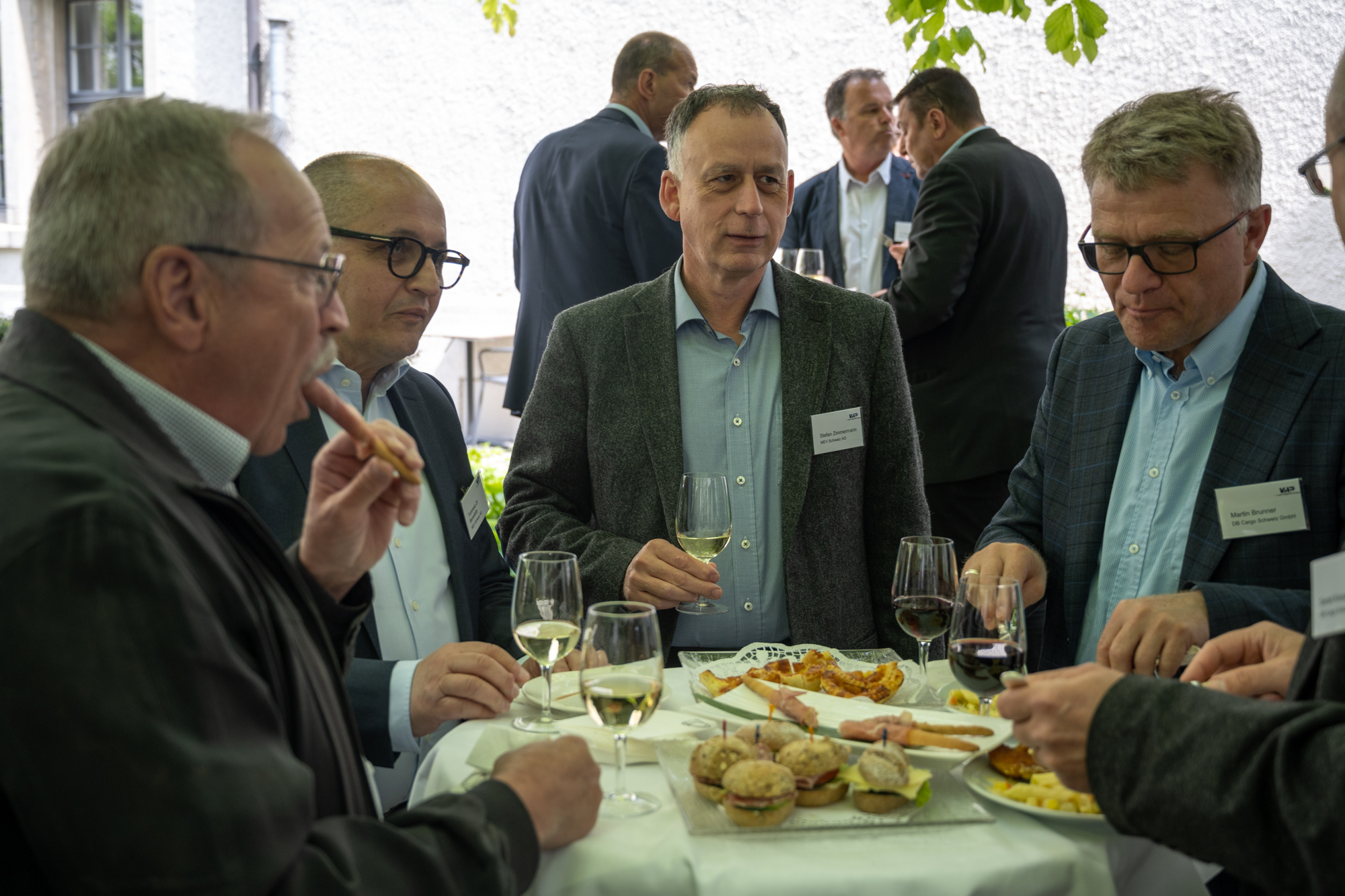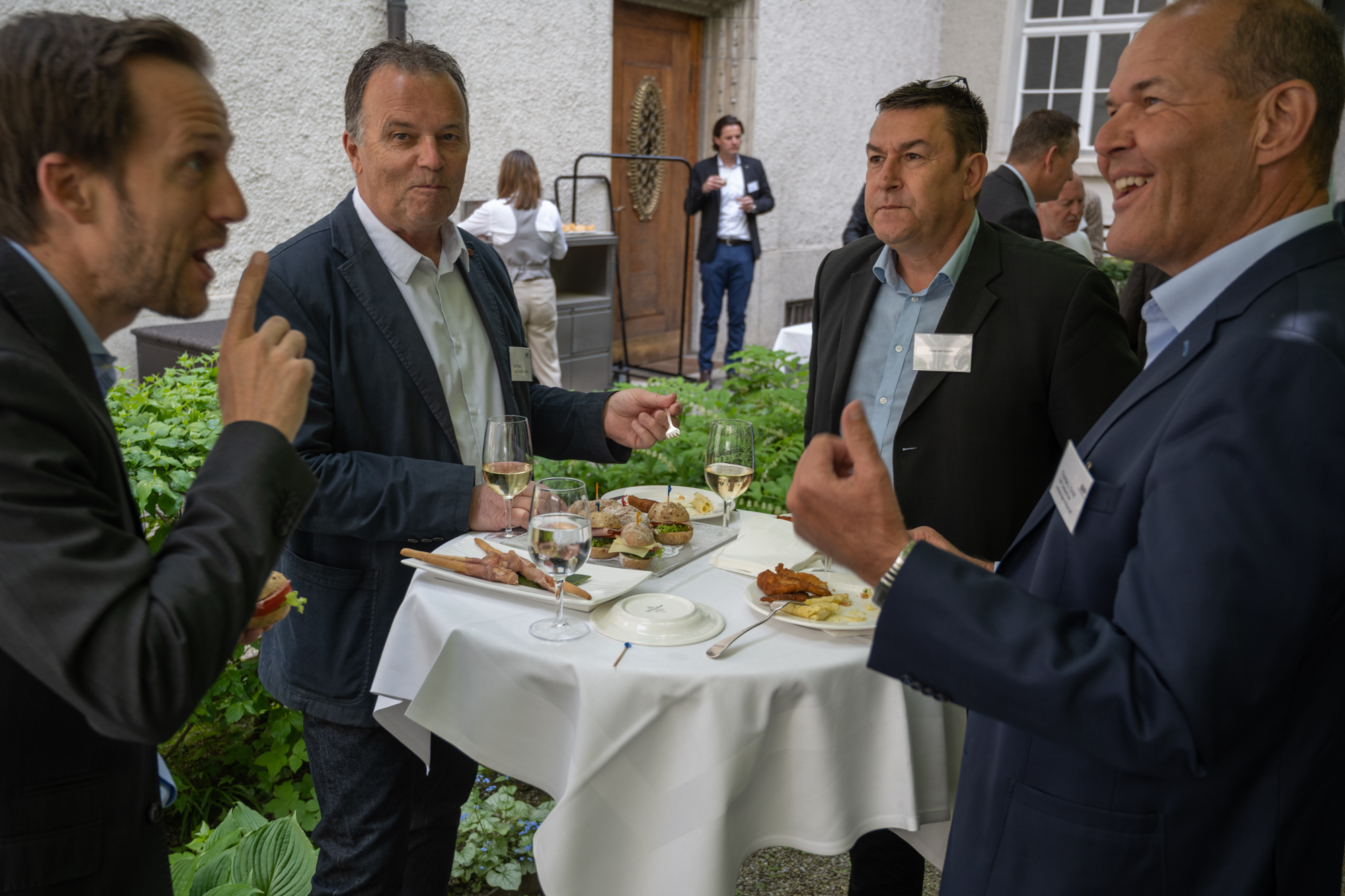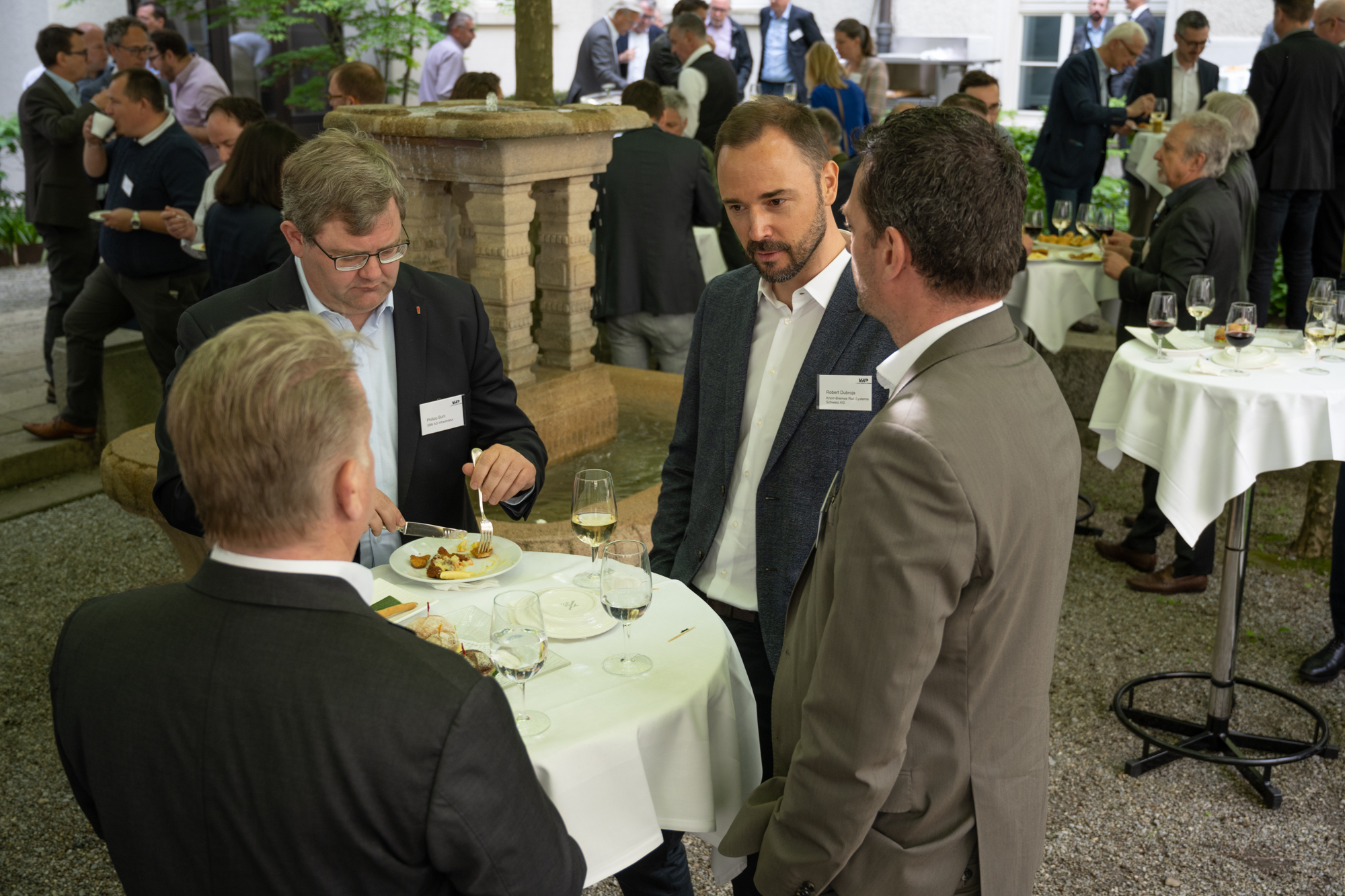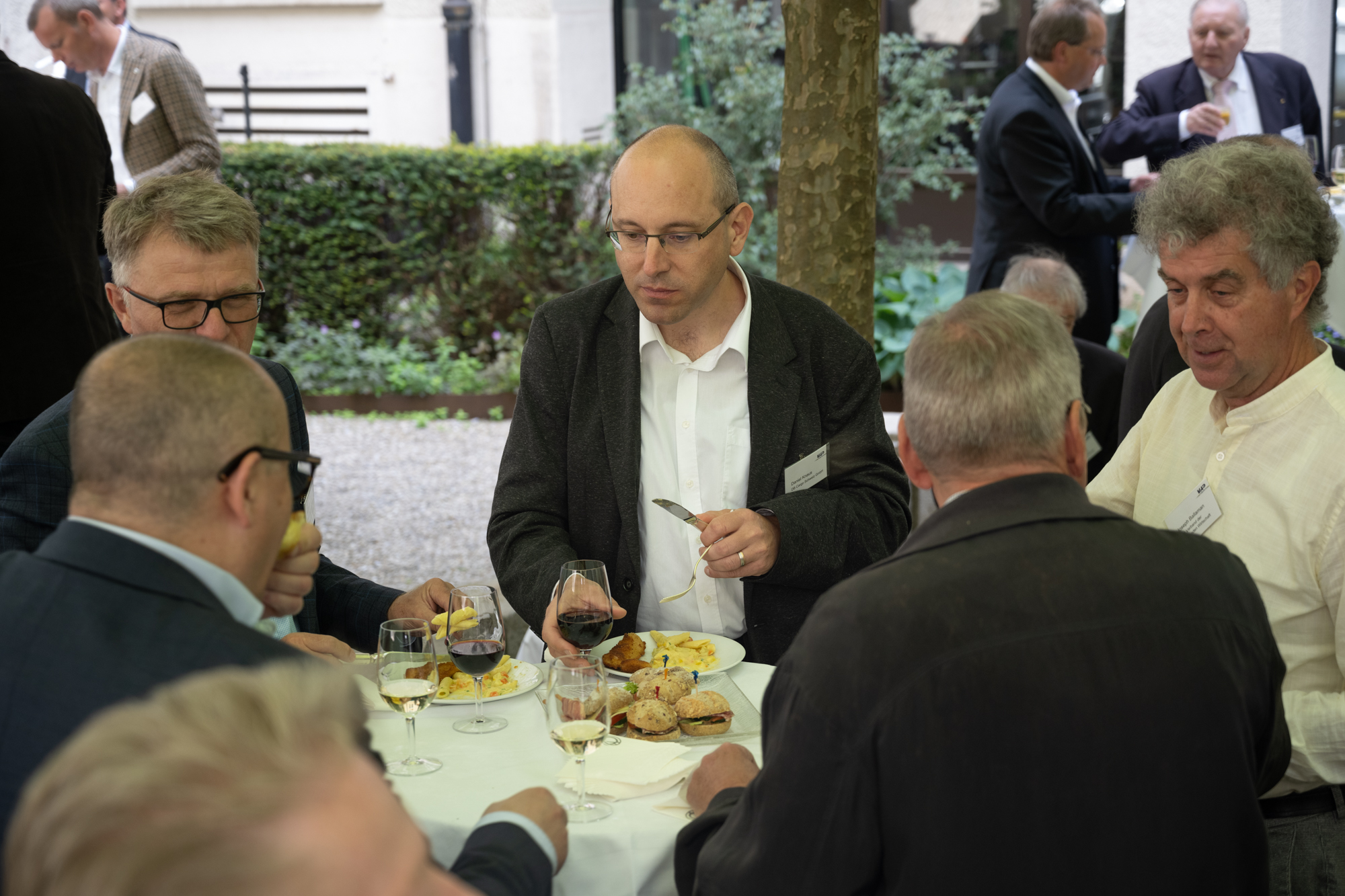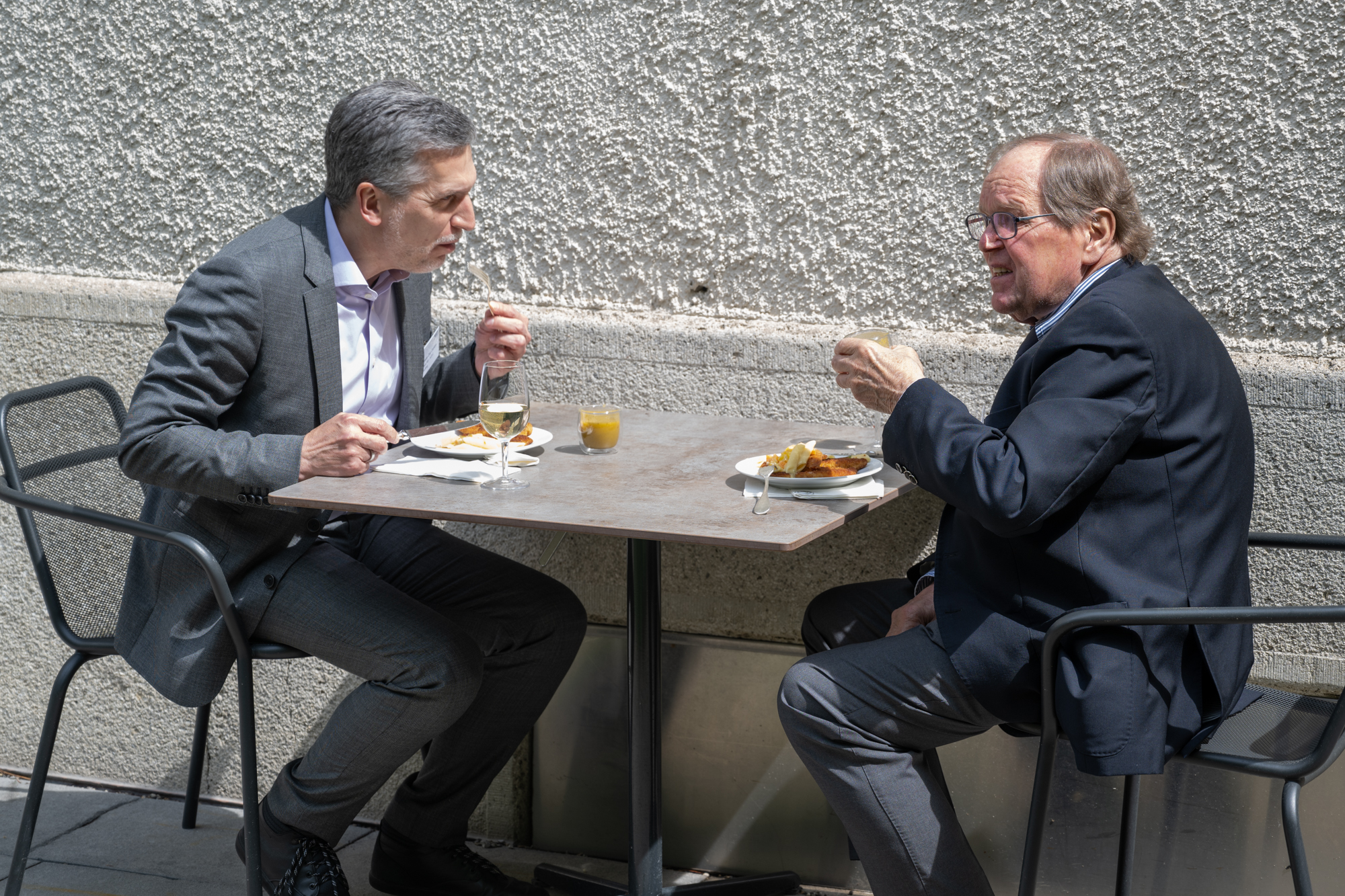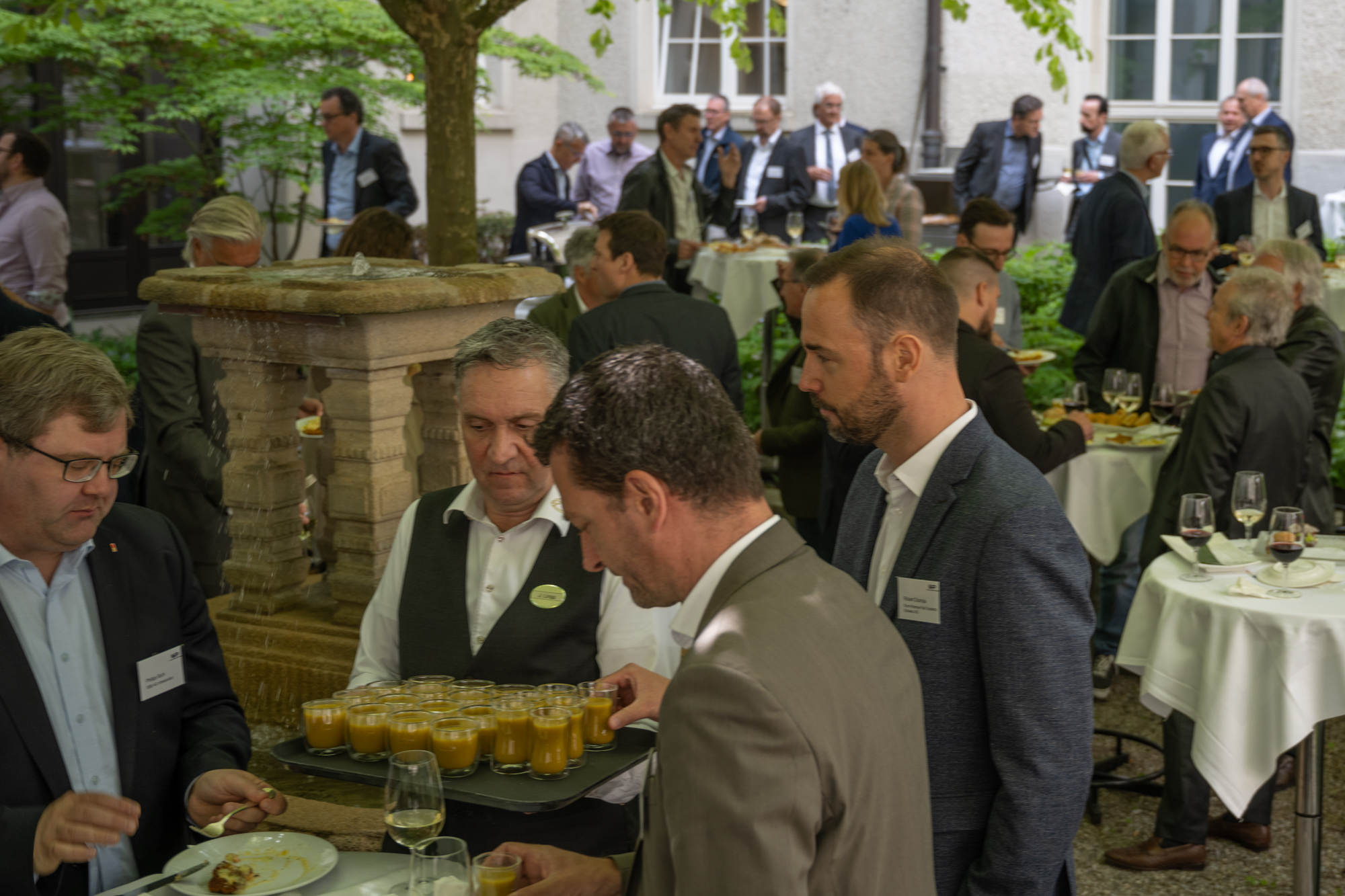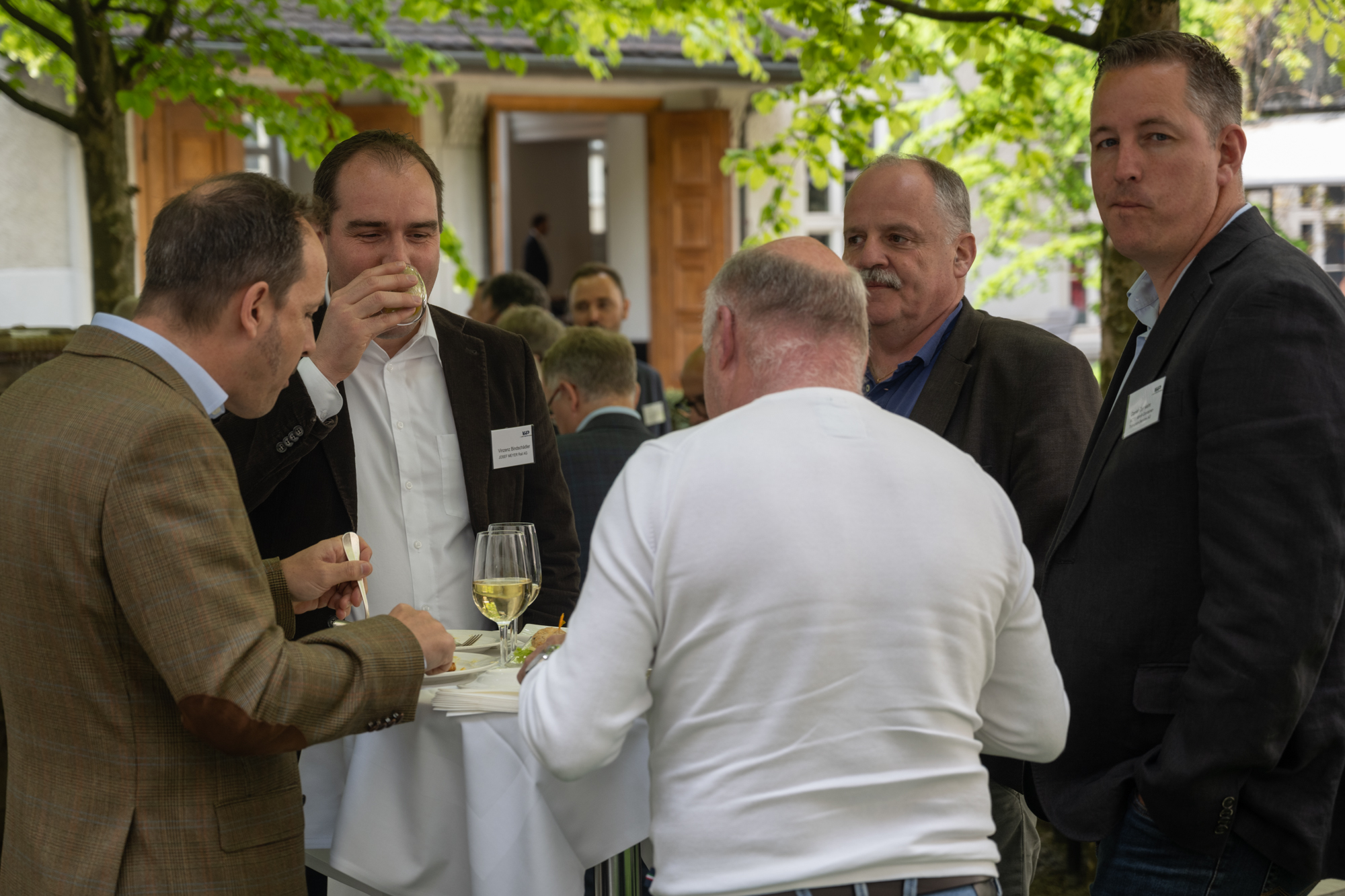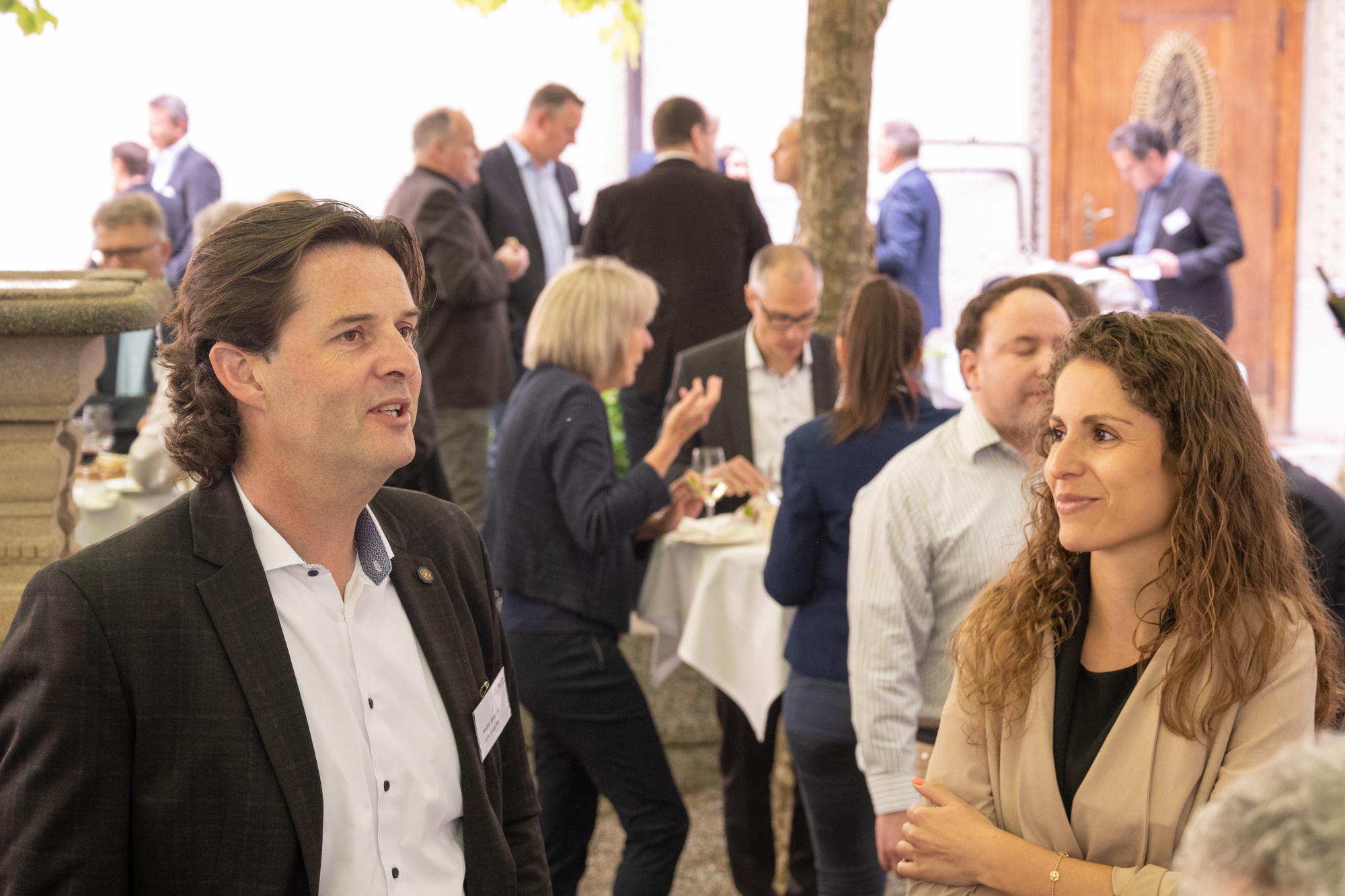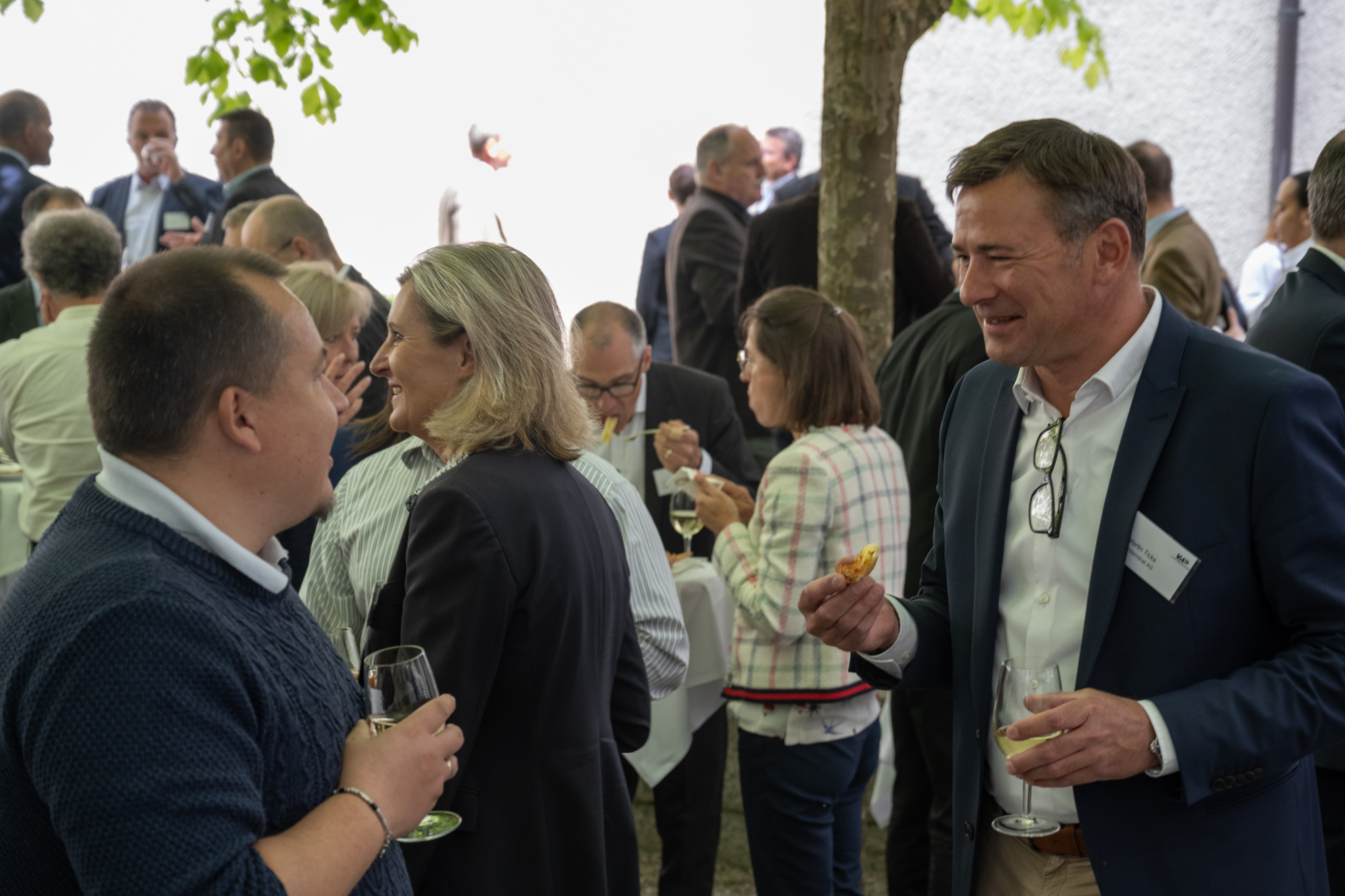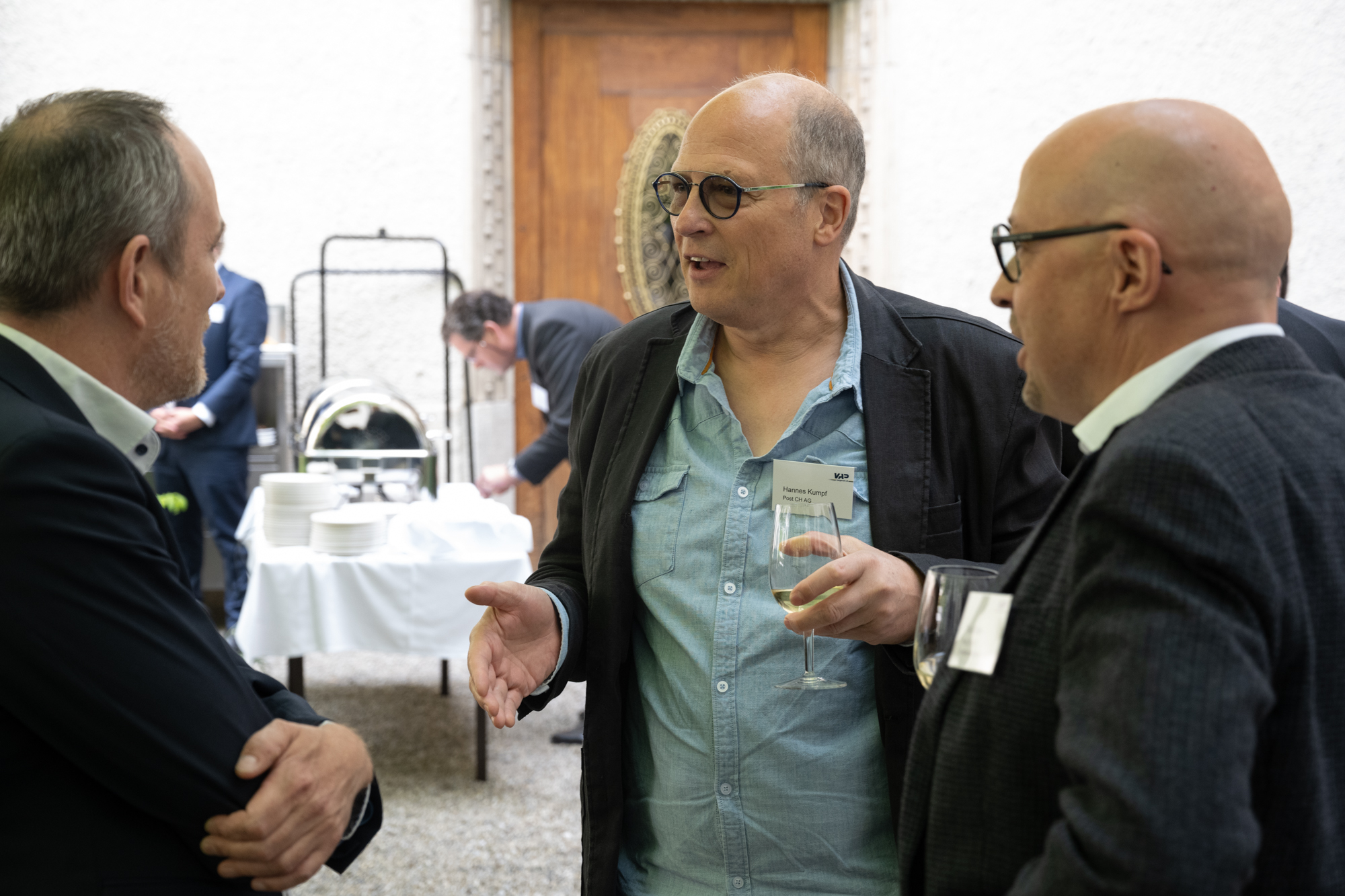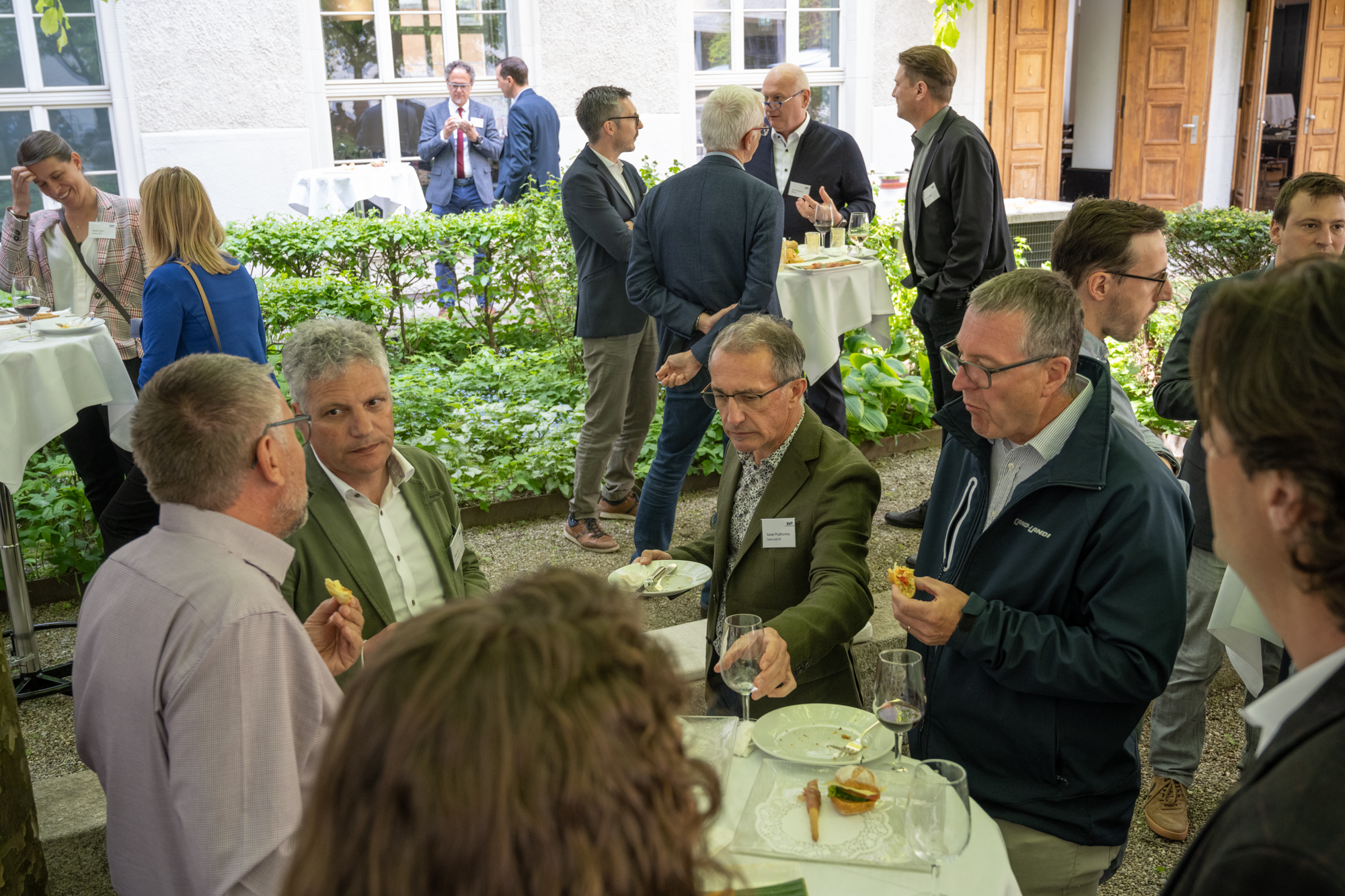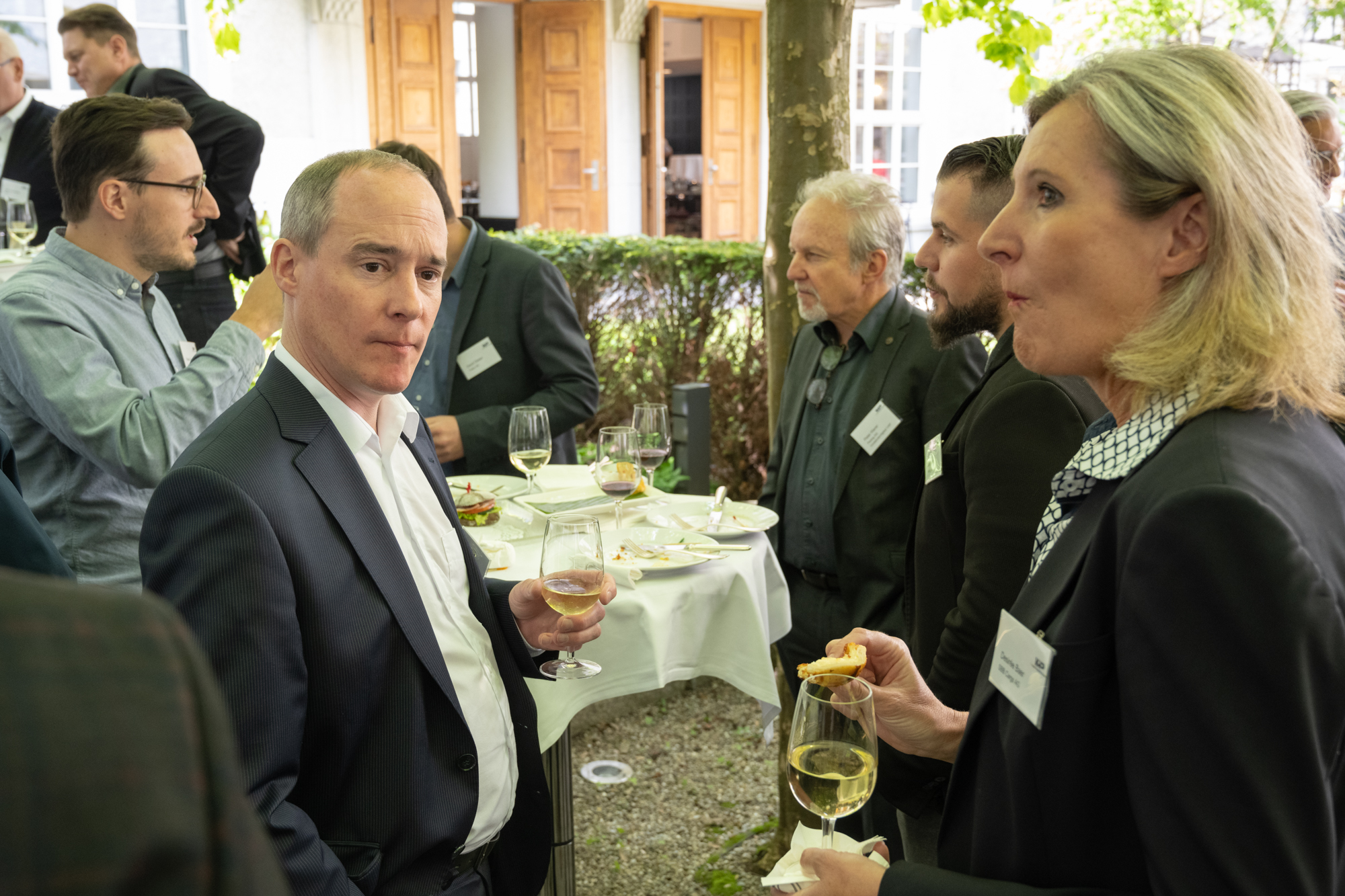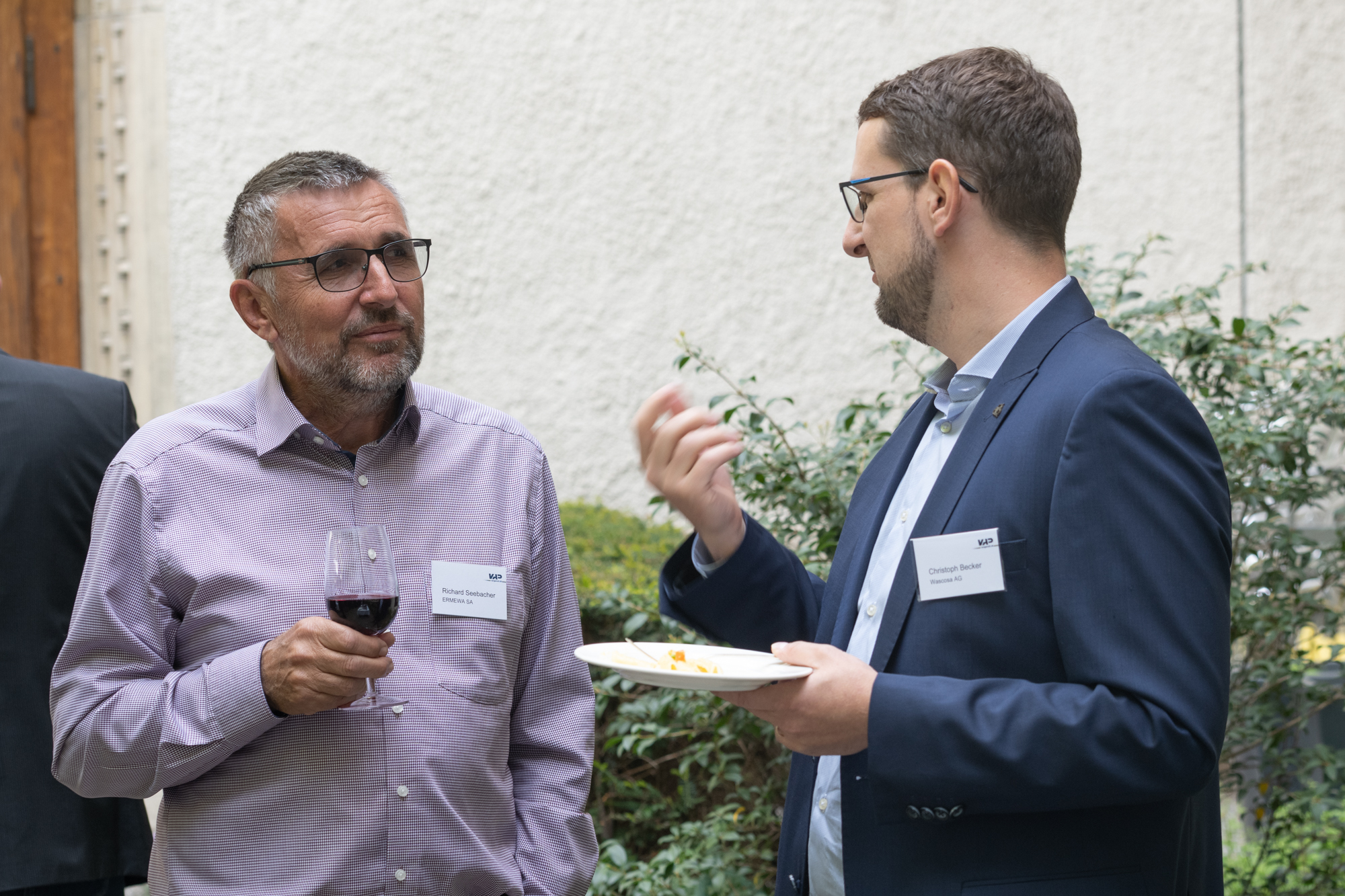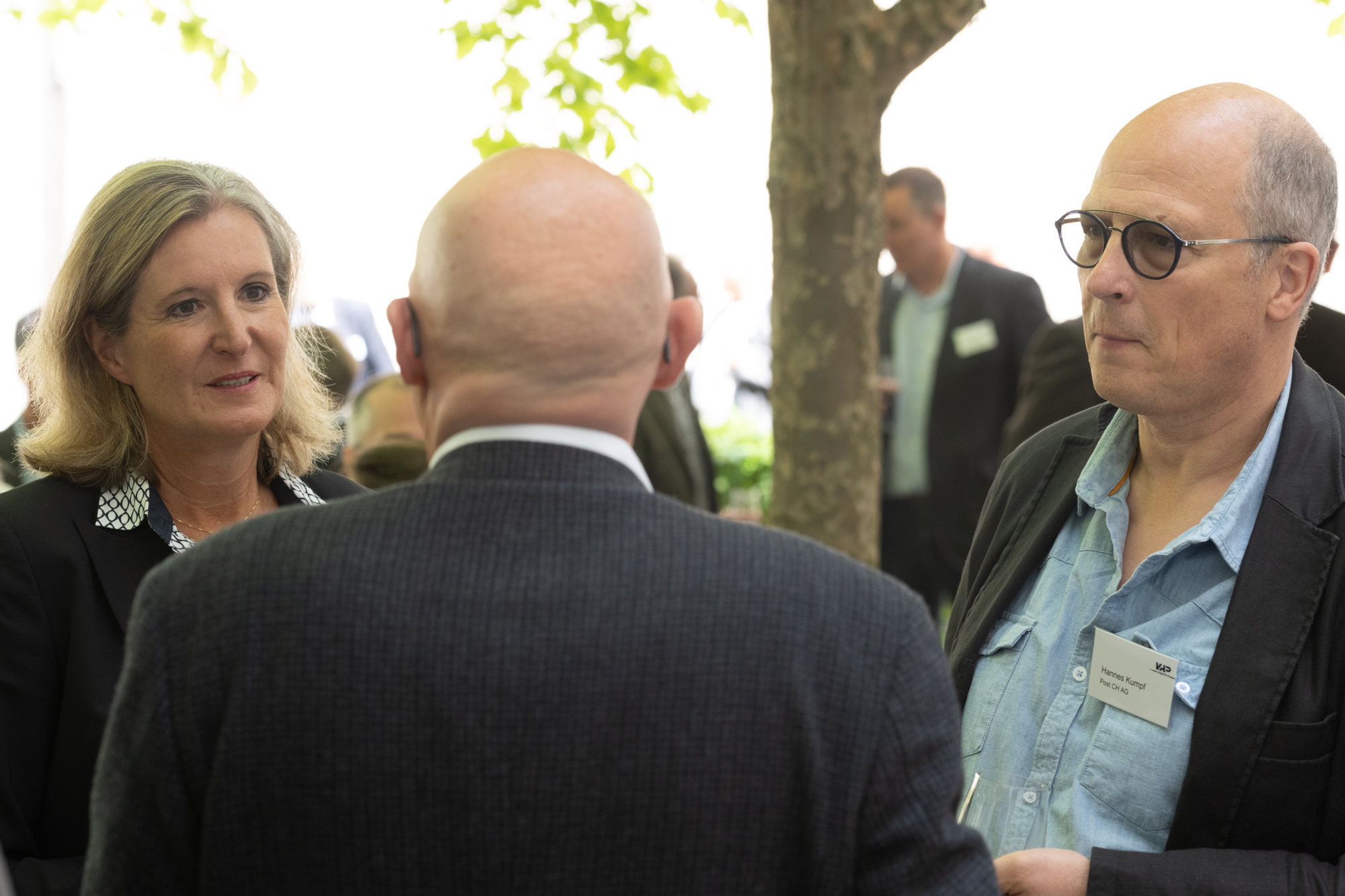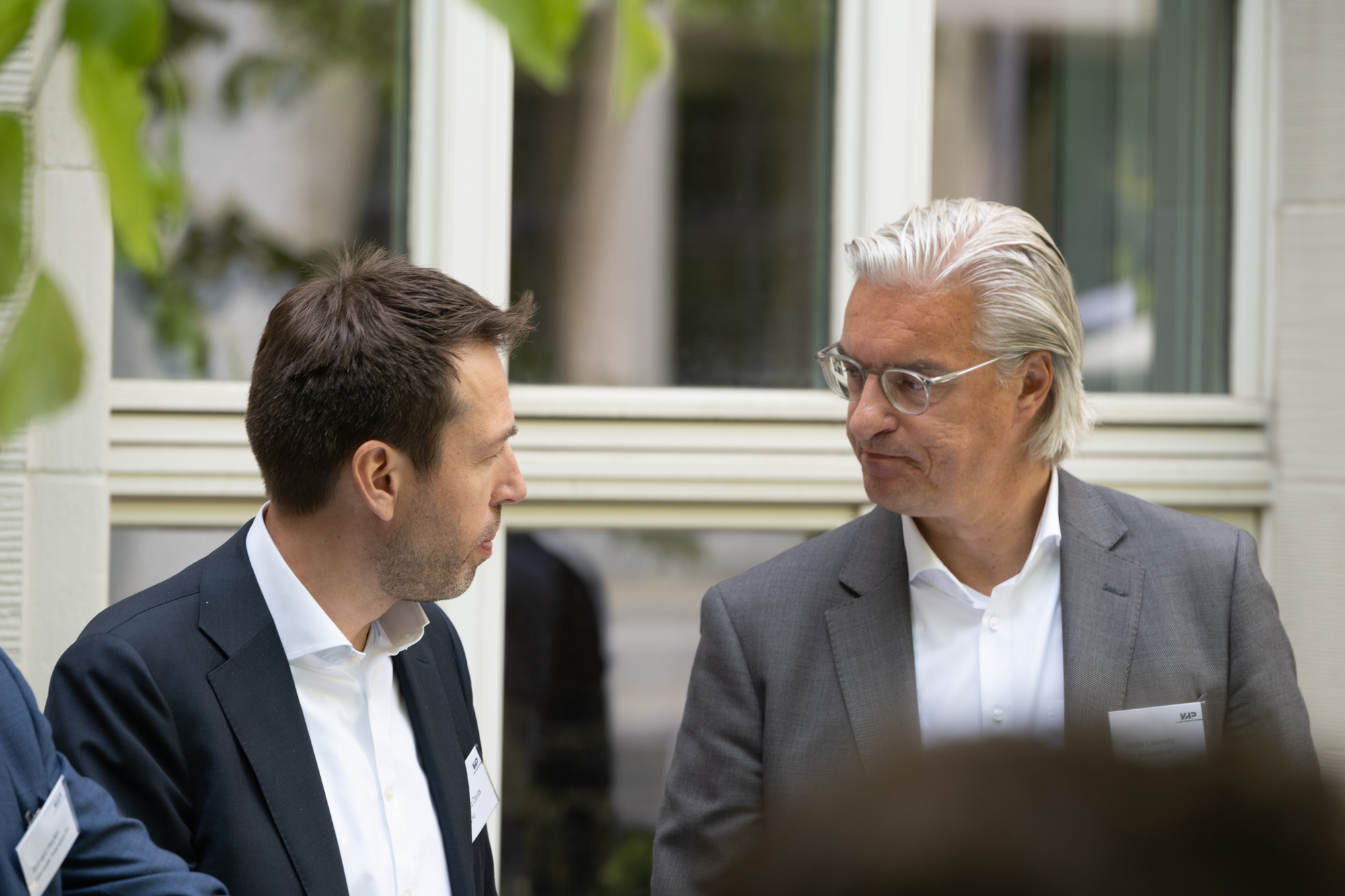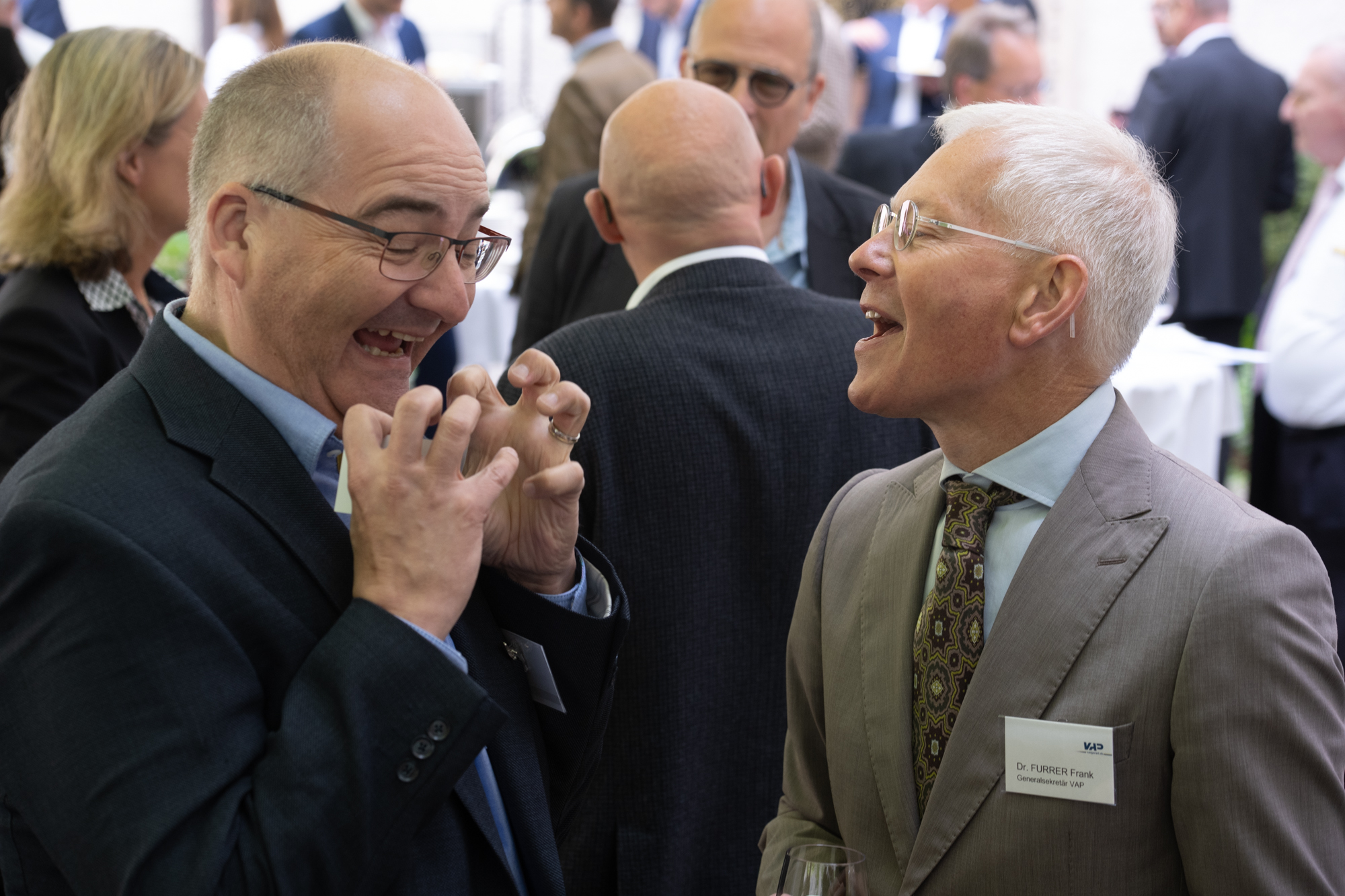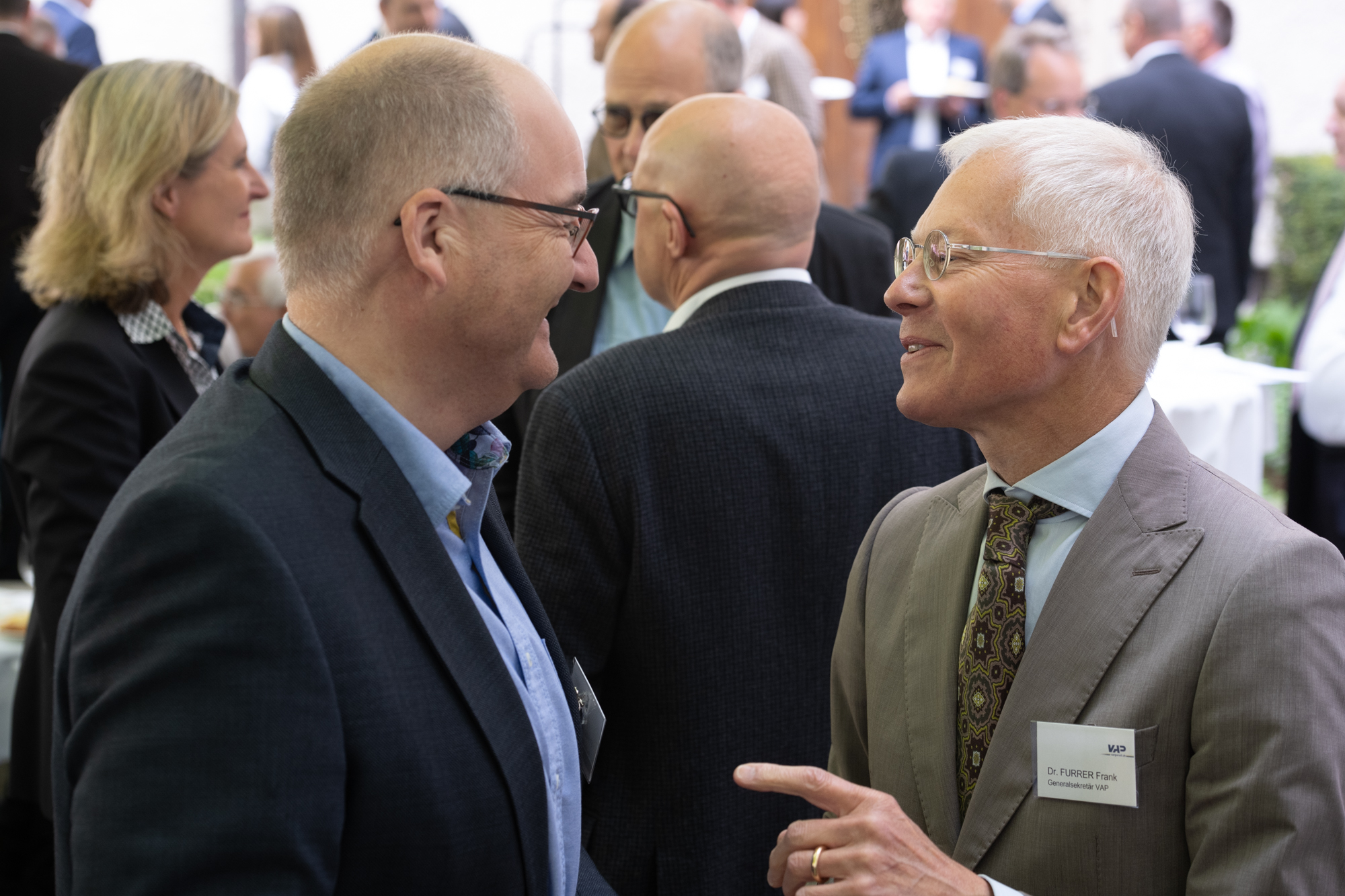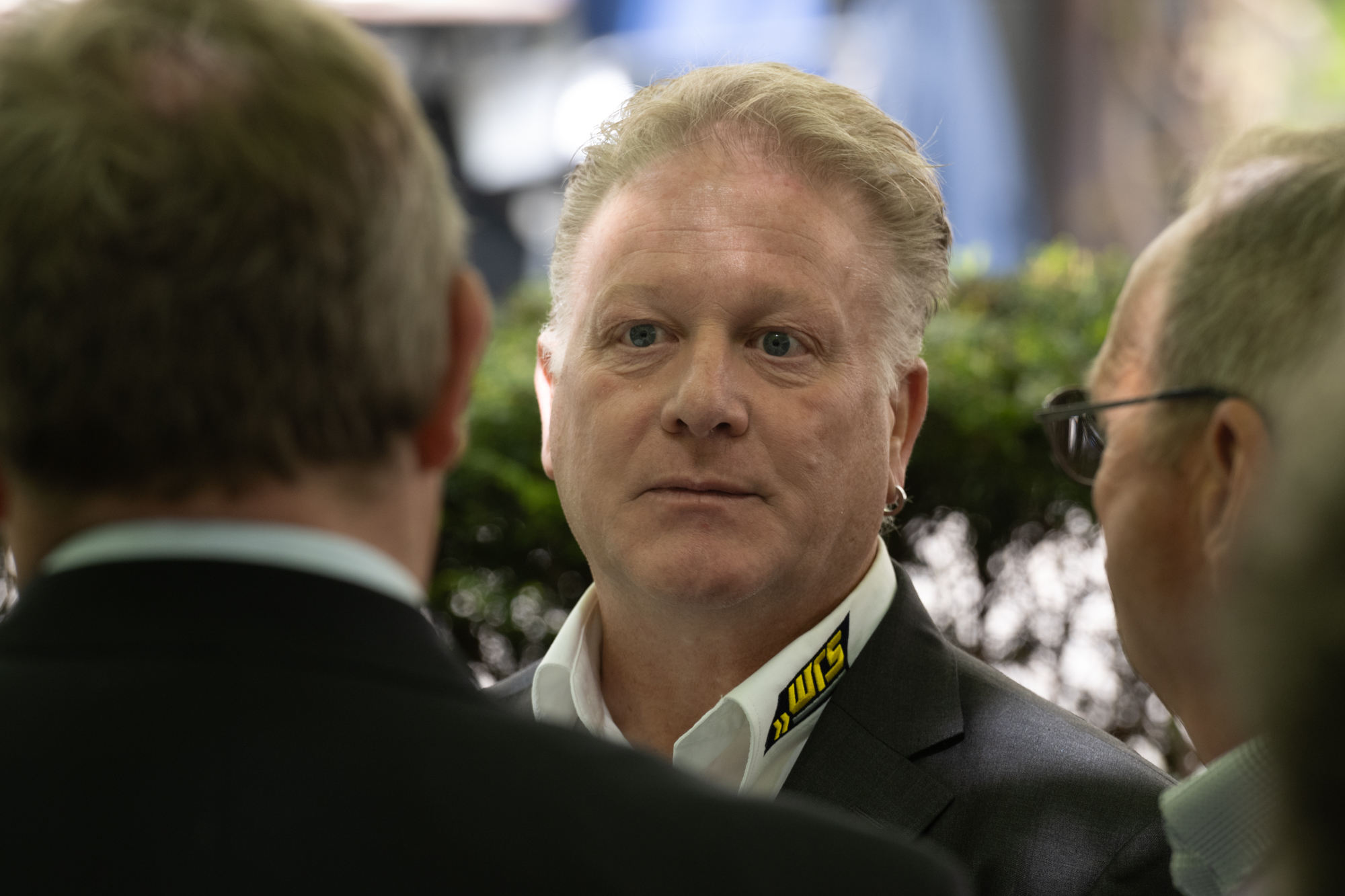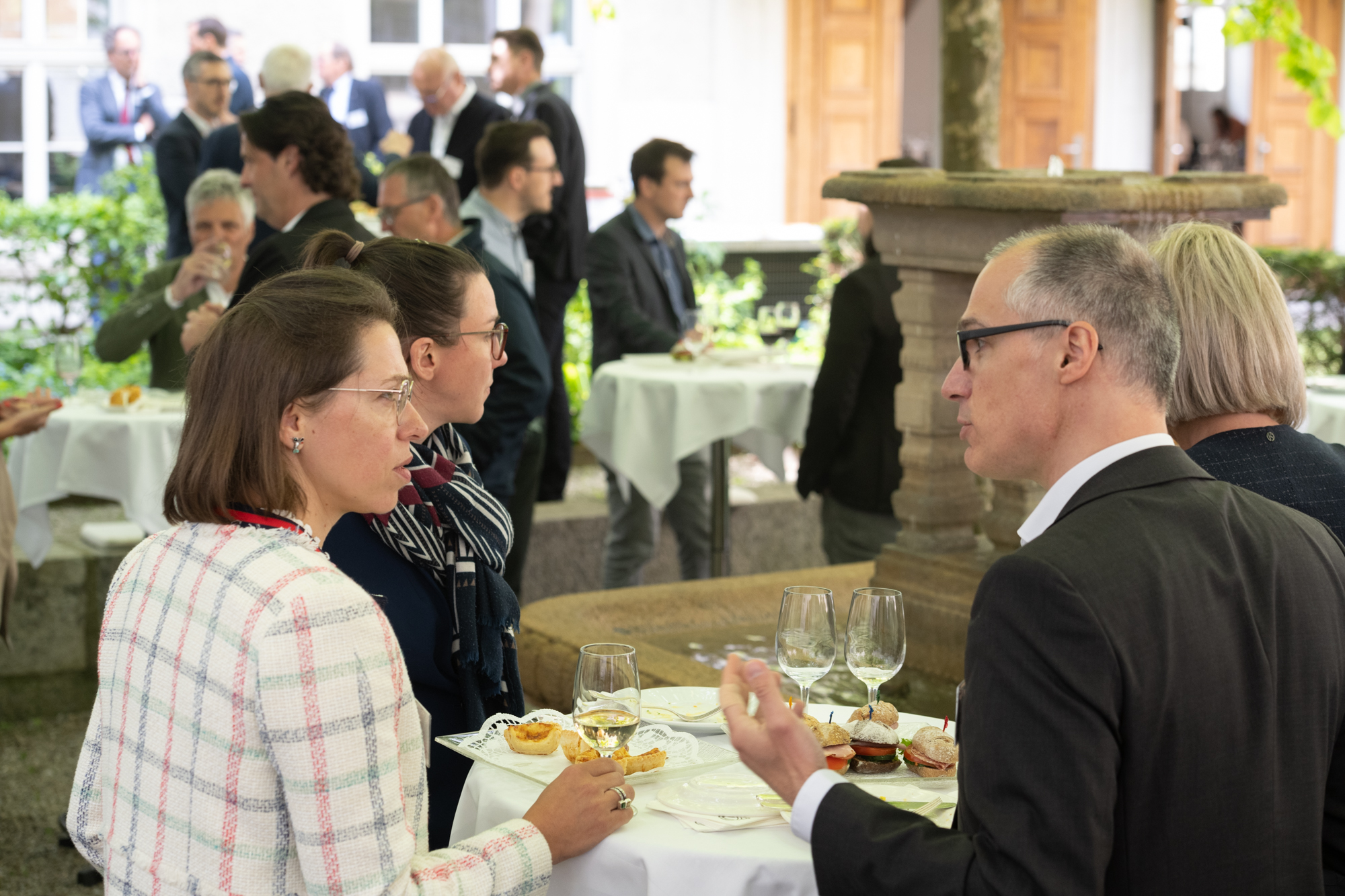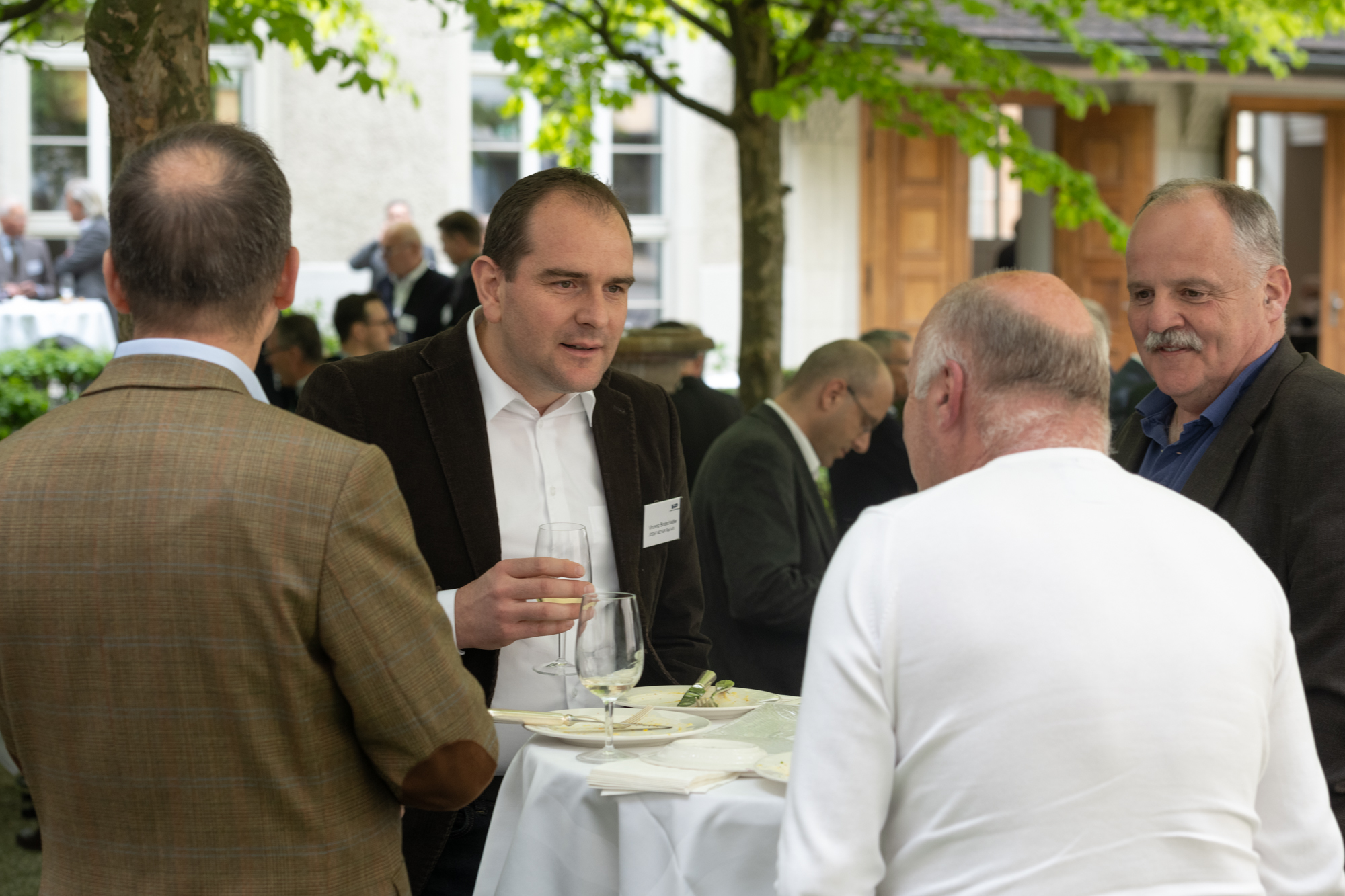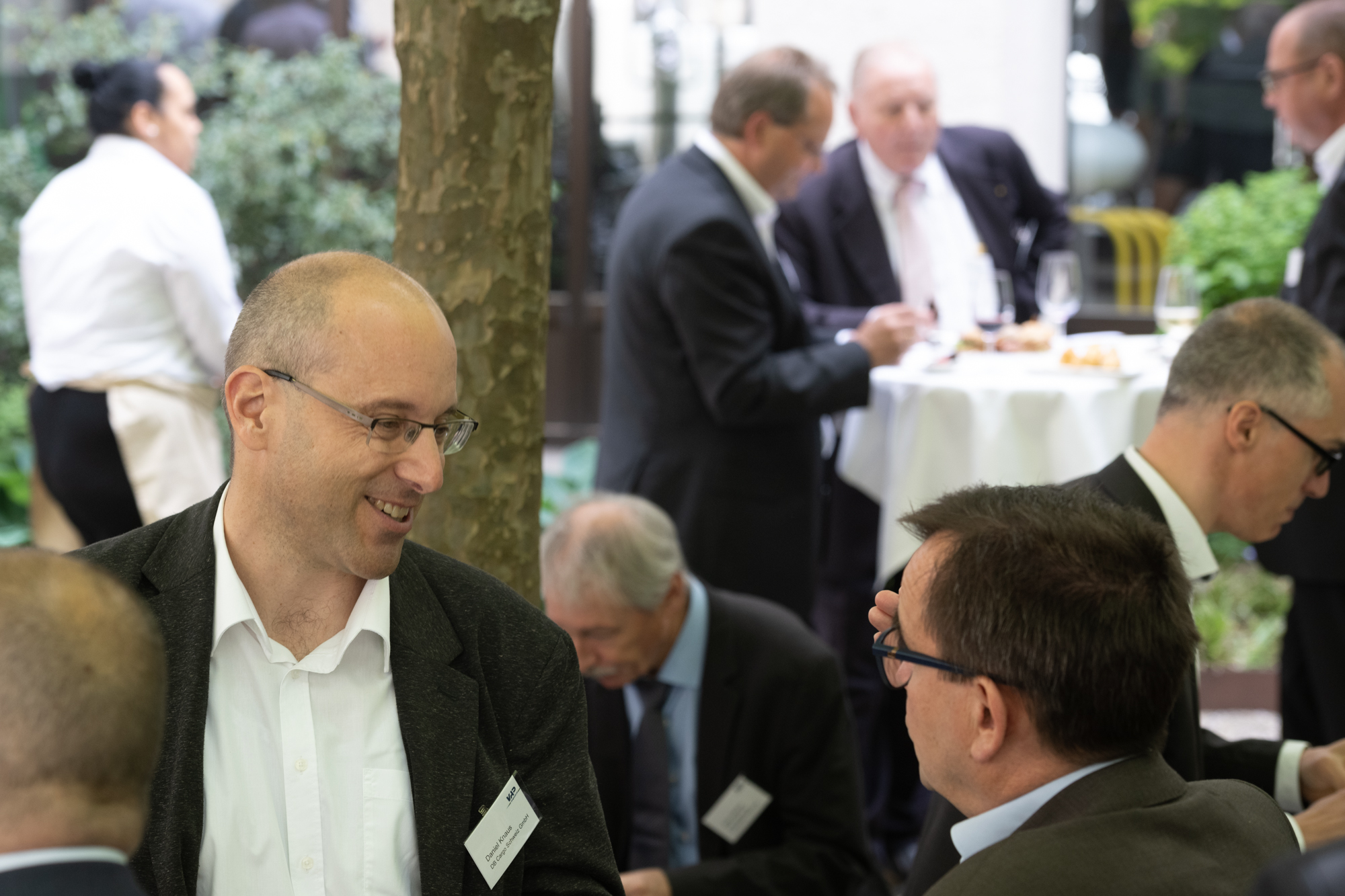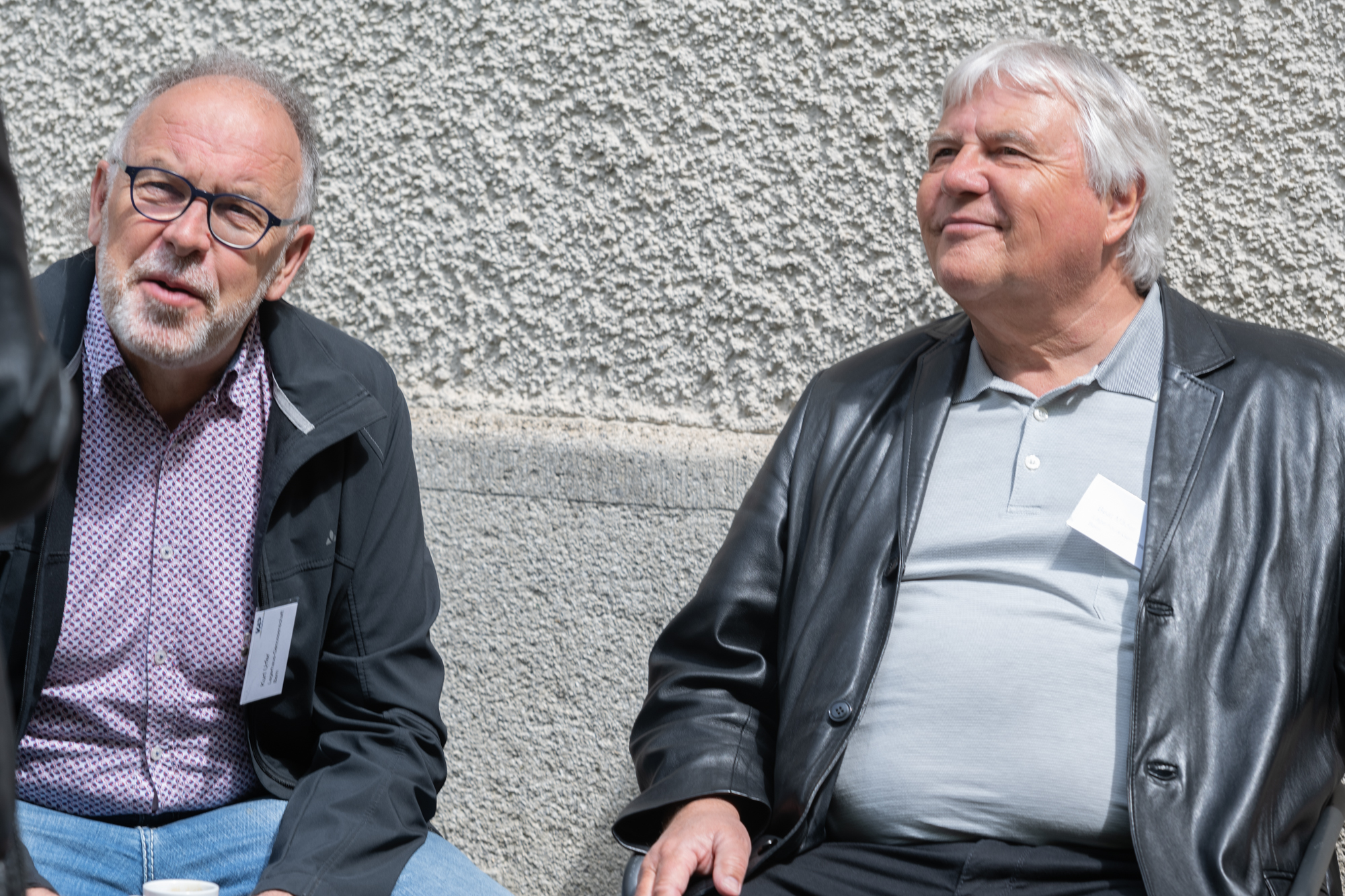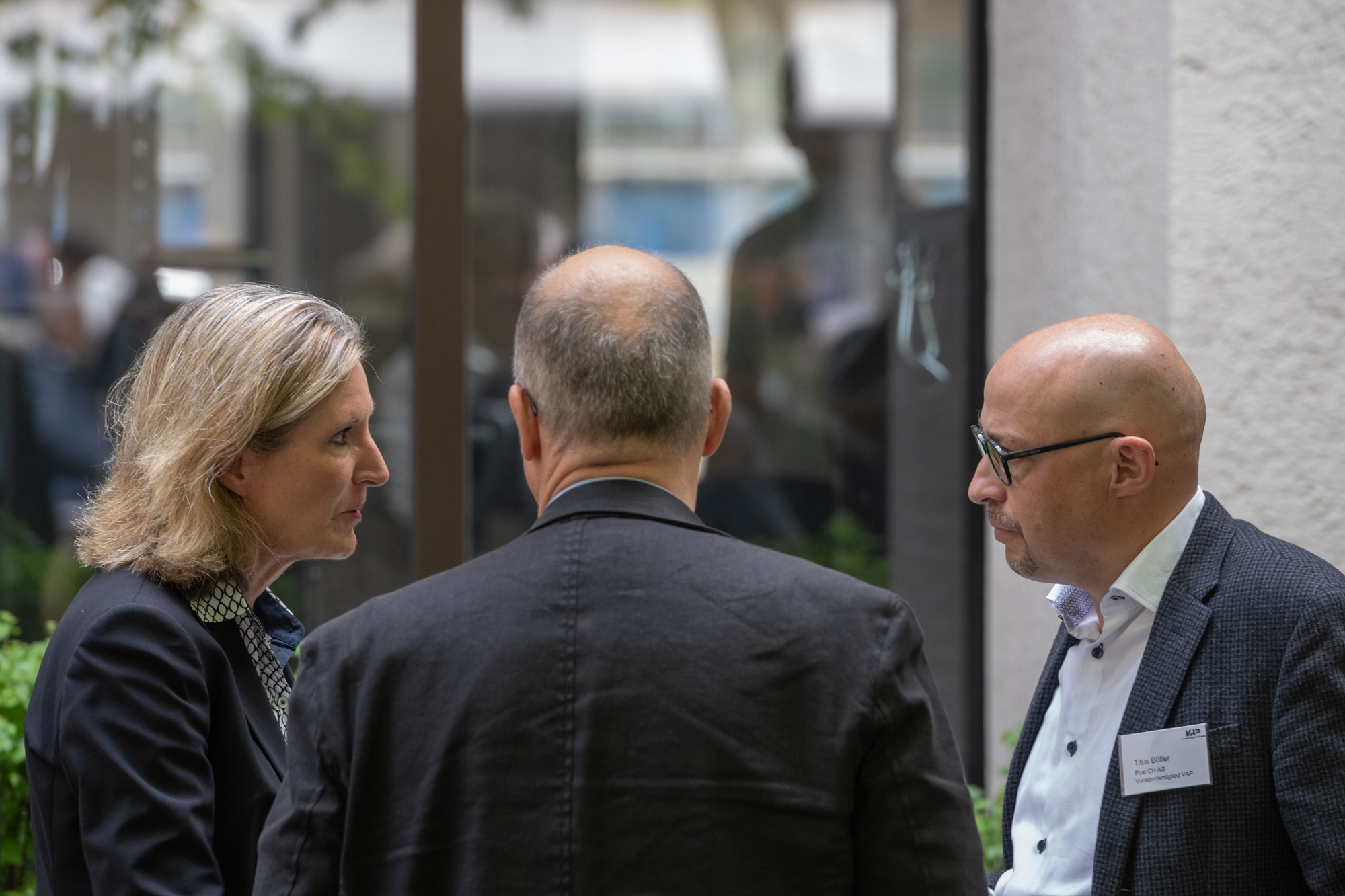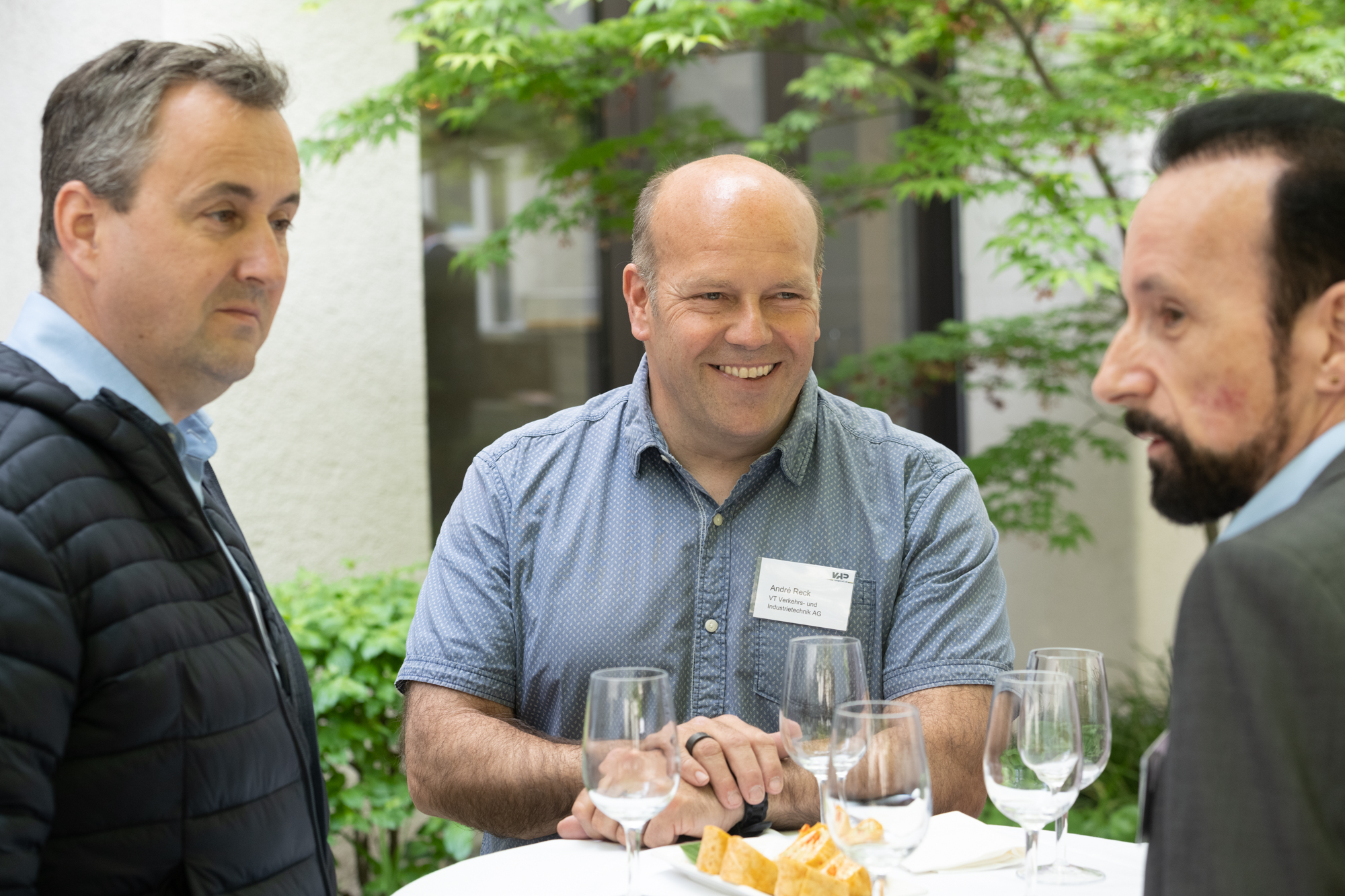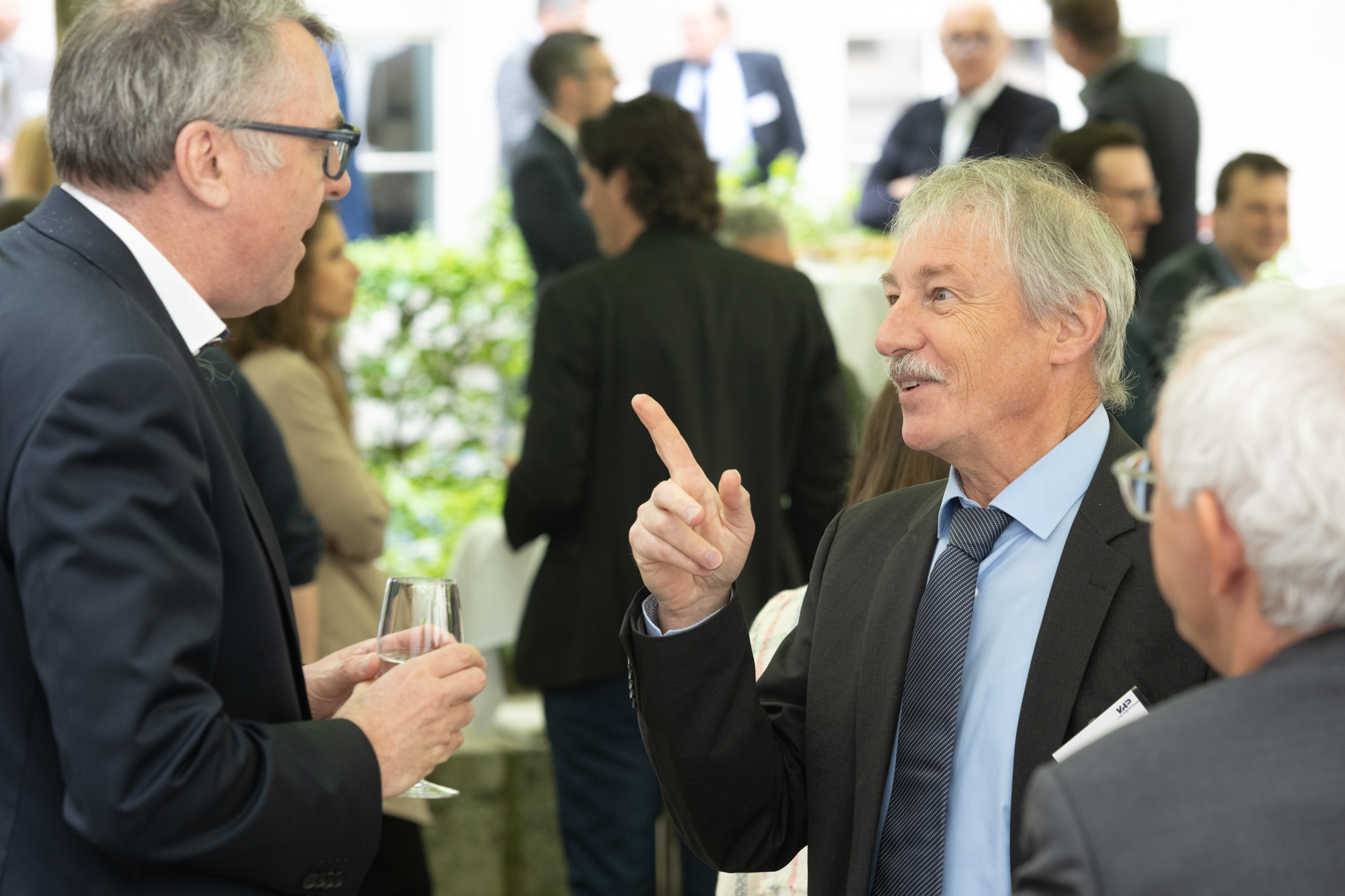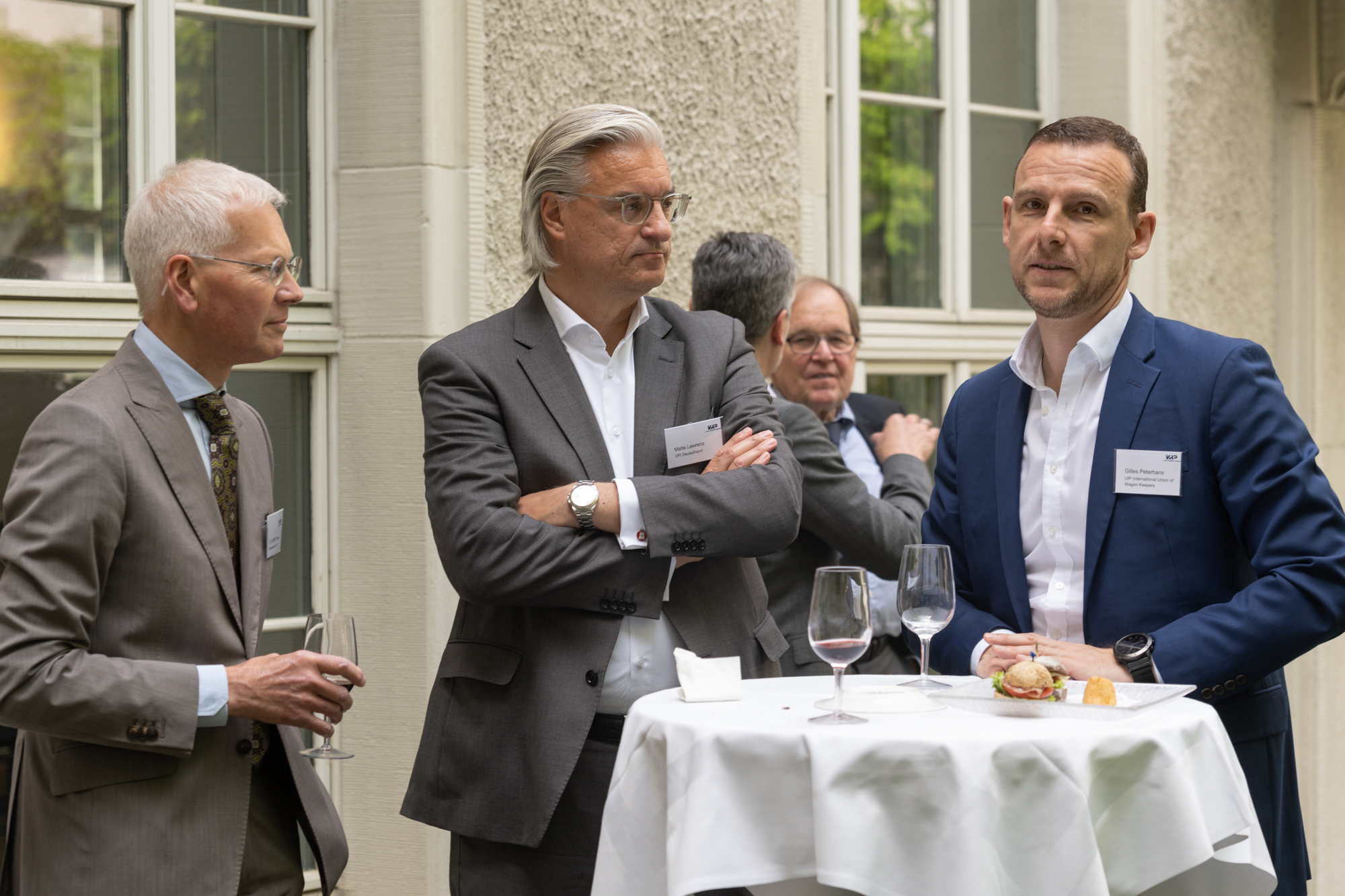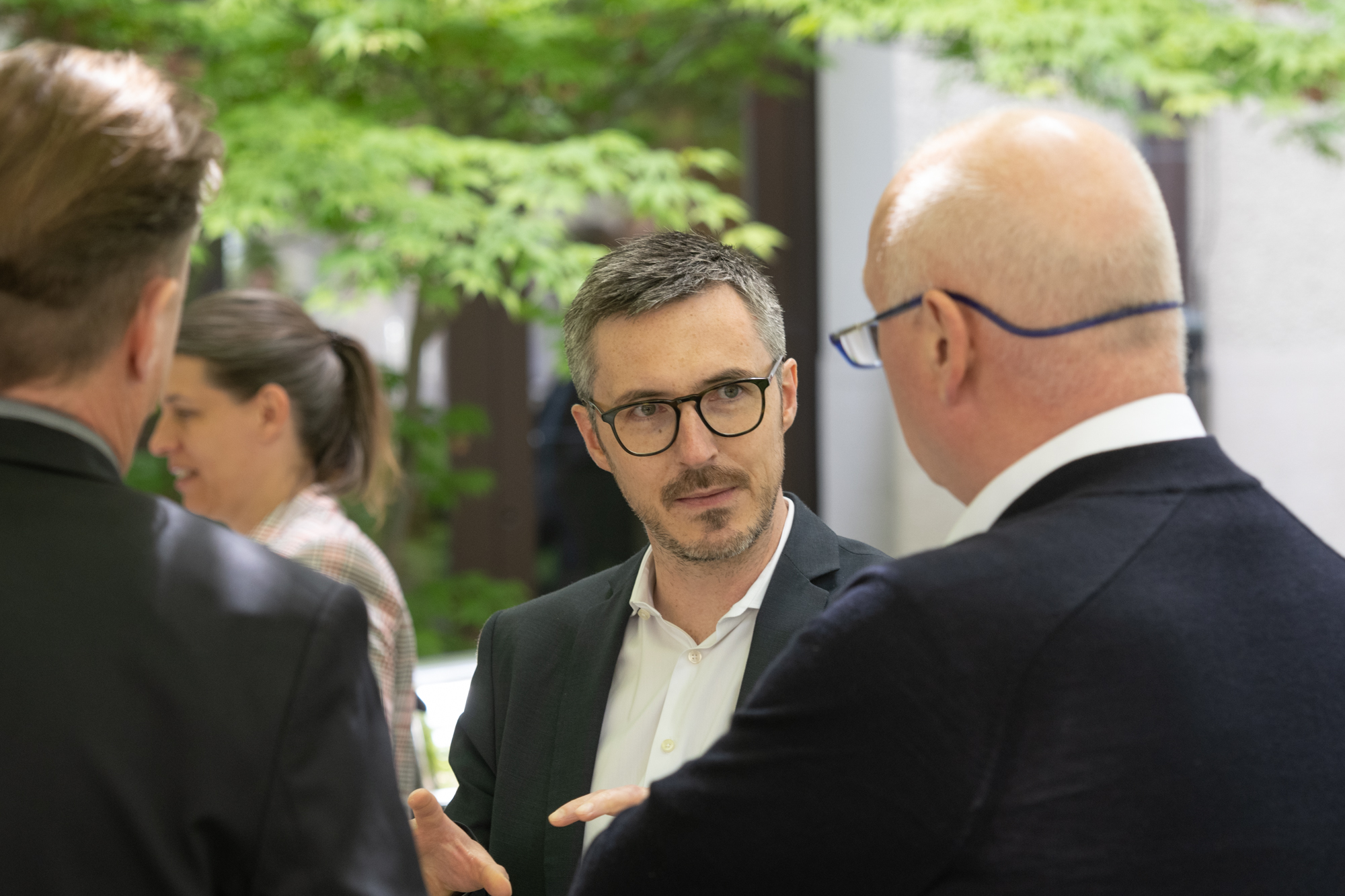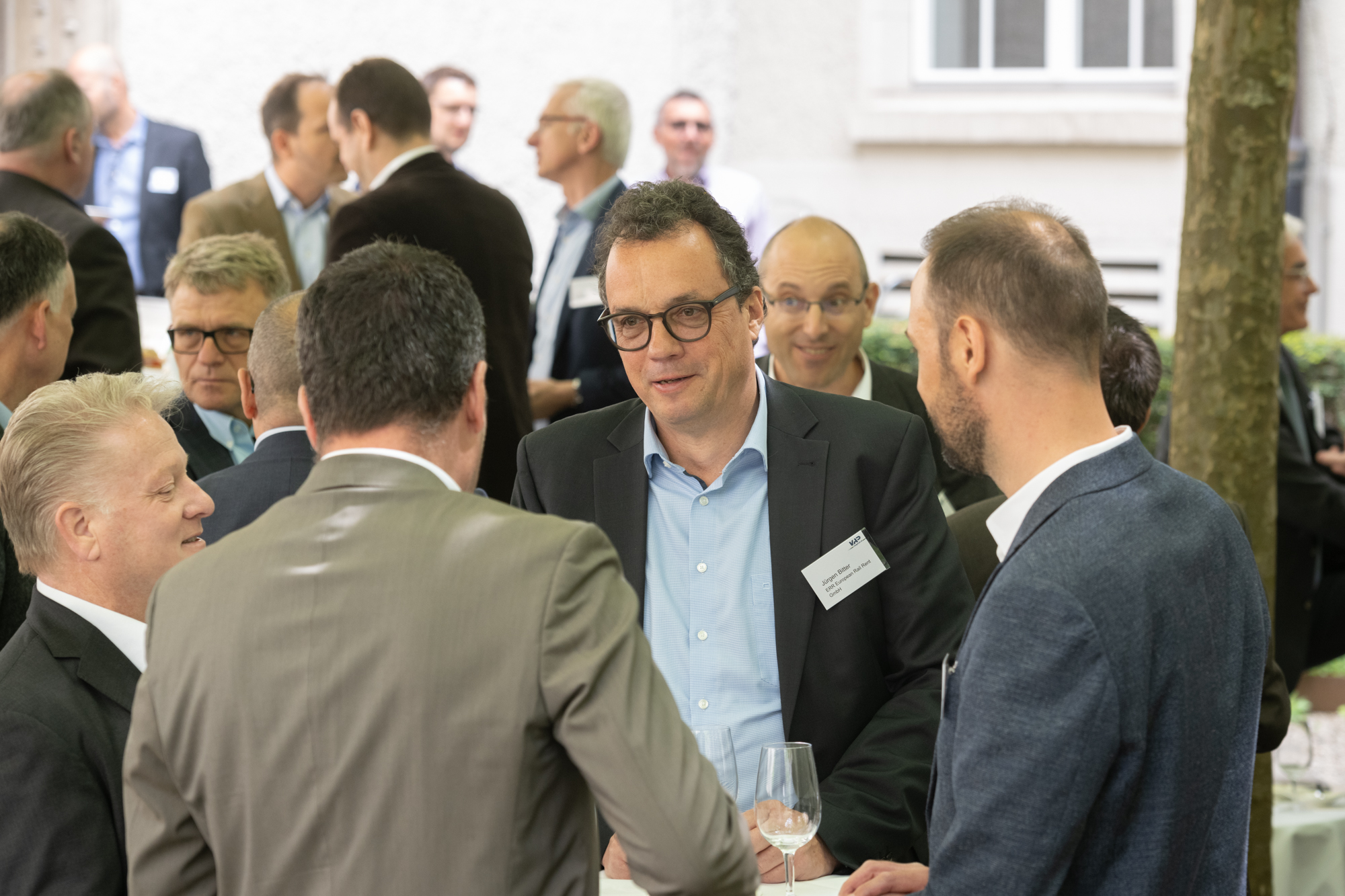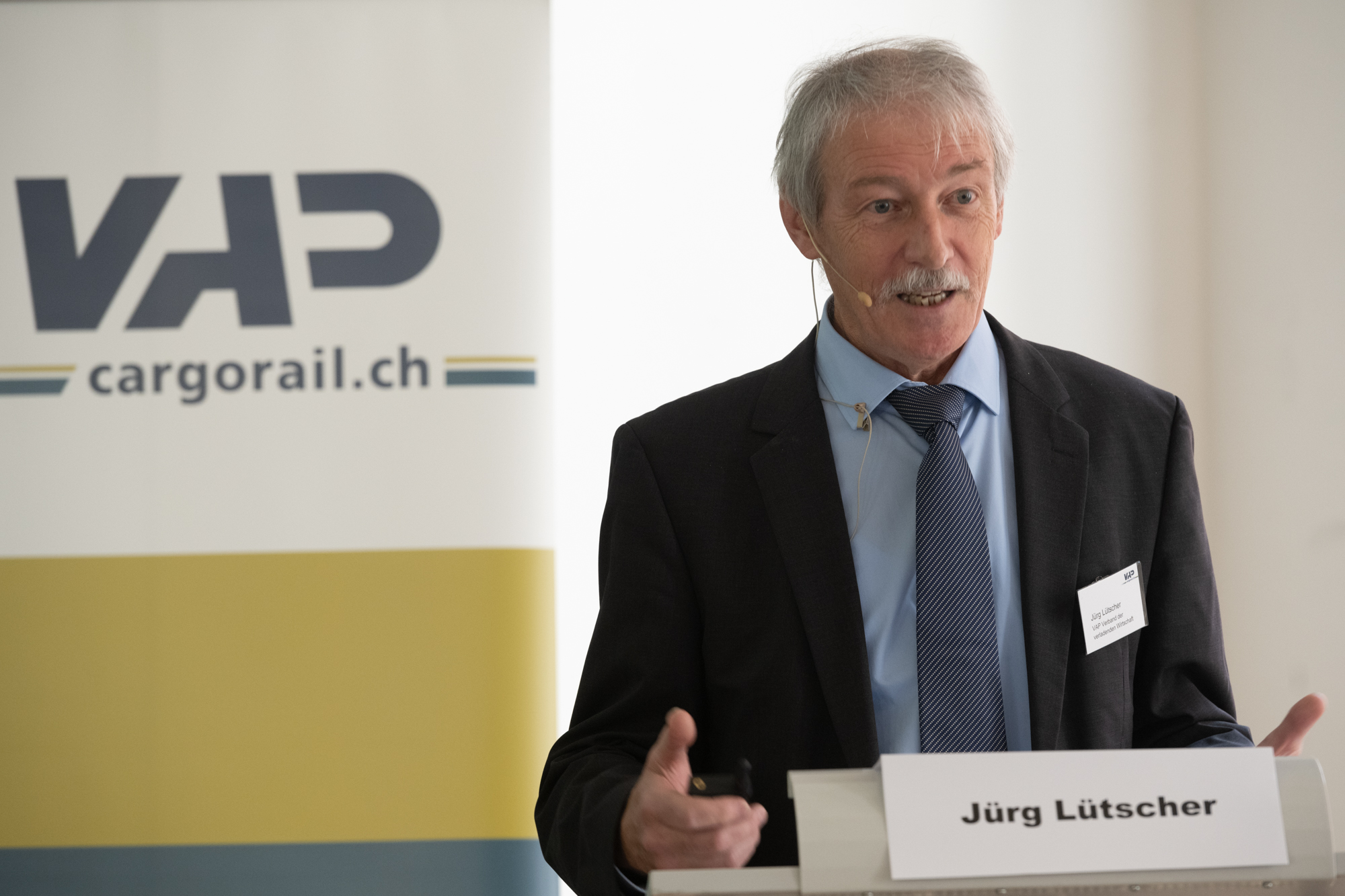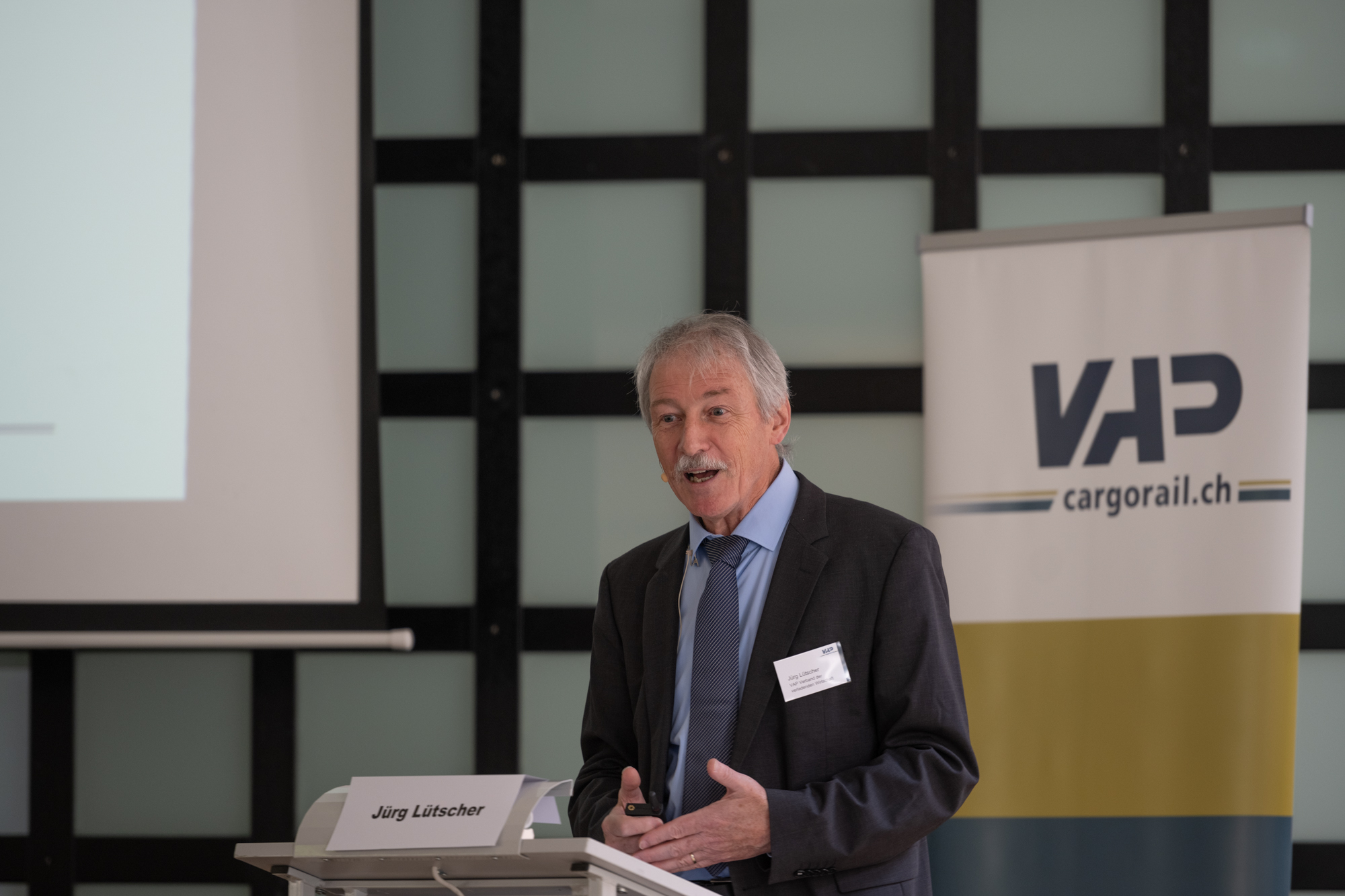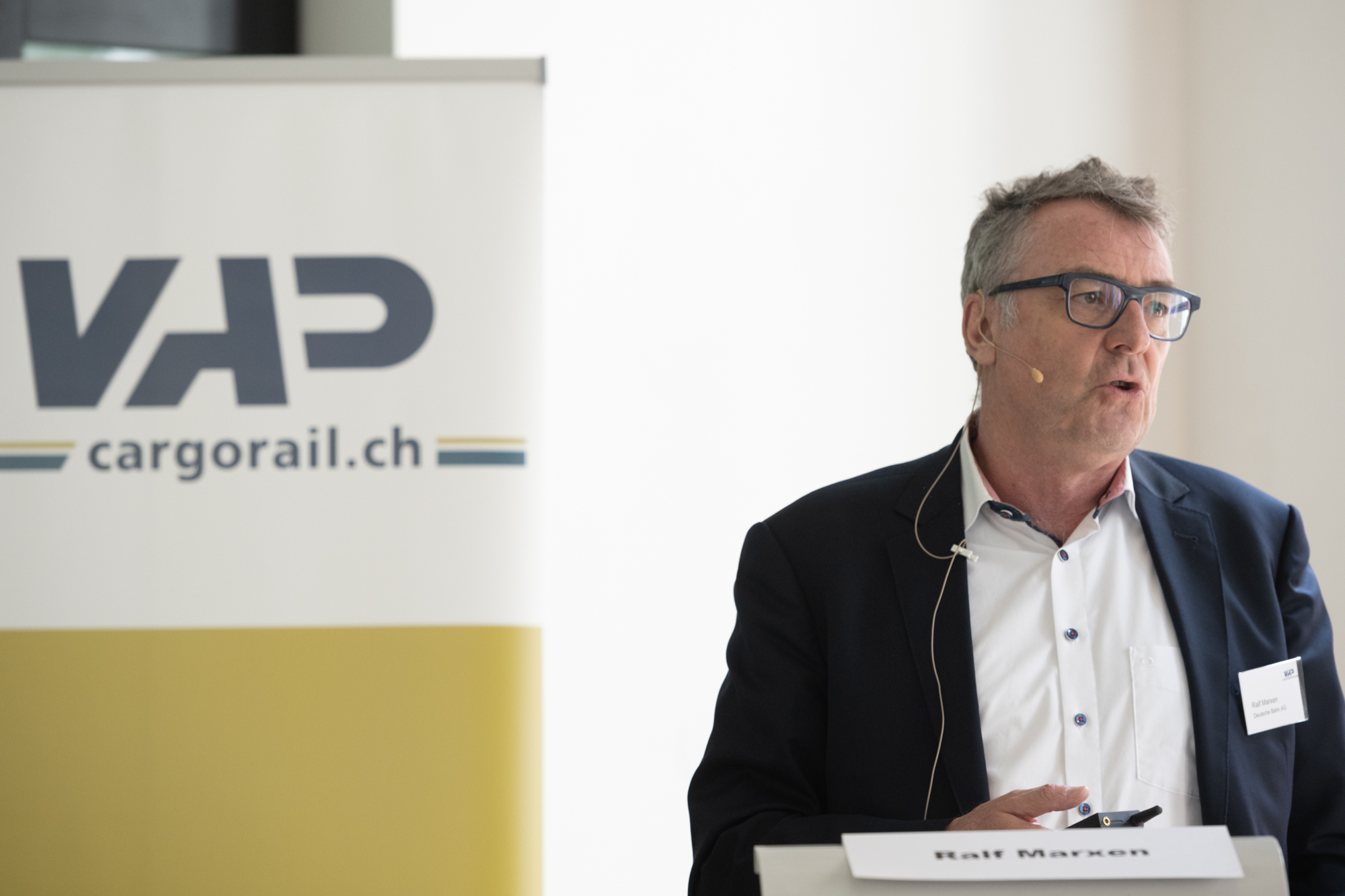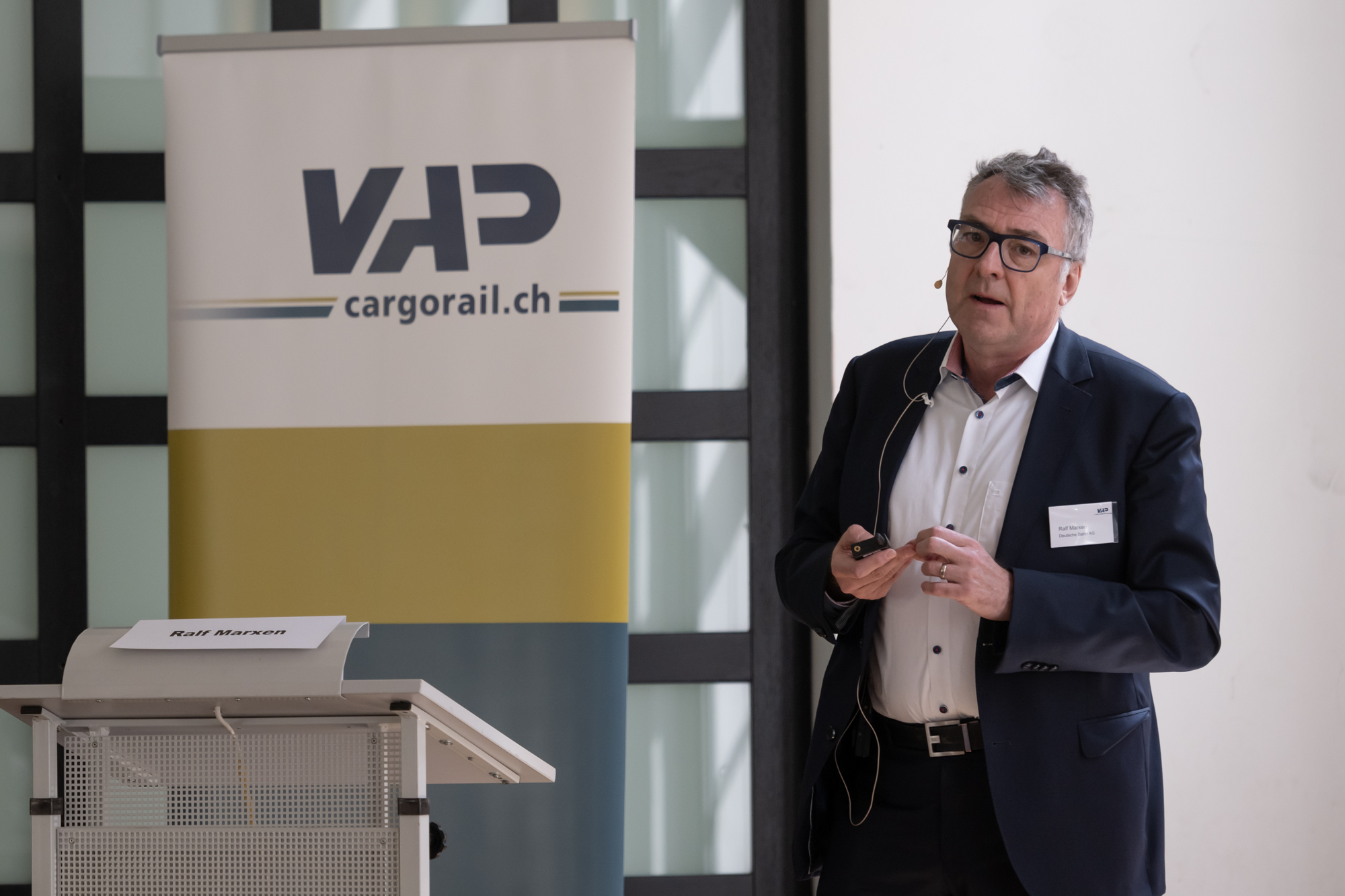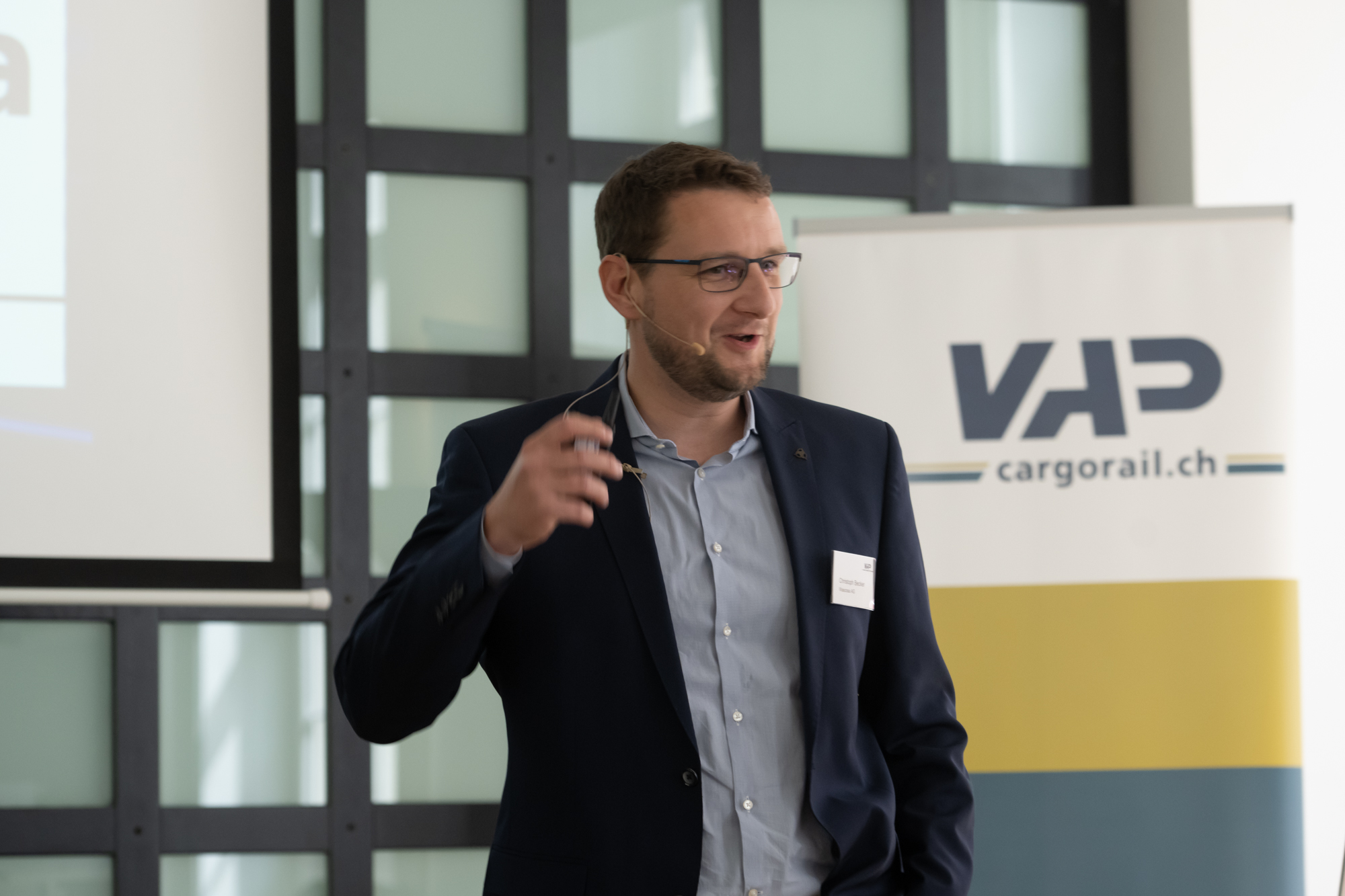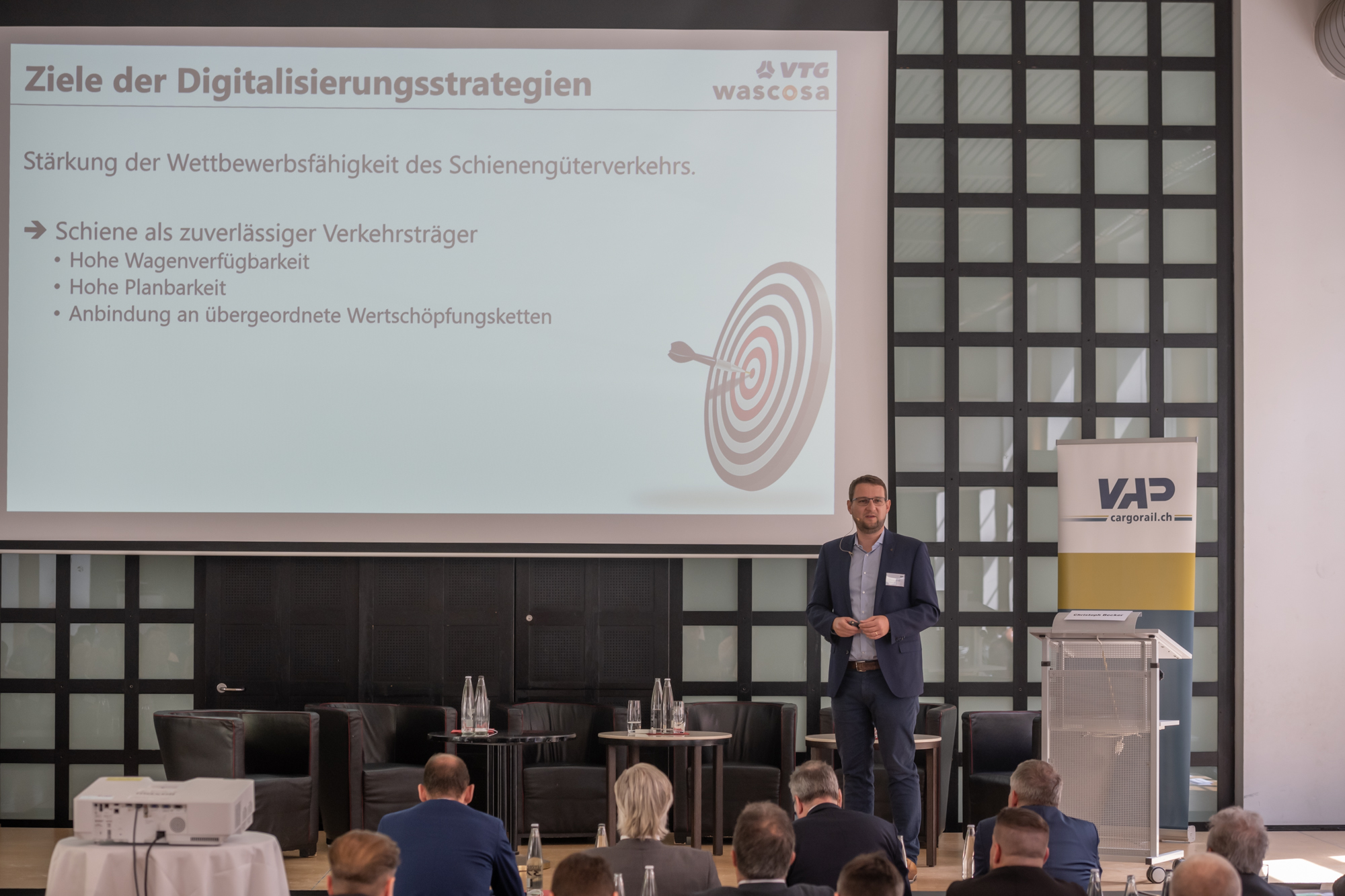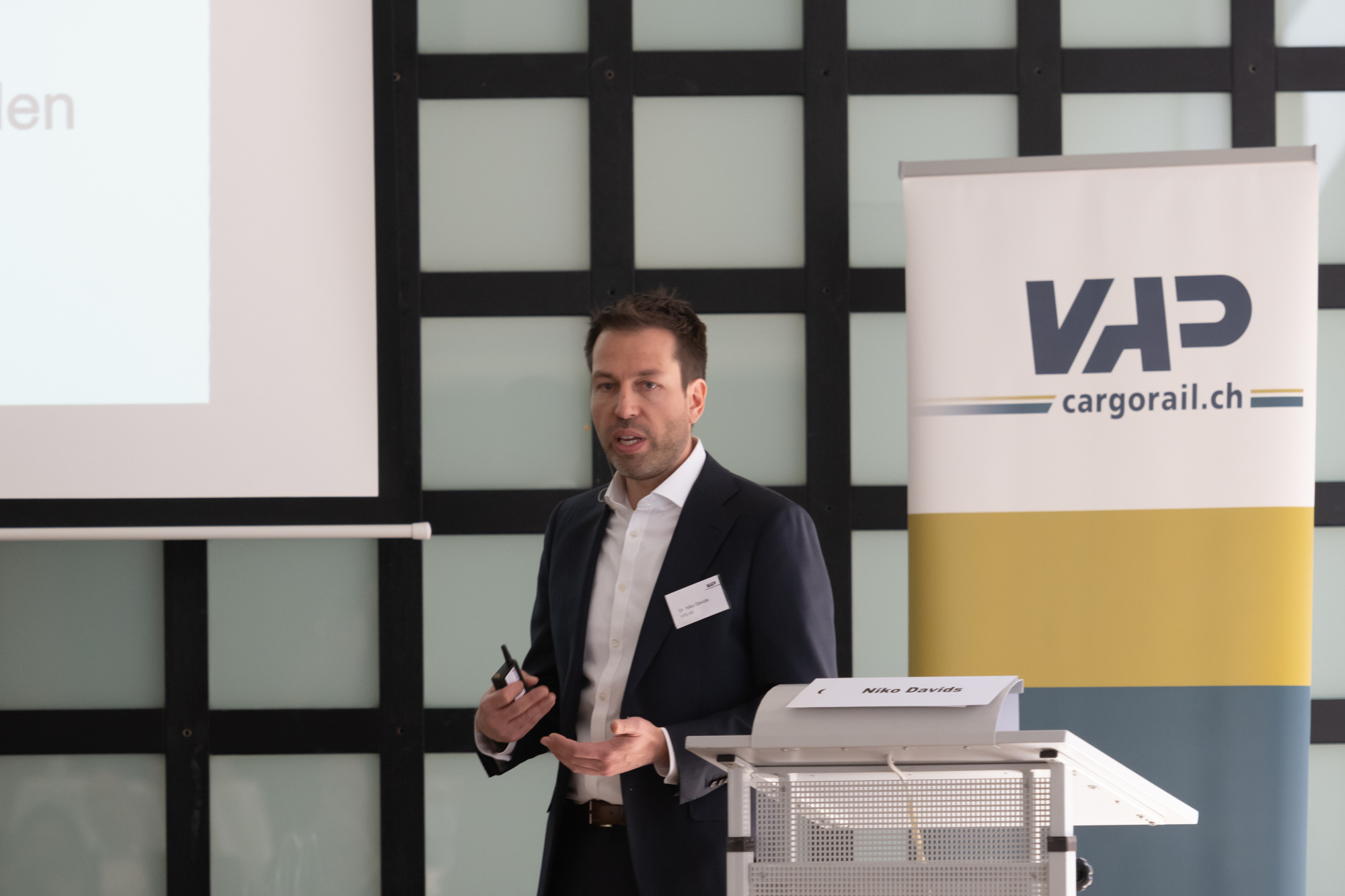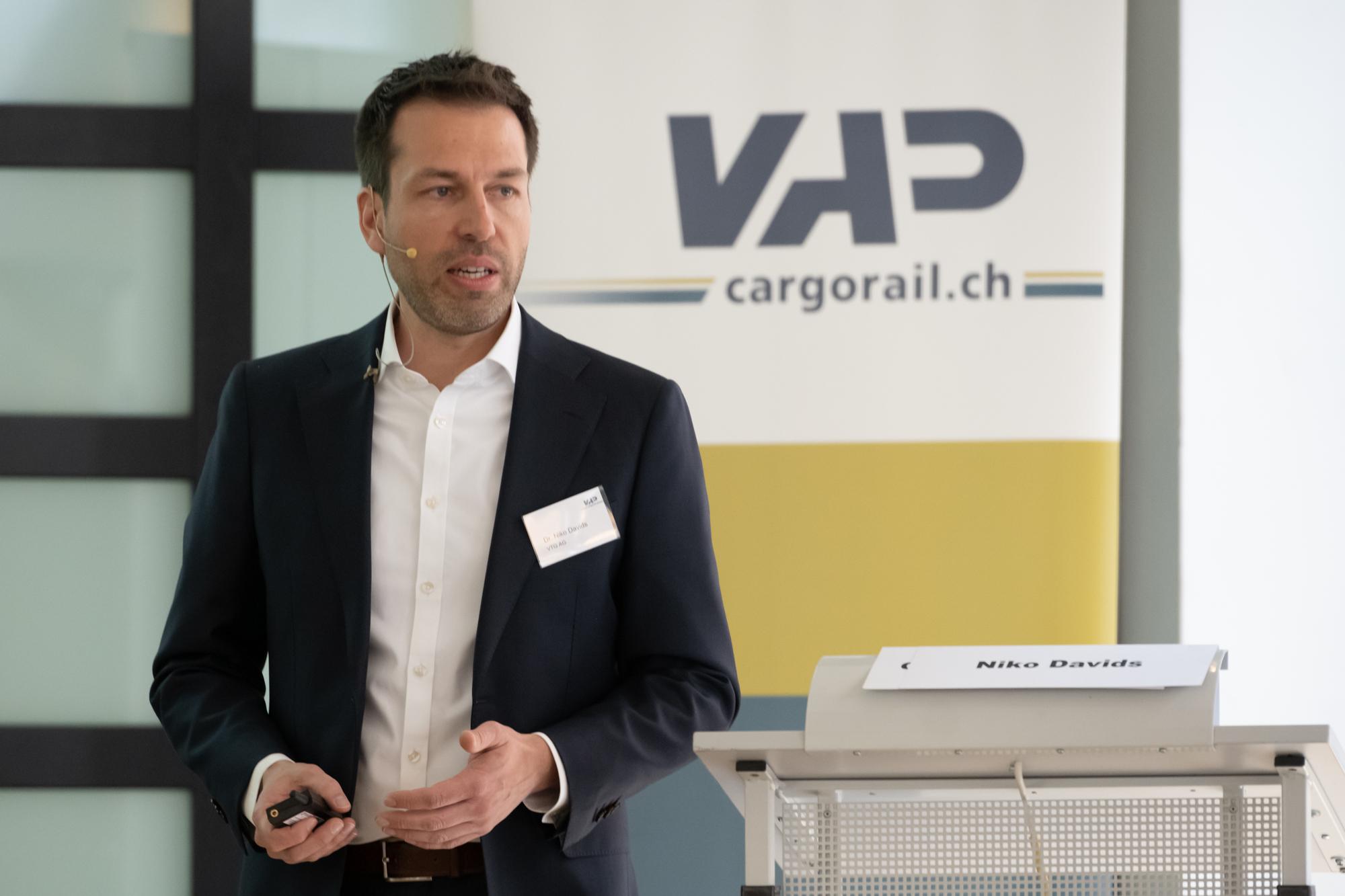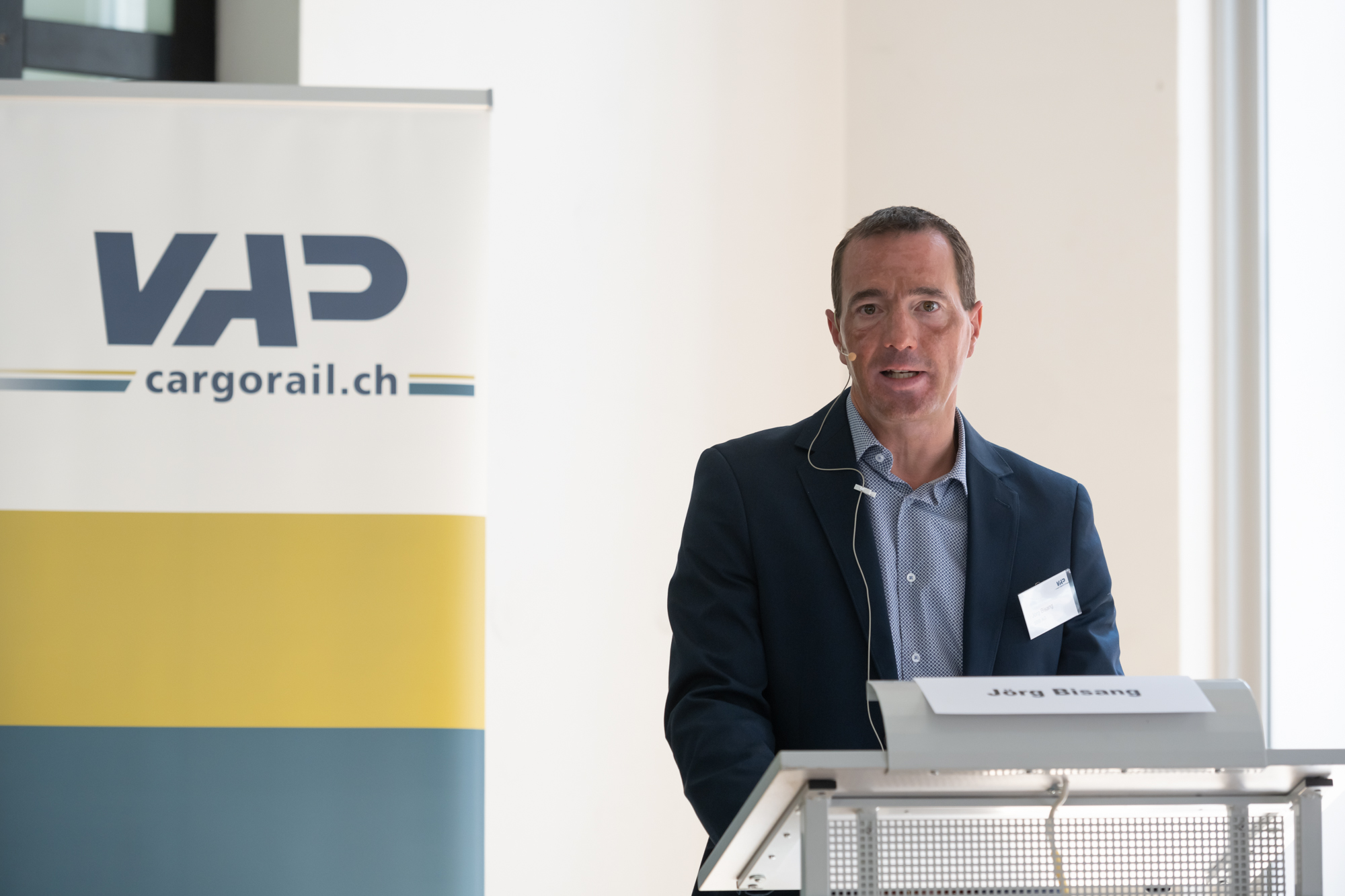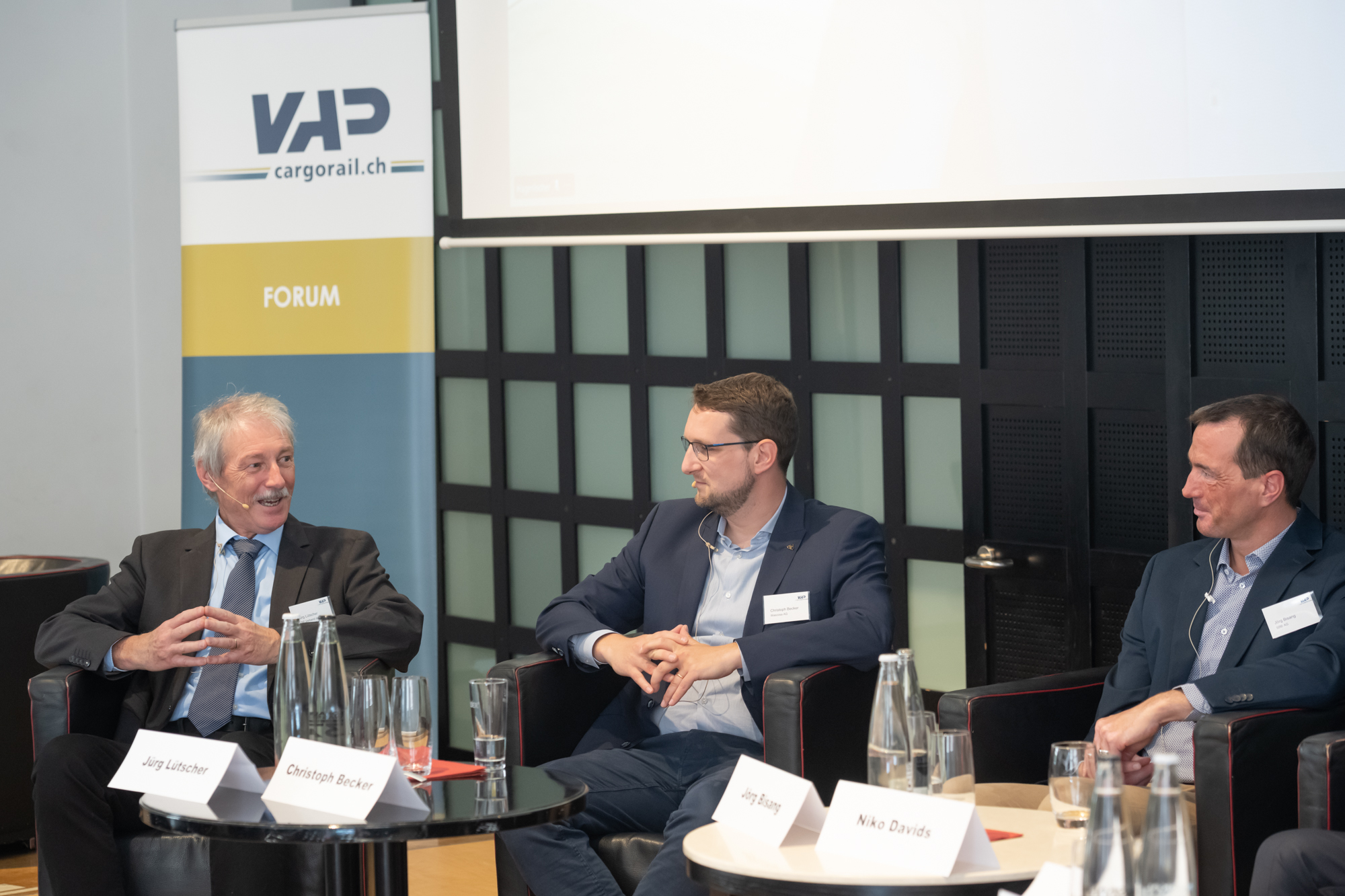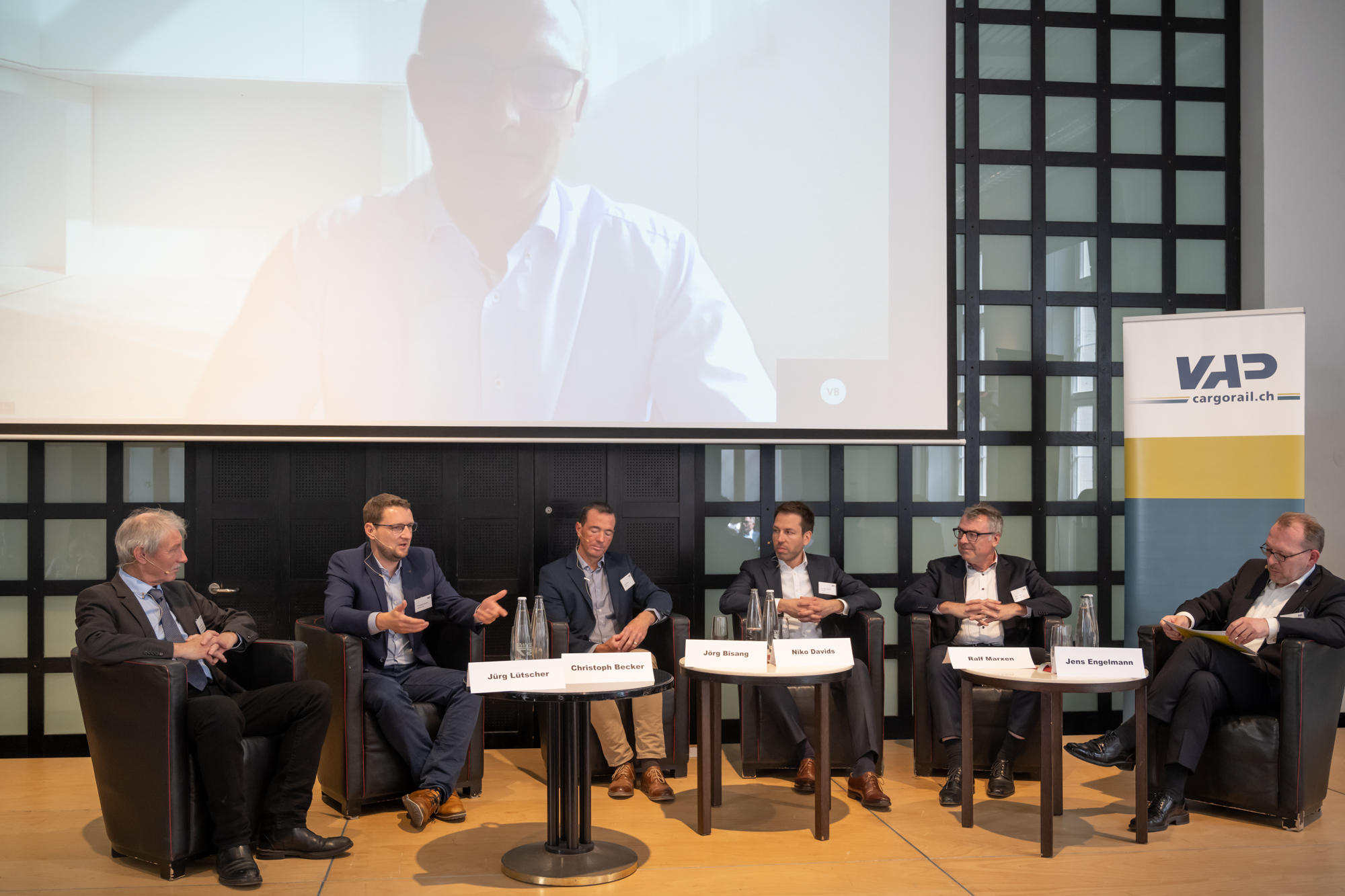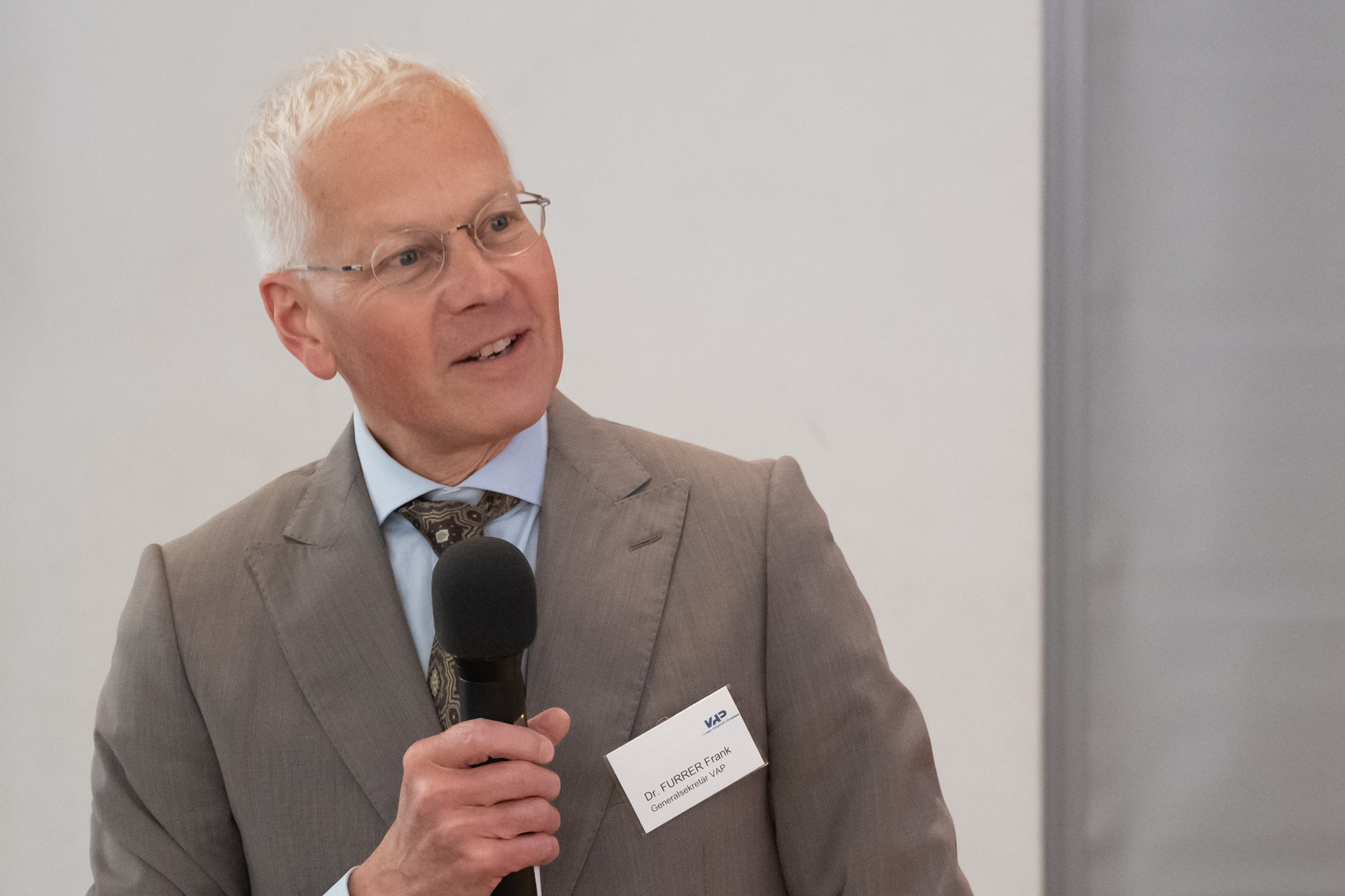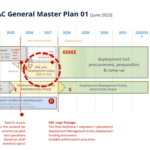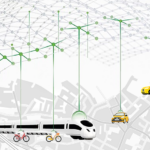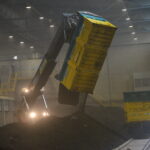On 3 May 2022, the popular Freight Transport Forum finally took place again after three years. The most important players and representatives from the shipping industry from all over Europe met to refresh their expertise and exchange ideas with colleagues across companies. The chances of making rail freight transport fit for the future in a joint effort are good!
Interesting approaches
The freight transport master plans and rail freight transport in particular, which were launched in Germany and Austria, provide a comprehensive overview of the political strategies and measures. Something comparable is lacking in Switzerland; instead, there is still a strong focus on the individual modes of transport. The VAP therefore continues to pursue an overall view of freight transport and logistics, in close cooperation with economiesuisse and ASTAG. Austria presents an amendment to the Waste Management Act. This stipulates that transports of waste with a total weight of more than ten tonnes, starting from a defined transport distance (decreasing between 1.1.2023 and 1.1.2026 from 300, 200, 100 km), must in future be carried out by rail or by other means of transport with equivalent or lower pollutant or greenhouse gas potential (e.g. propulsion by fuel cell or electric motor). Similar developments can also be seen in the canton of Zurich, for example in the Ordinance on the Transport of Excavated Material and Aggregates by Rail of 3 February 2021, which requires that a significant proportion of excavated material must be transported by rail – or else a substitute levy is payable. In principle, we welcome such regulations to achieve the environmental goals, but we do not consider a specification of the choice of means of transport by means of gentle coercion to be very effective. Rather, the VAP strives to make the railways fit and attractive for shippers, so that paternalism is not necessary.
We therefore consider the common interest in promoting digitalisation to be very positive. As never before, the players in the shipping industry stand united for progress. It is impressive how the various players networked across Europe have decided in favour of digitalisation and want to use this lever together to make rail freight transport fit for the future. Various presentations showed that the Digital Automatic Coupling (DAC) not only brings considerable relief for mechanical work, but is above all a switch for the connectivity of an entire train. This is the prerequisite for digitalisation, which is so important for rail freight transport and which has long since taken place in other industries. With more efficient and transparent processes, rail can become competitive alongside other modes of transport. The motto is collaboration and coopetition, which we at the VAP Association of Shippers also support.
VAP members can download the speakers’ presentations here with their personal login.
The course of the forum in detail
The morning revolved around the question «Transport policy in the green rush?». Gilles Peterhans, Secretary General of UIP explained the transport policy issues at European level. Malte Lawrenz, Chairman of VPI Germany, showed the transport policy framework for Germany, how priority should be given to rail and what funding is needed to be able to implement the master plan for rail freight transport. Frank Petutschnig, Secretary General VPI Austria, presented the situation in Austria on the same topic, where the focus is on the overall view of freight transport, namely the most efficient choice of transport mode in terms of energy demand per tonne. Désirée Baer, CEO of SBB Cargo, added to the situation of the transport policy framework in Switzerland with her presentation and introduced the Wagonload Transport Interest Group (IG WLV), the platform for cooperation between railways and shippers.
In the subsequent panel discussion it became clear that the course for the future of rail freight transport has been set for innovation and that the next step is to define how the investments will be financed. It became clear that the innovations affect all players and that a collaborative approach is therefore the right way forward. Cooperation and competition – or coopetition – are two other buzzwords that are not only desired by the rail actors, but also in the interaction between rail and road.
The afternoon was divided into the two exciting key topics «Innovations & possible implementation» and «Digitalisation with concrete measures». Jürg Lütscher, expert in innovation and regulation at the VAP, spoke about the automation of rail freight transport in Switzerland. He emphasised the importance of optimising processes and interfaces in the course of innovation, the so-called interoperability. Ralf Marxen, Head of External Technical Affairs at Deutsche Bahn AG, spoke about the path to the intelligent goods train: «From Shift2Rail to Europe’s Rail». He pointed out important milestones for innovation, with the Digital Automatic Coupling (DAC) taking on the key function for digitalisation and enabling, for example, automated processes and monitoring, as well as precise customer communication, thus raising the service level of the transport of goods by rail many times over. Stefan Hagenlocher, Managing Director of HWH and TIS Project Manager, who was connected live via video channel, showed what the Technical Innovation Circle for Rail Freight Transport (TIS) requires for digital and competitive rail freight transport. He clearly communicated that there will be no complete automation of rail freight transport without DAC and that standardisation of the technical aspects and a coordinated migration strategy are essential.
The two wagon hire companies Niko Davids, Chief Digital Officer, VTG AG, and Christoph Becker, Head of ECM II and Safety Management at Wascosa AG, demonstrated their digitalisation strategies to strengthen the competitiveness of rail freight transport. Their message too – especially as the two competitors were already sending out a signal with their joint appearance: «Collaboration and coopetition: digitalisation is not a project for one individual! Only through active and open cooperation will there be a benefit for the sector!»
Jörg Bisang, Head of Product Management ZKE, impressed with the possibilities that digitalisation of technical vehicle control with «Wayside Intelligence» already brings today, and called on RUs and wagon keepers to make use of these possibilities.
In the concluding panel discussion it then also became clear that everyone wants to focus together on the migration of the DAC, in the sense of interoperable innovation. This cooperation concerns the entire railway system, which is why it is important to work together on this not as competitors, but as an innovation team that exchanges ideas about their goals. Quick and courageous decisions can enable efficient implementation.
We look back on a successful Freight Transport Forum, where everyone enjoyed finally being able to meet and exchange ideas in the «real world» again.
